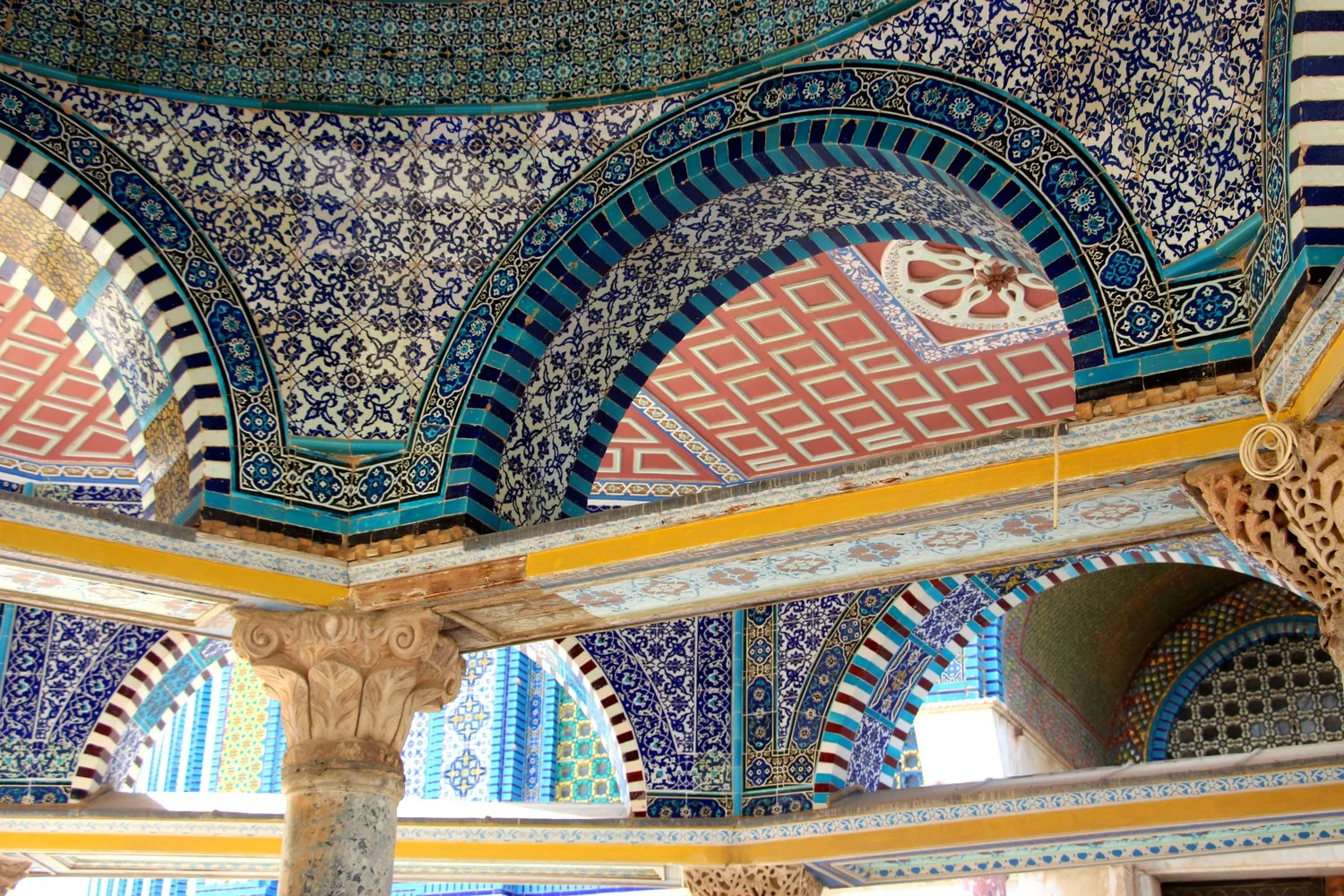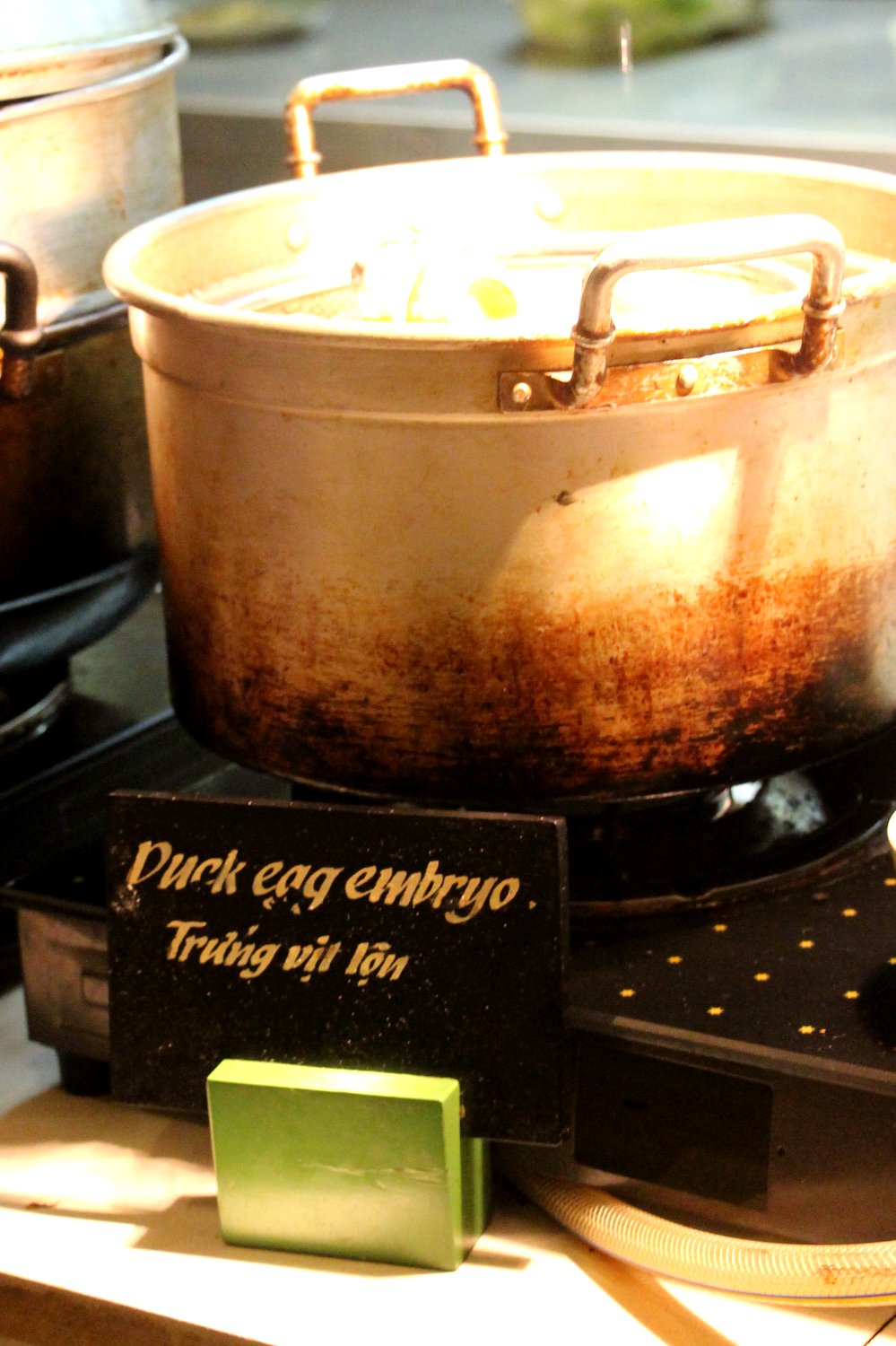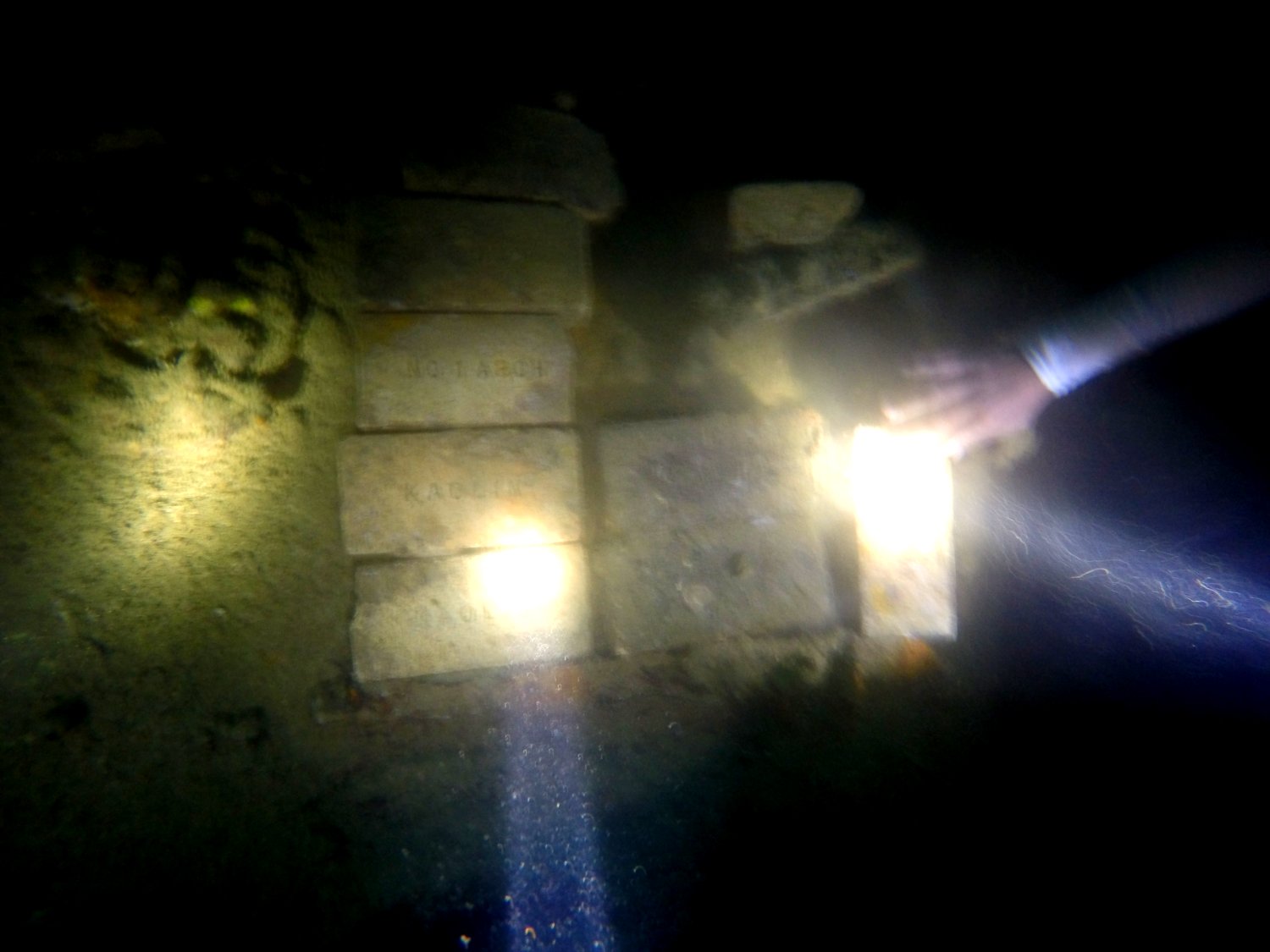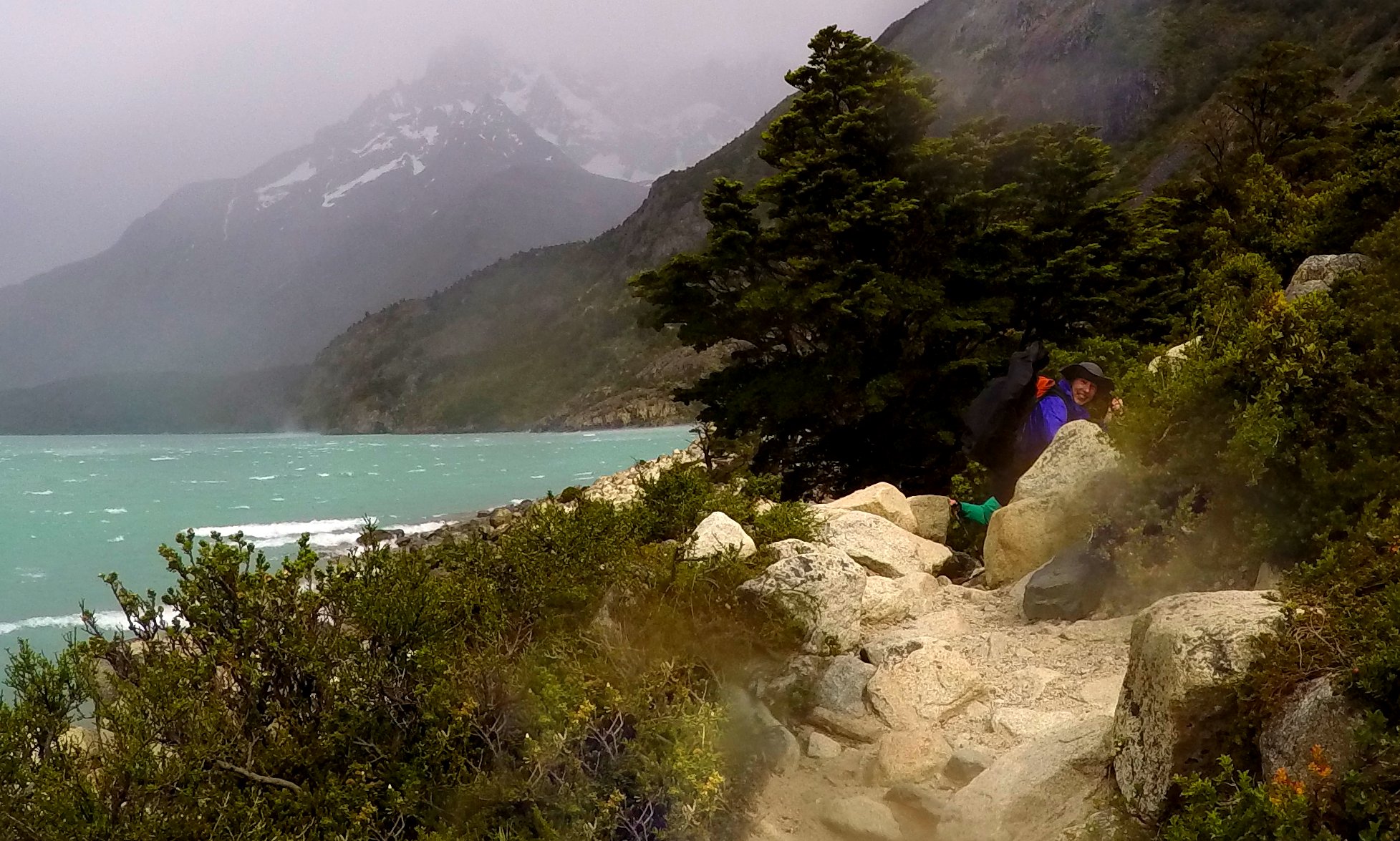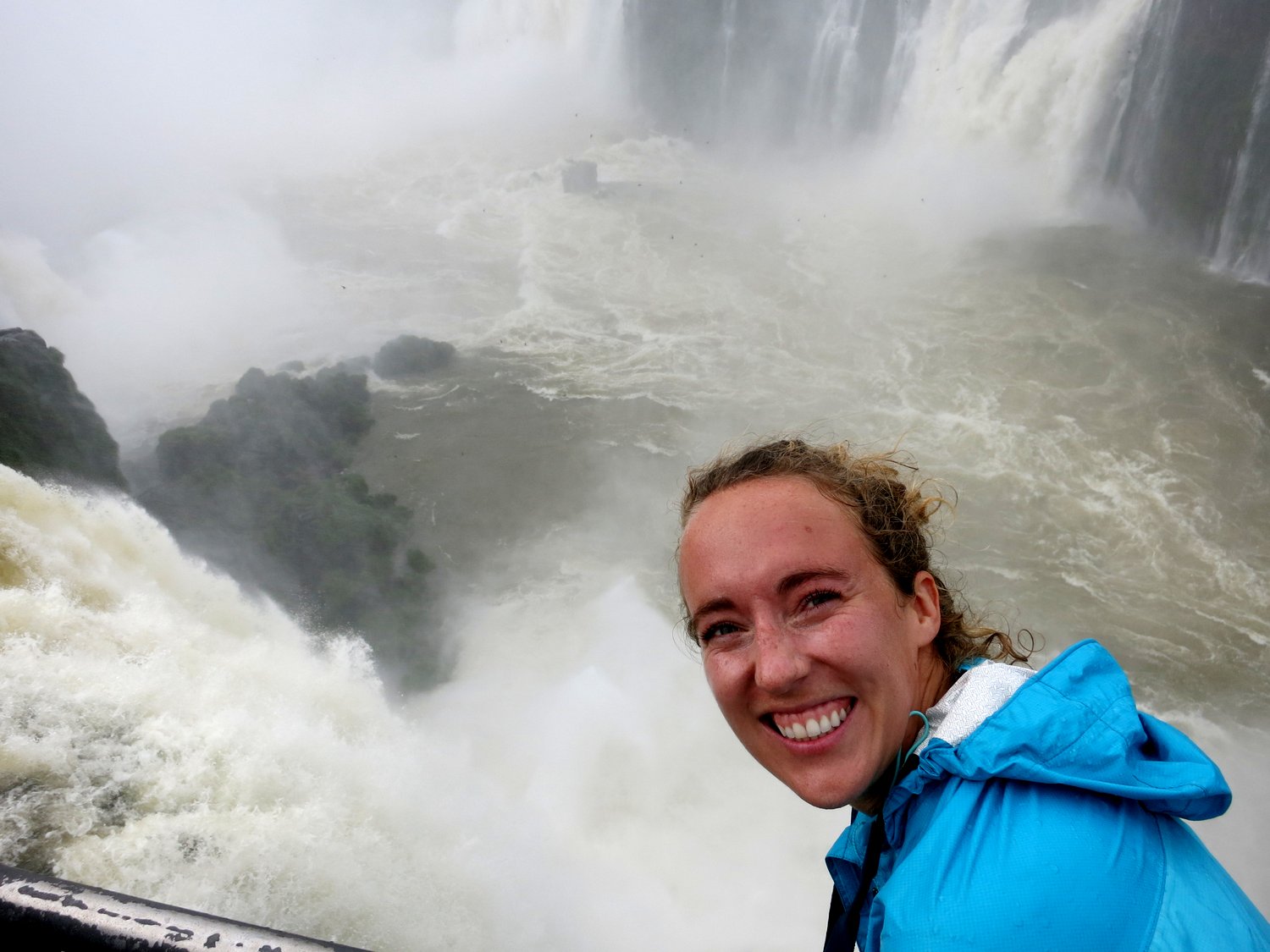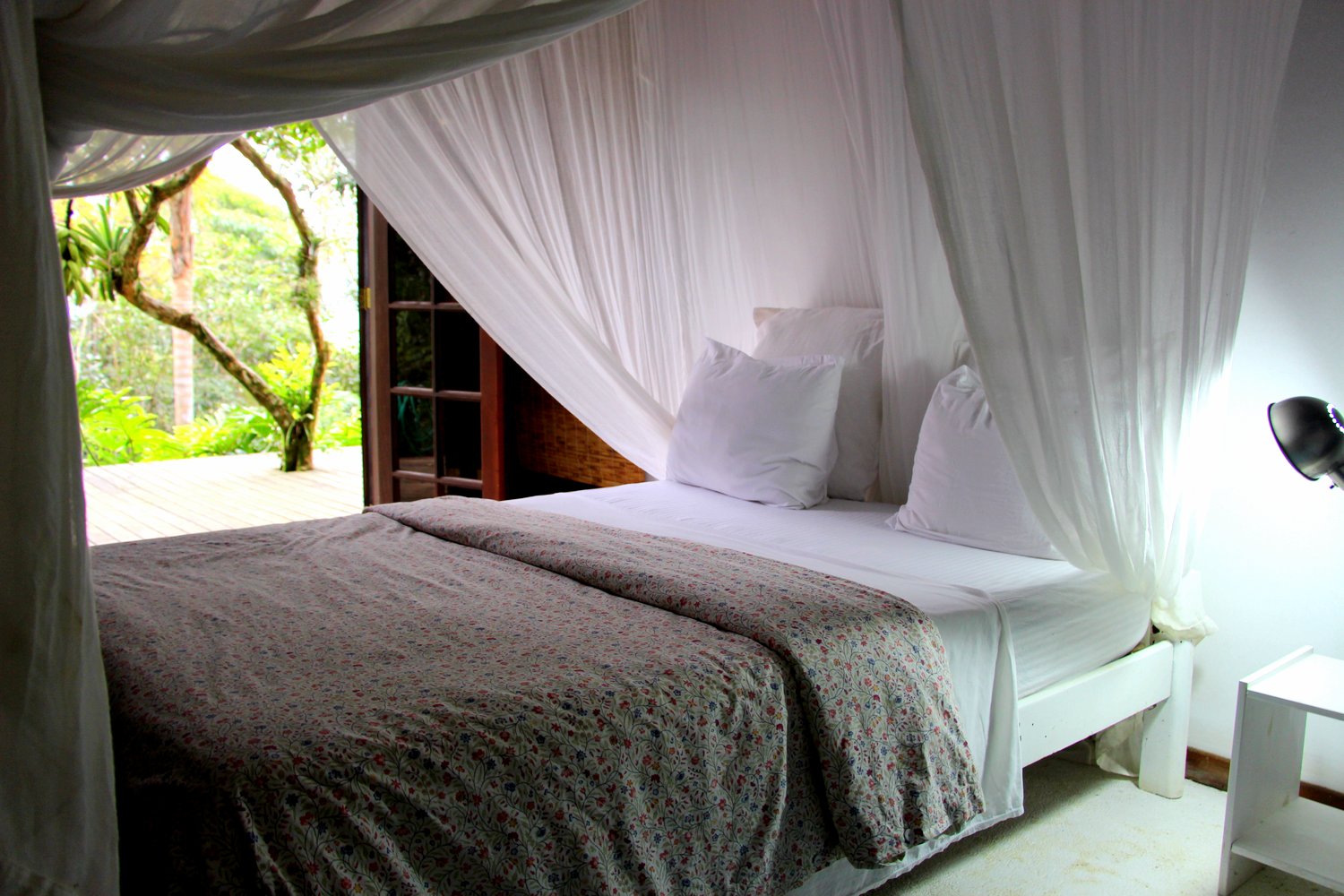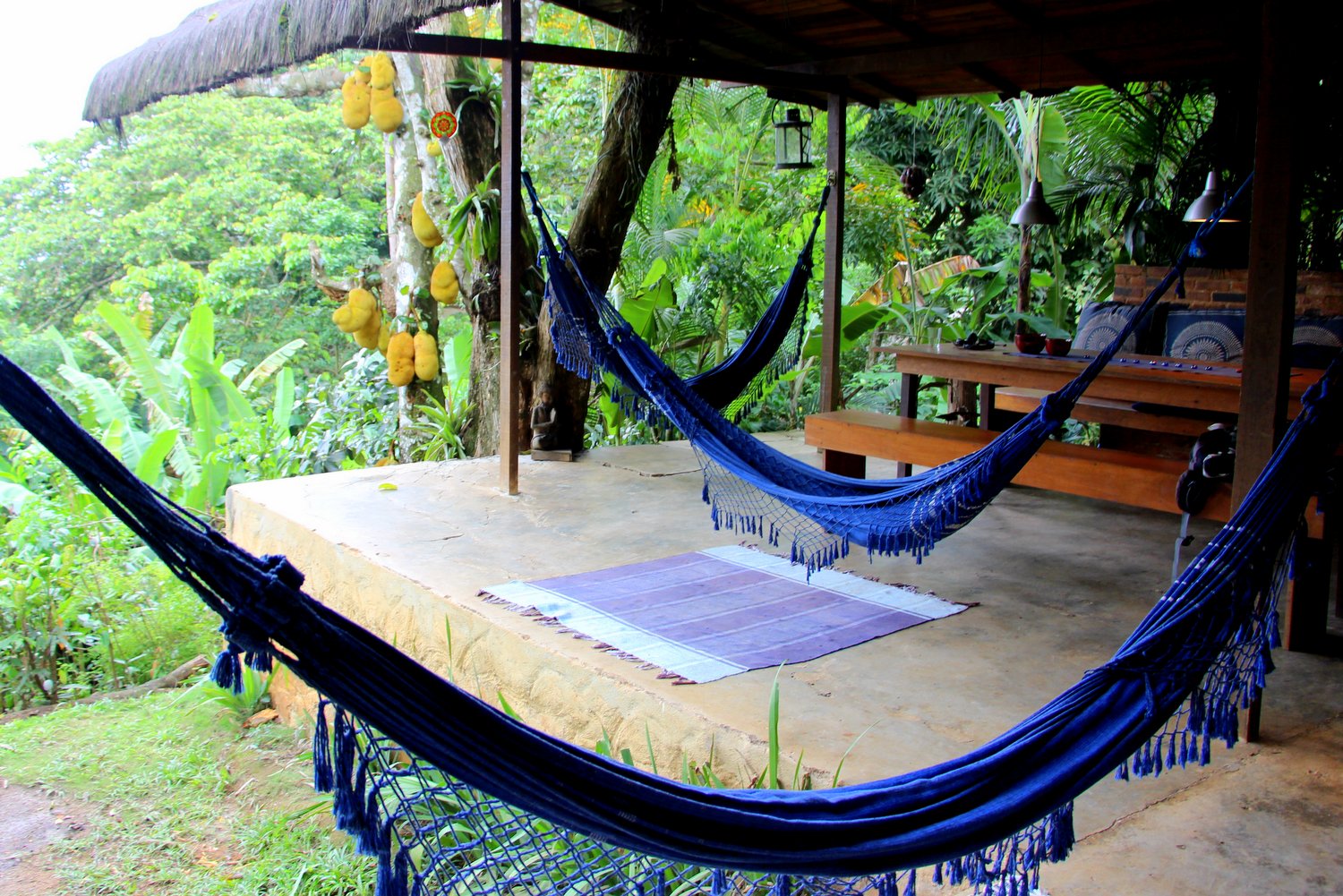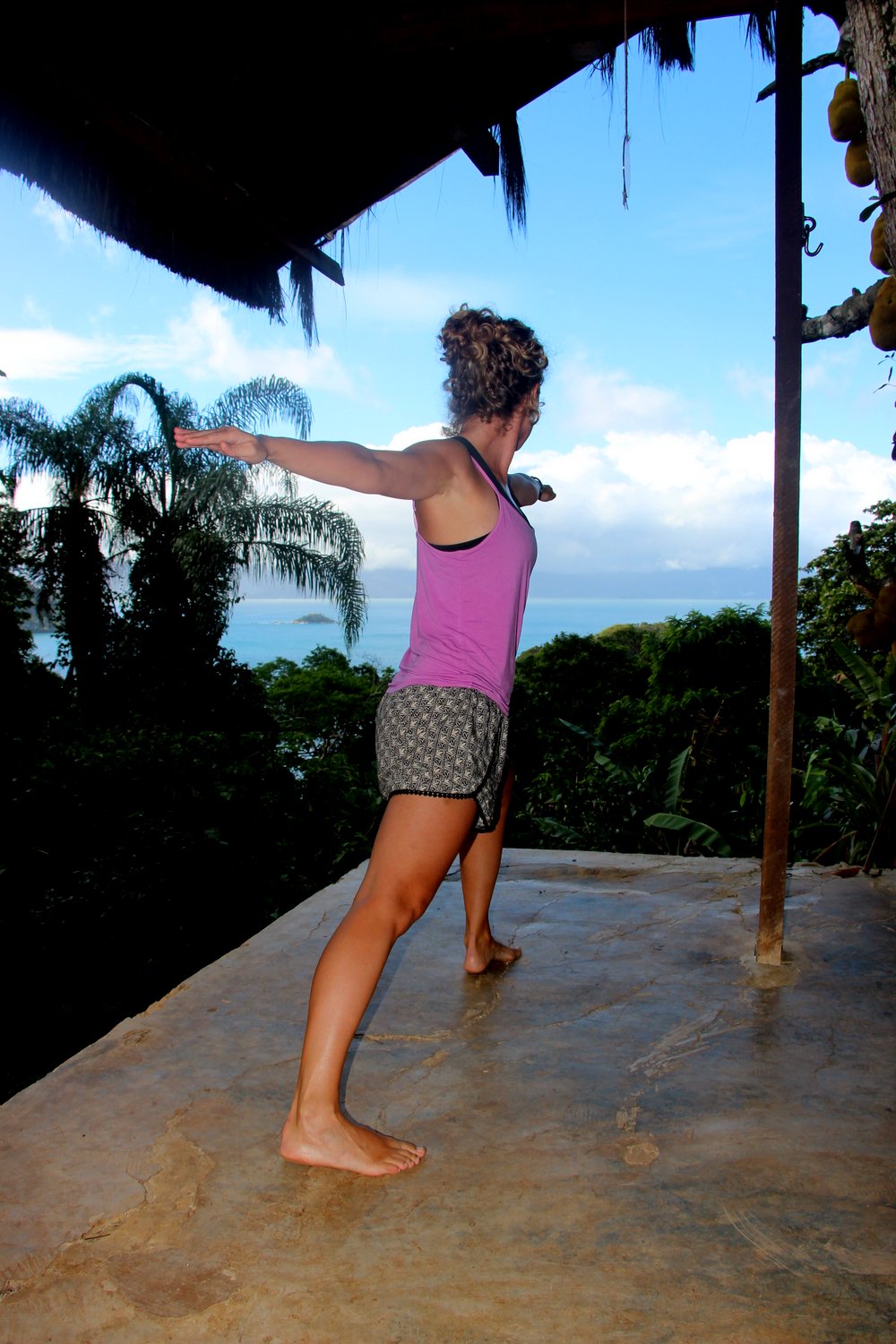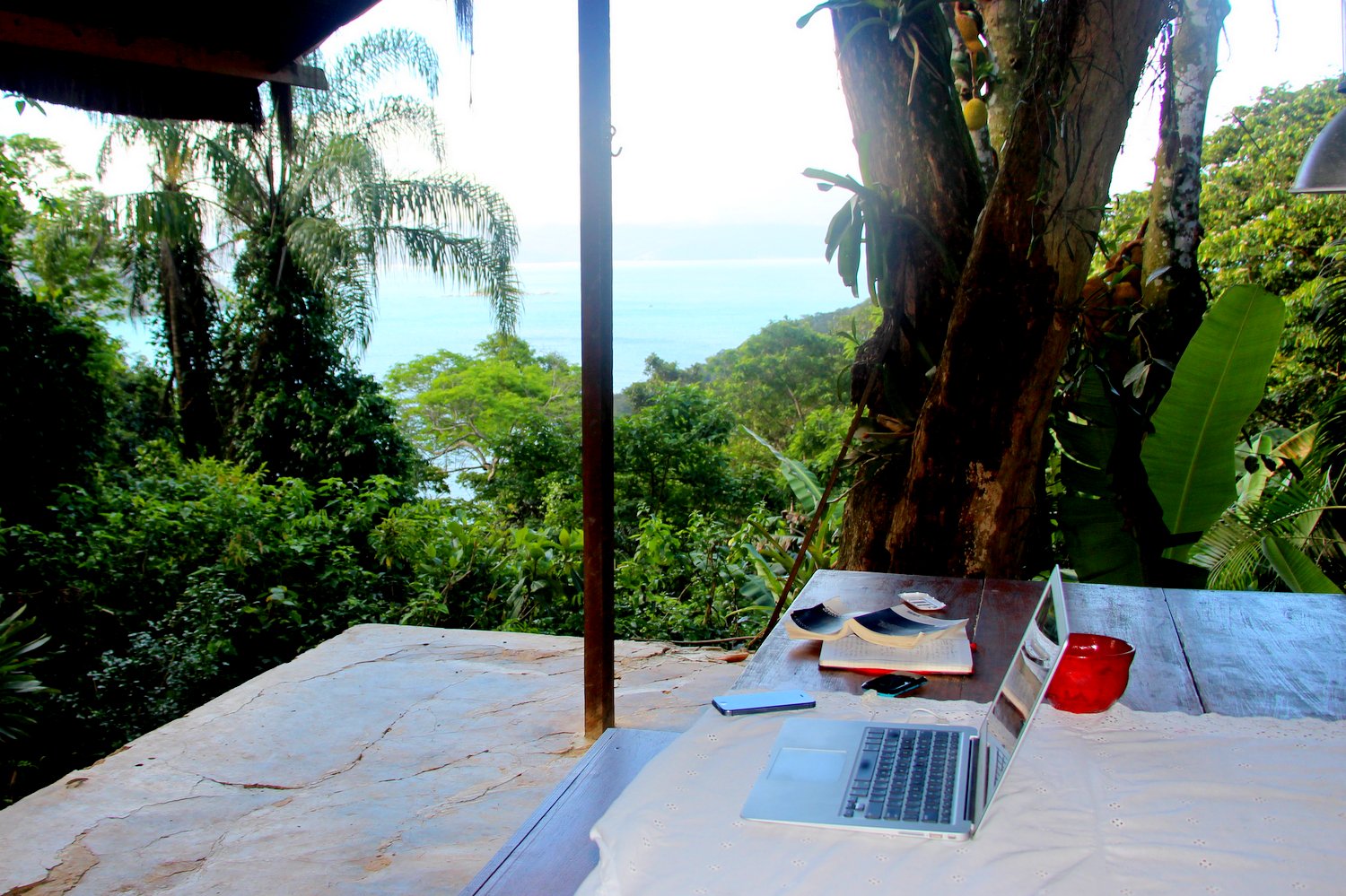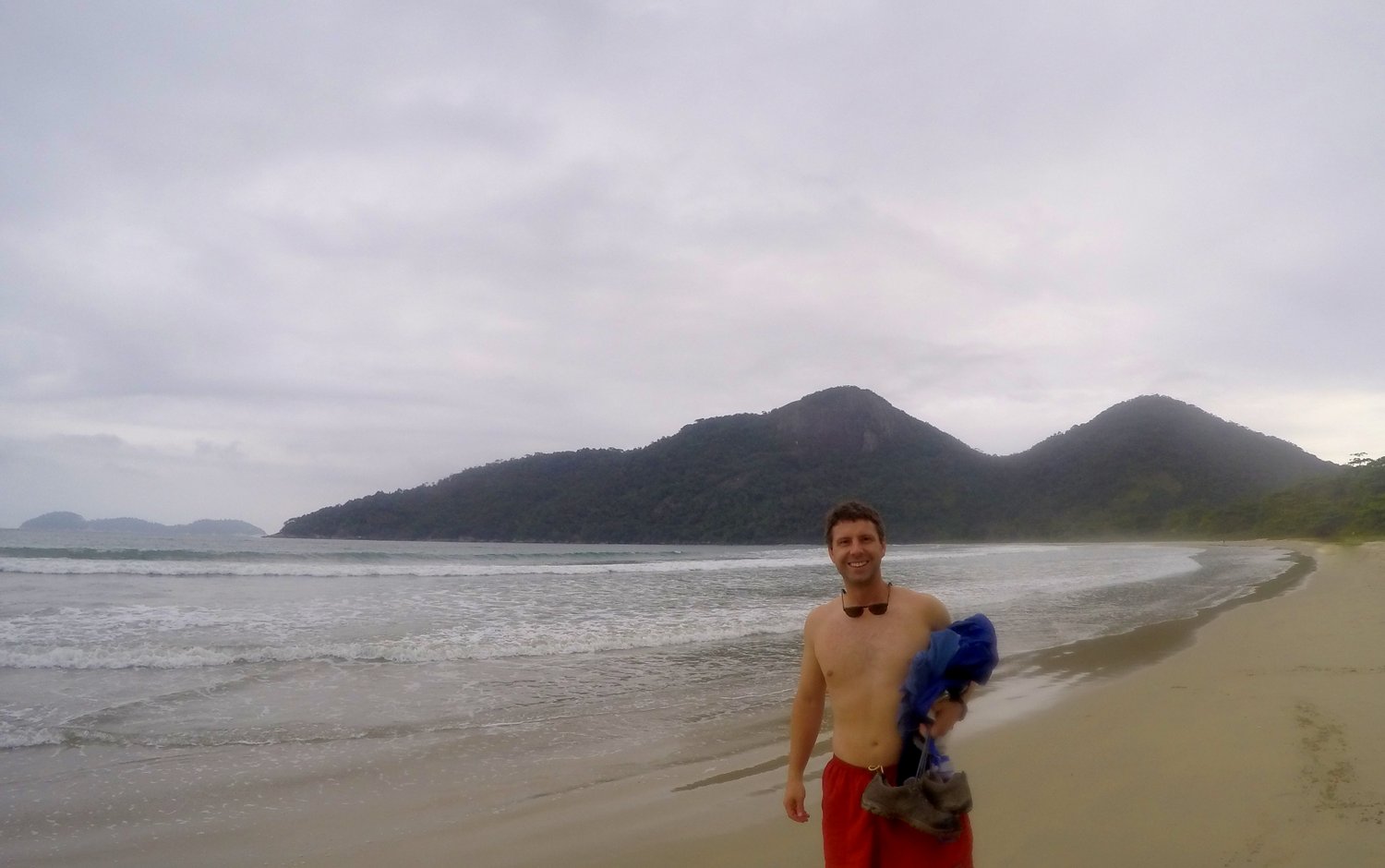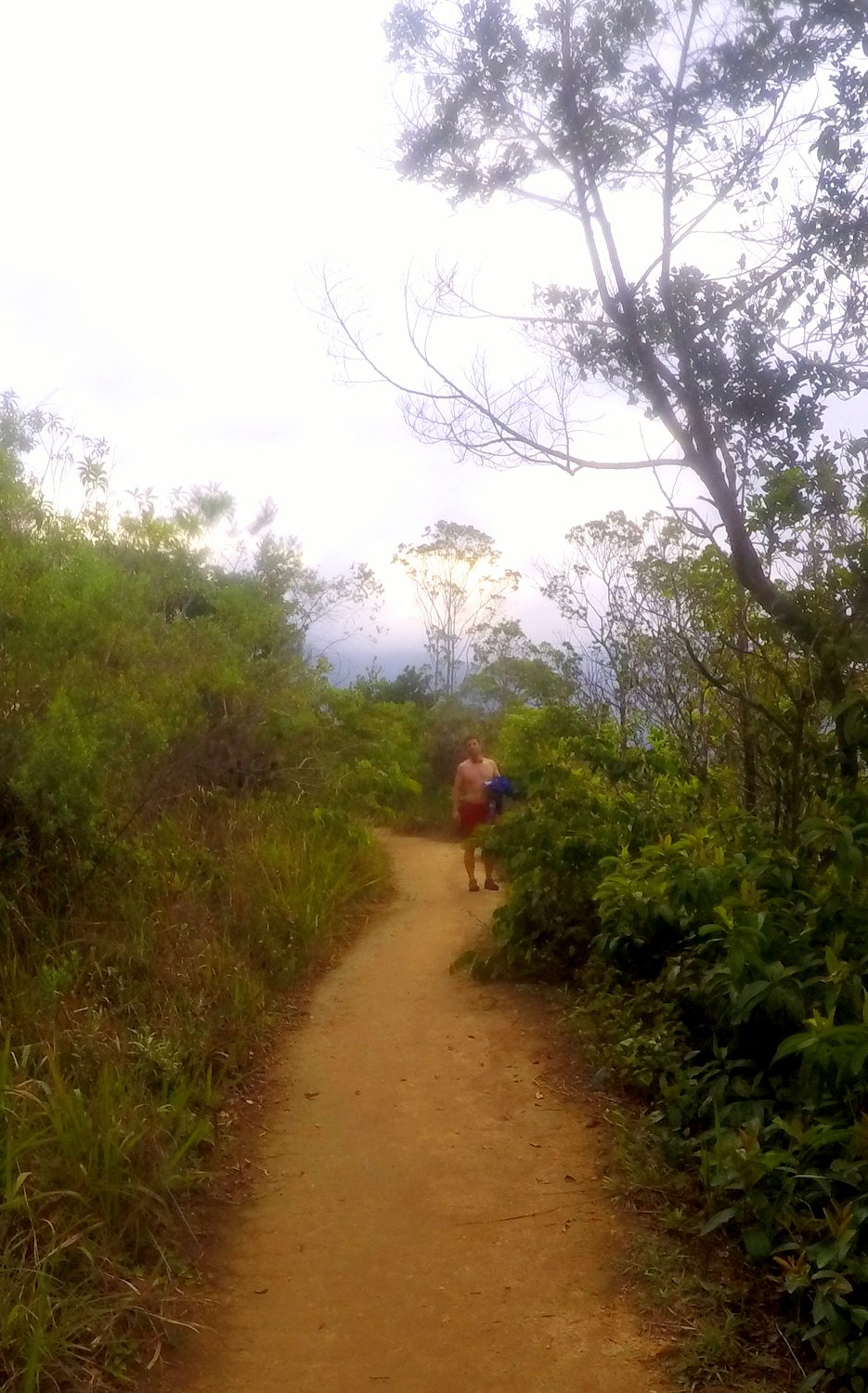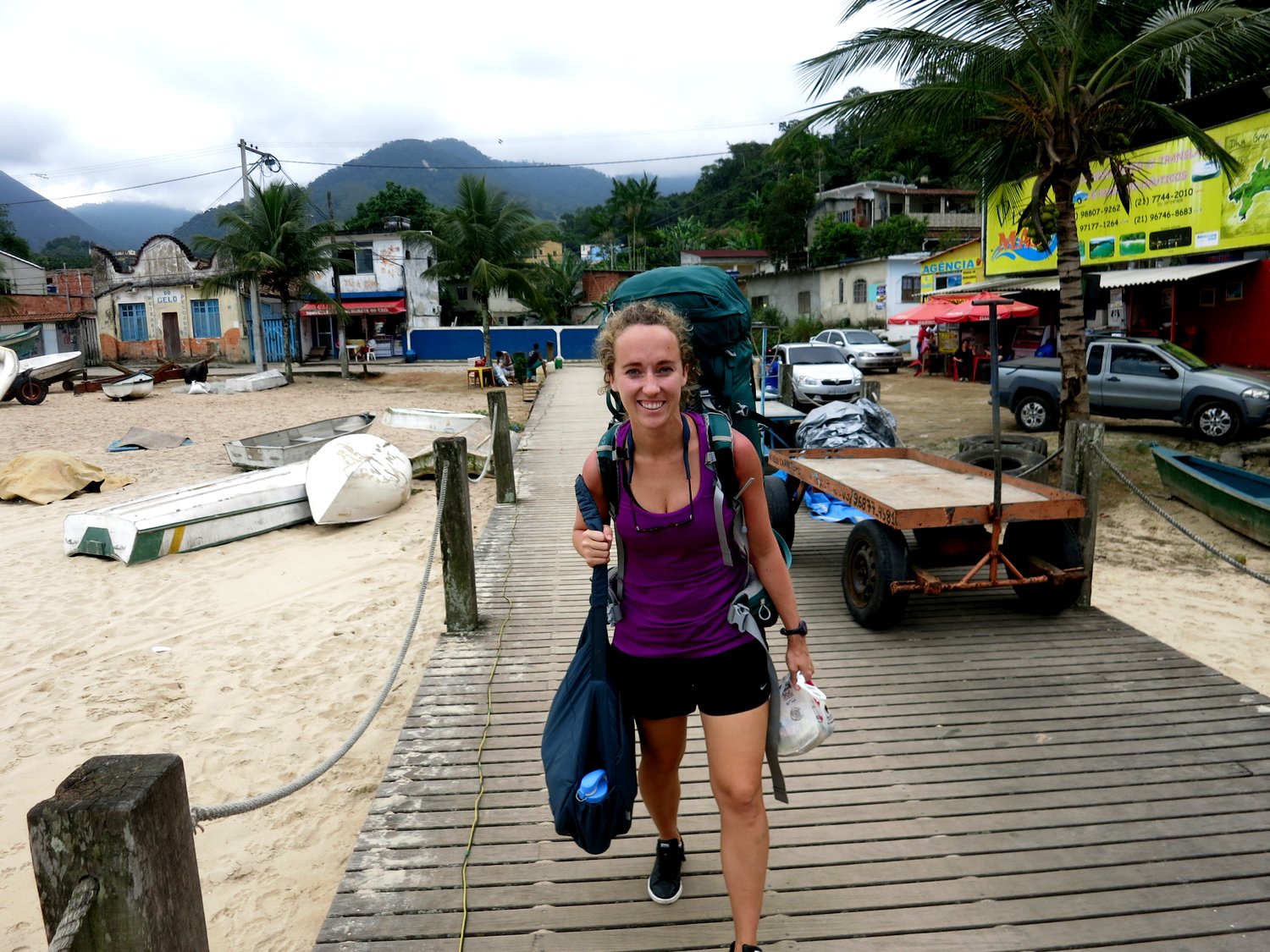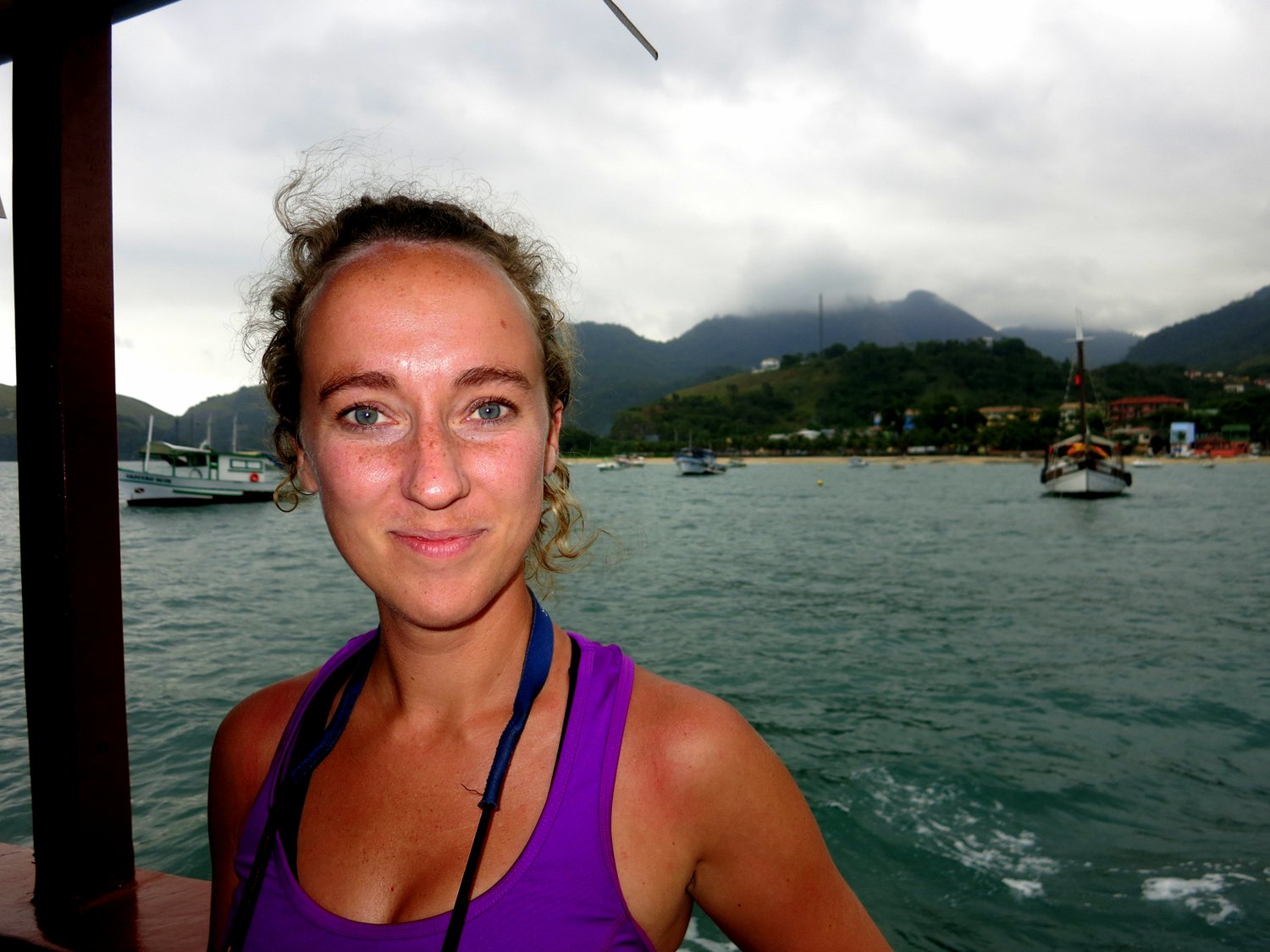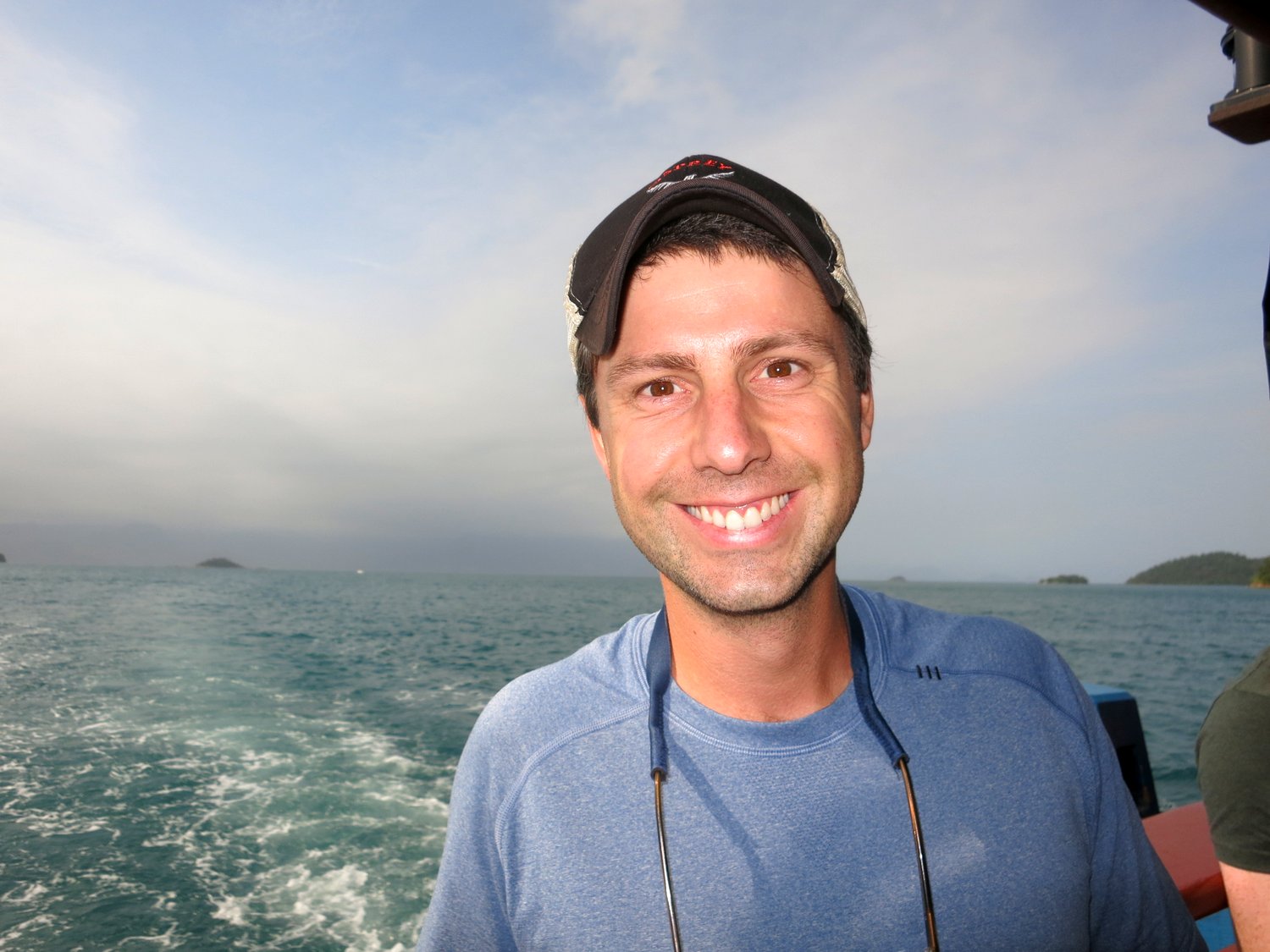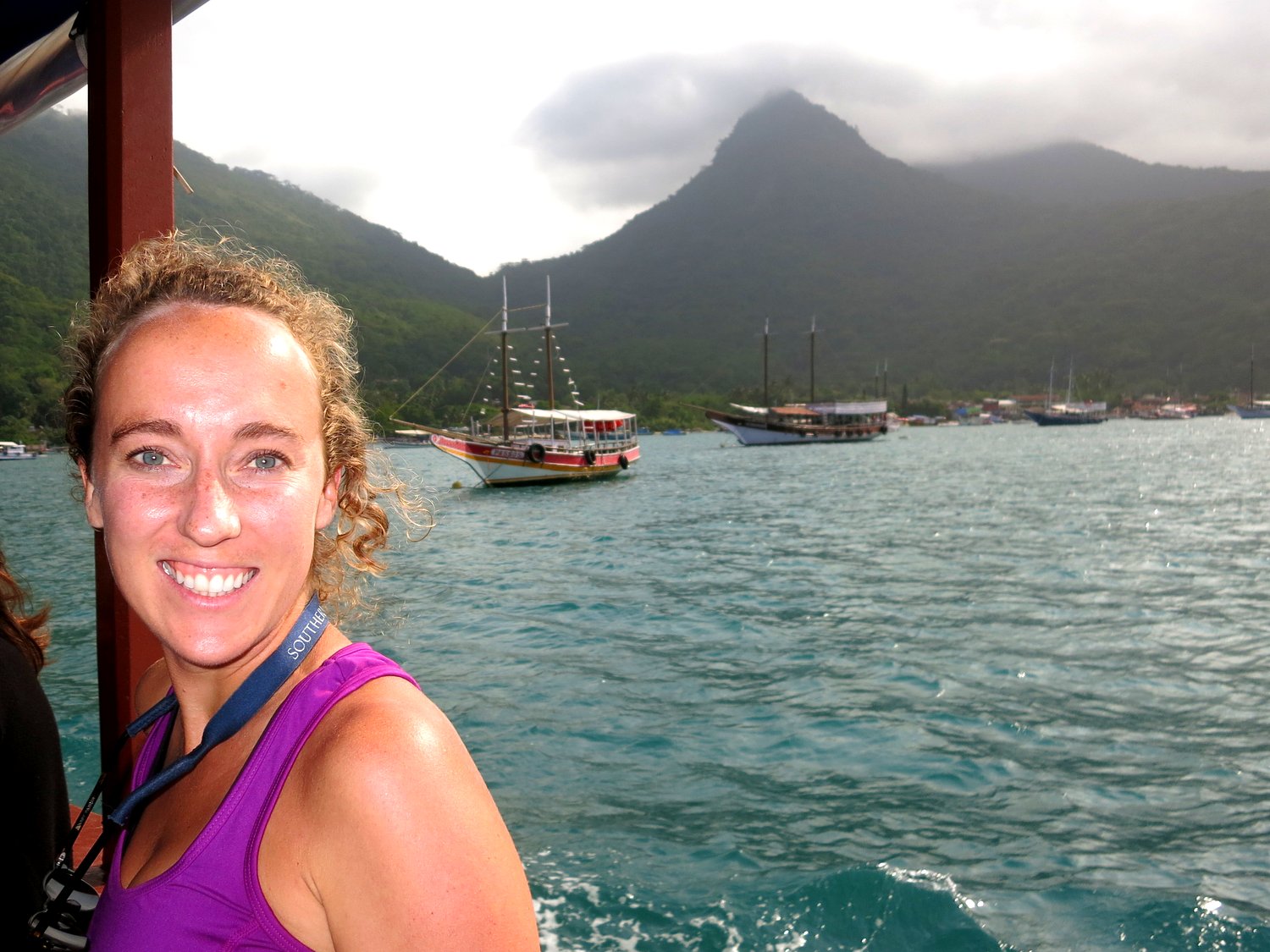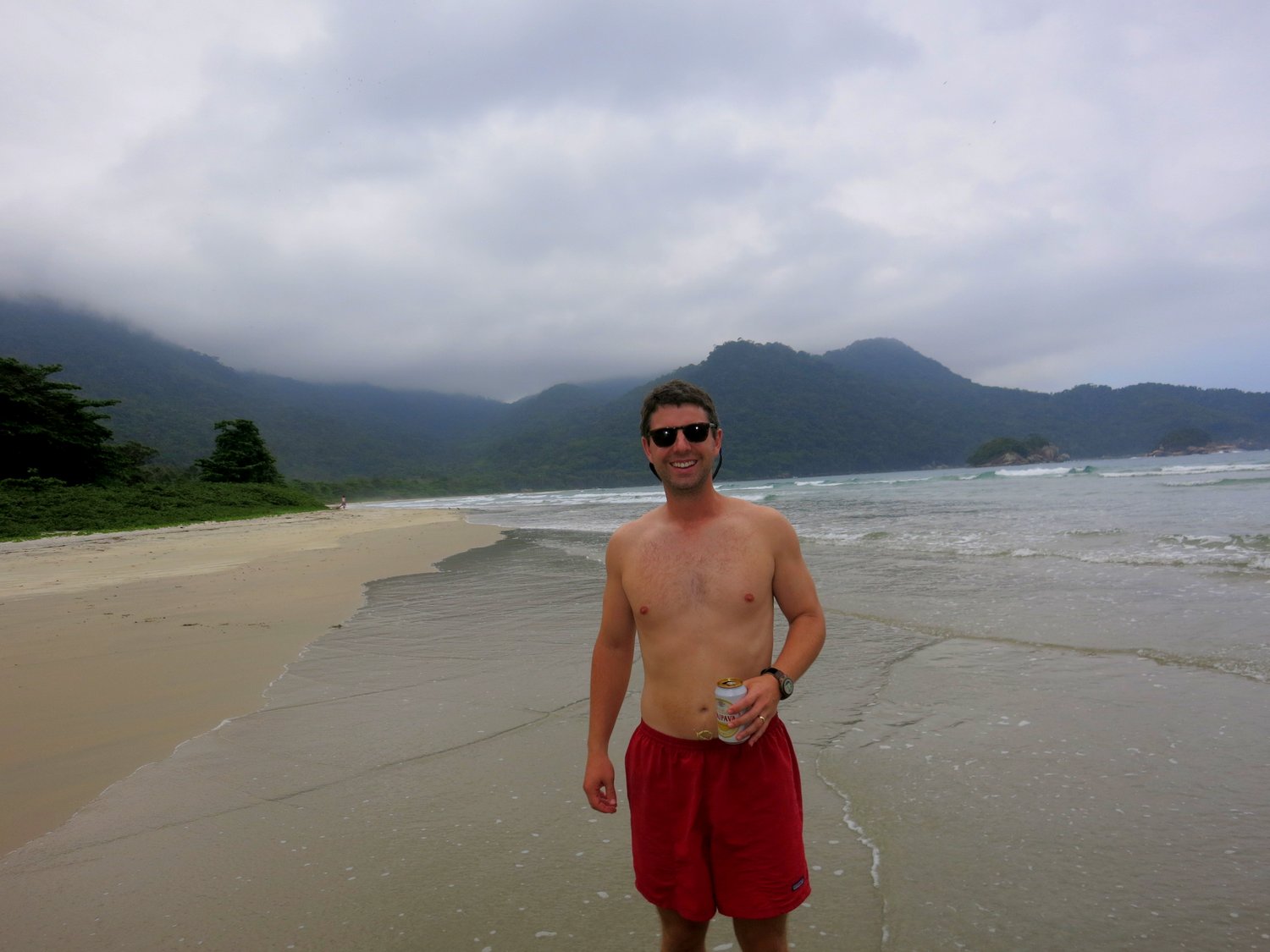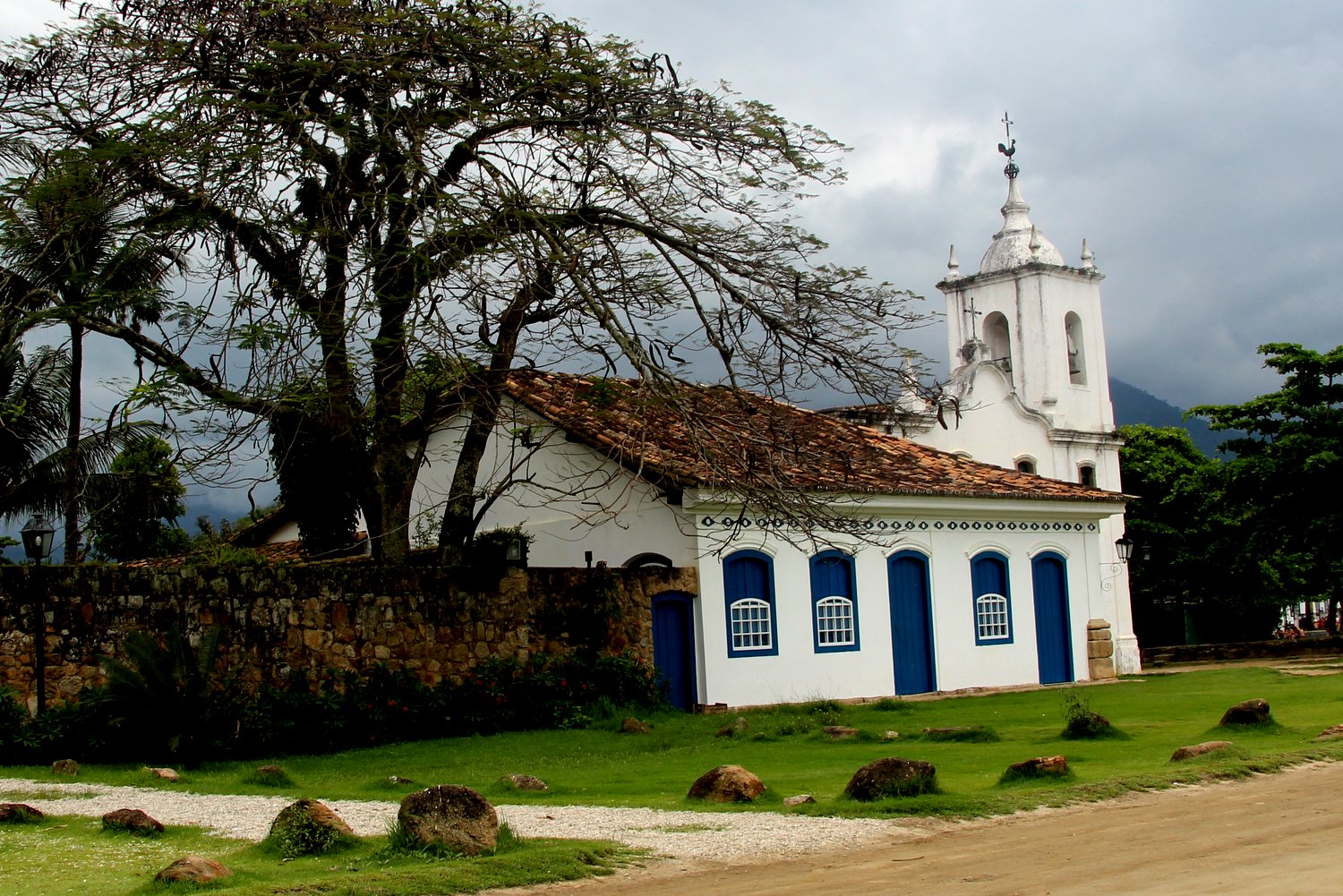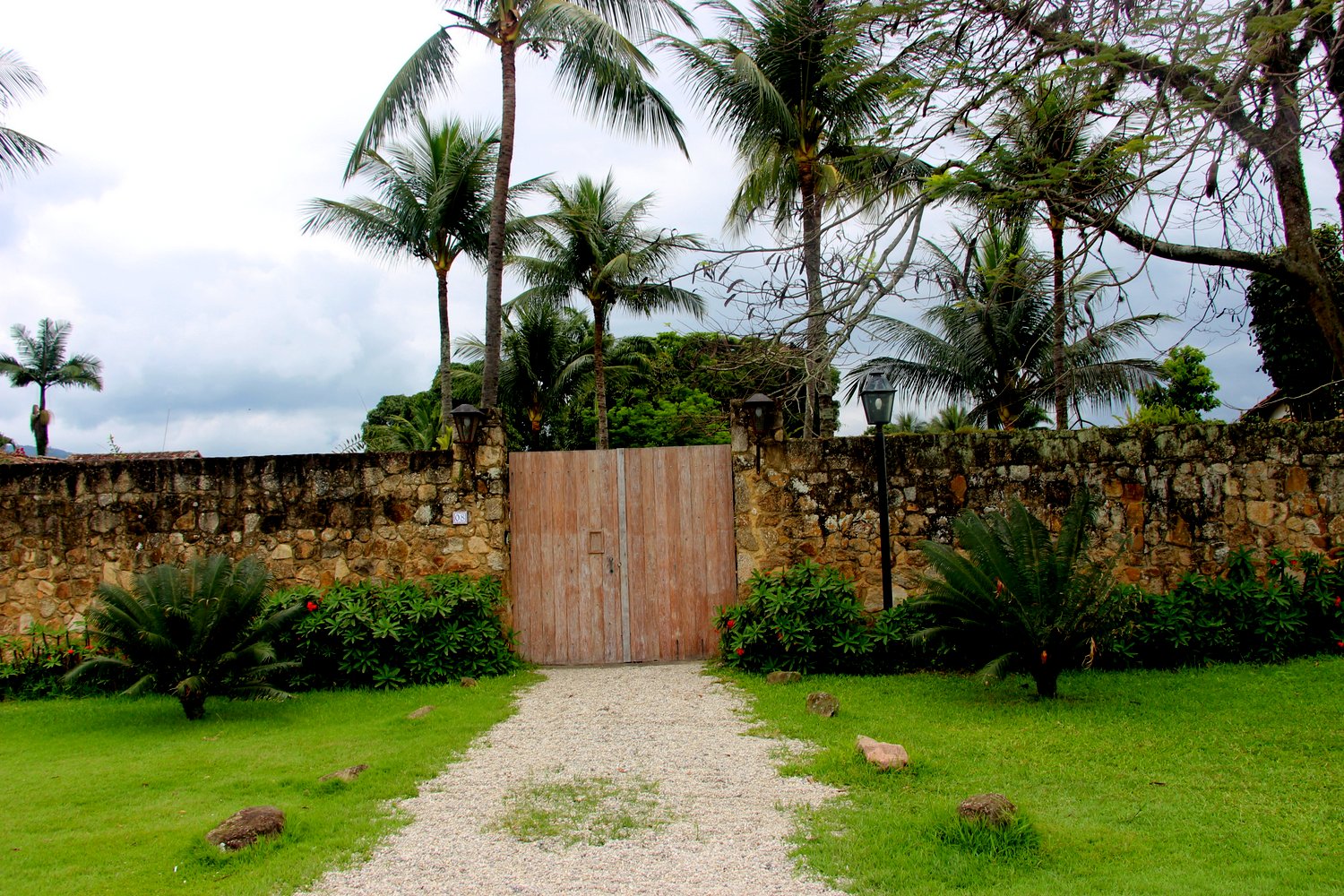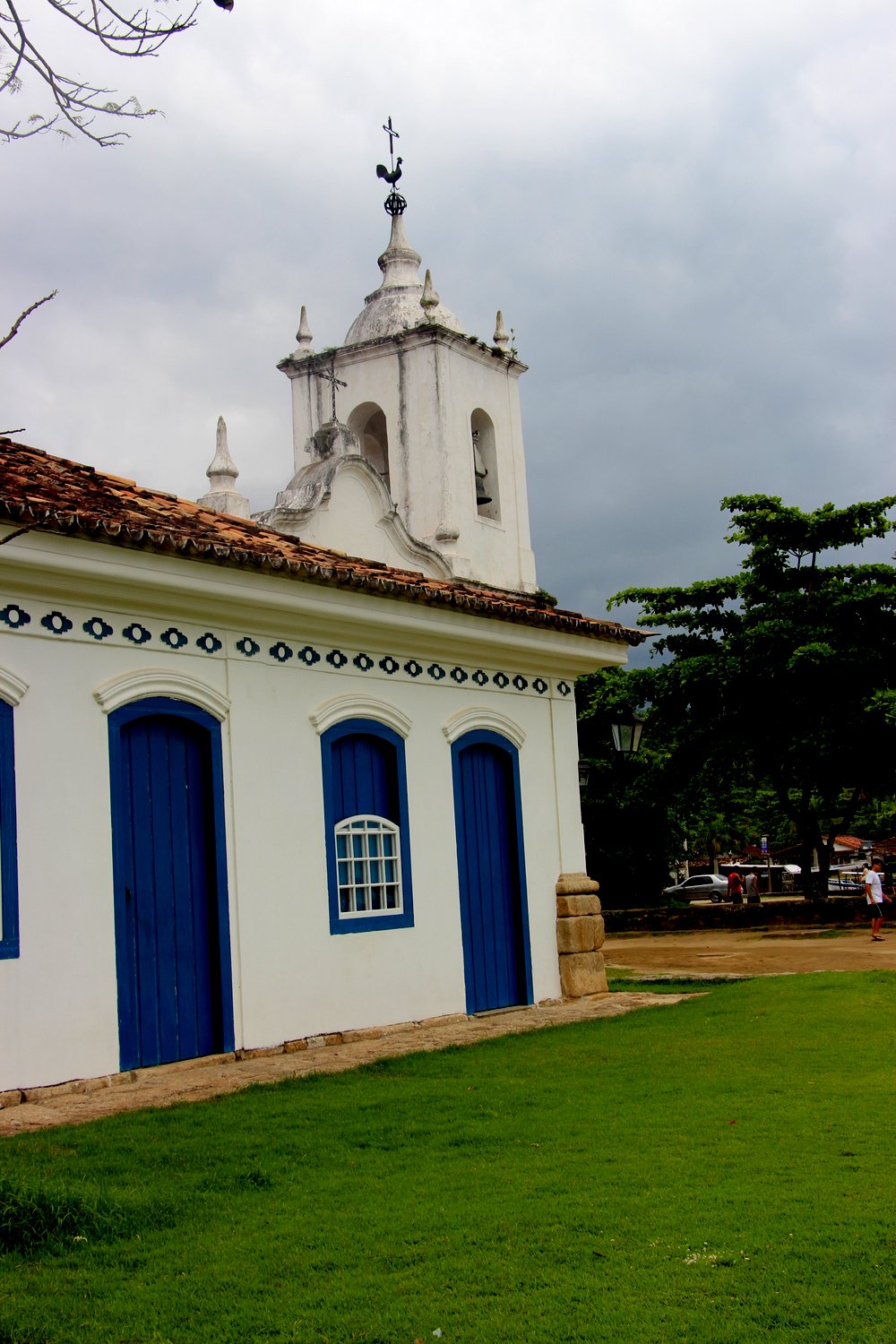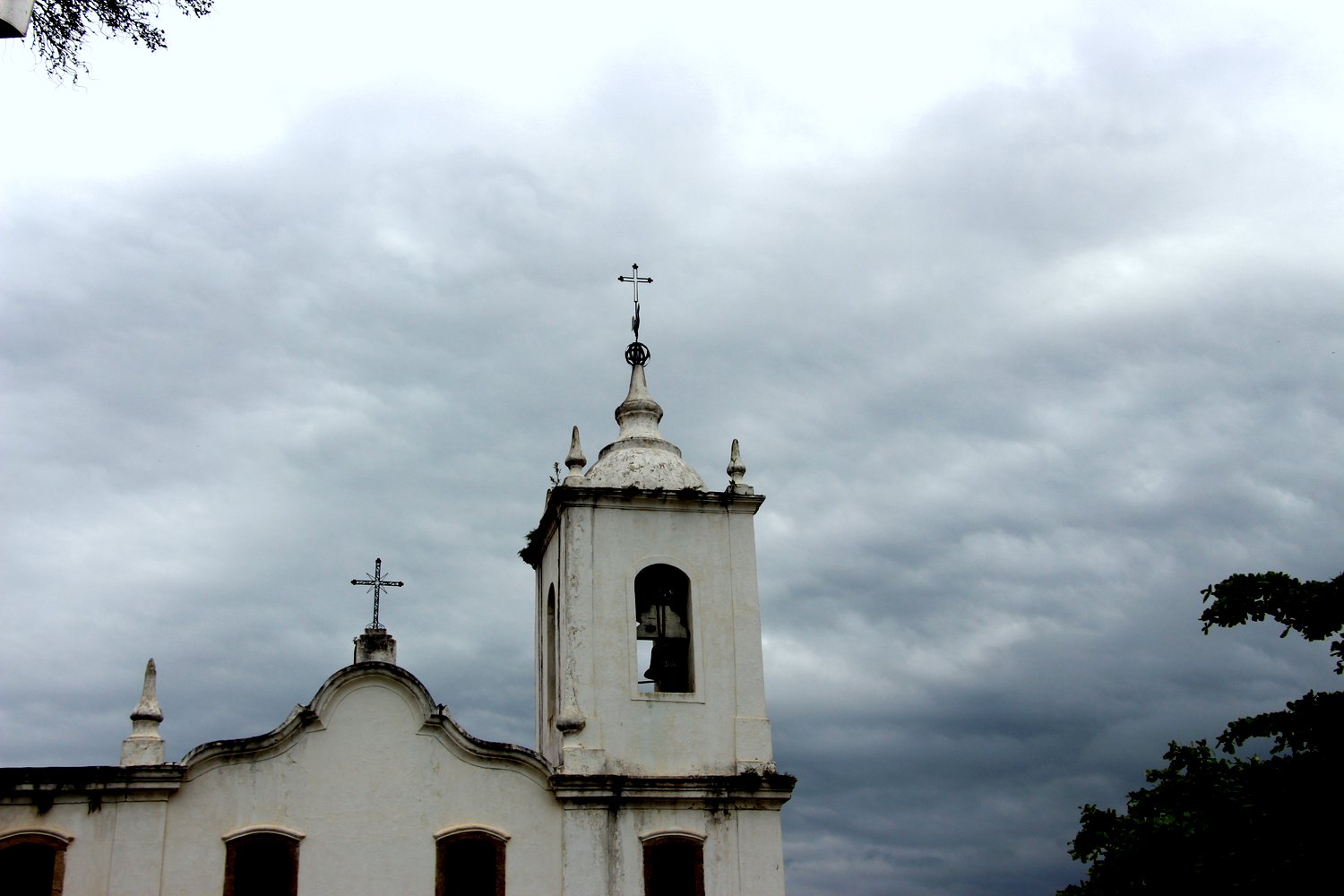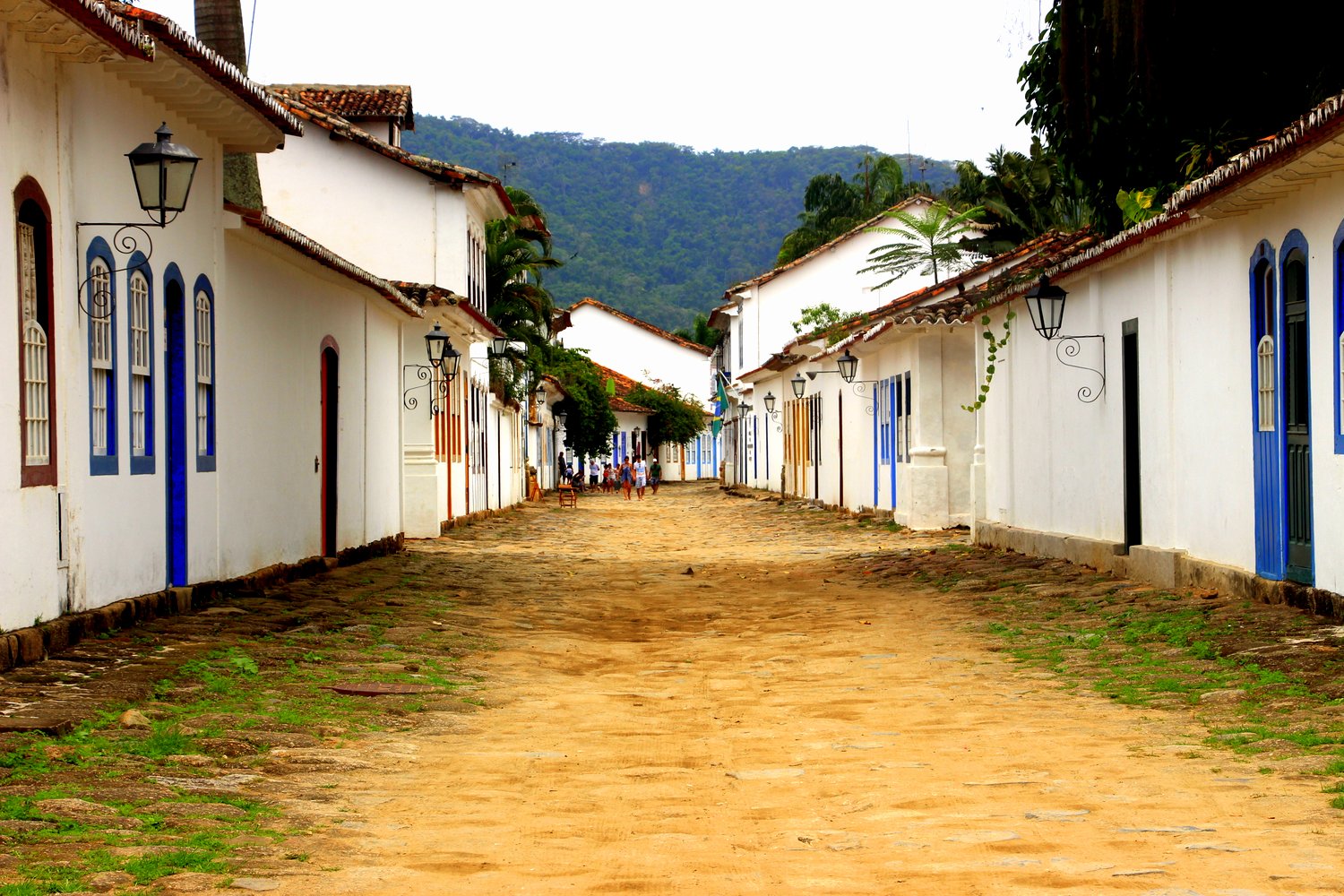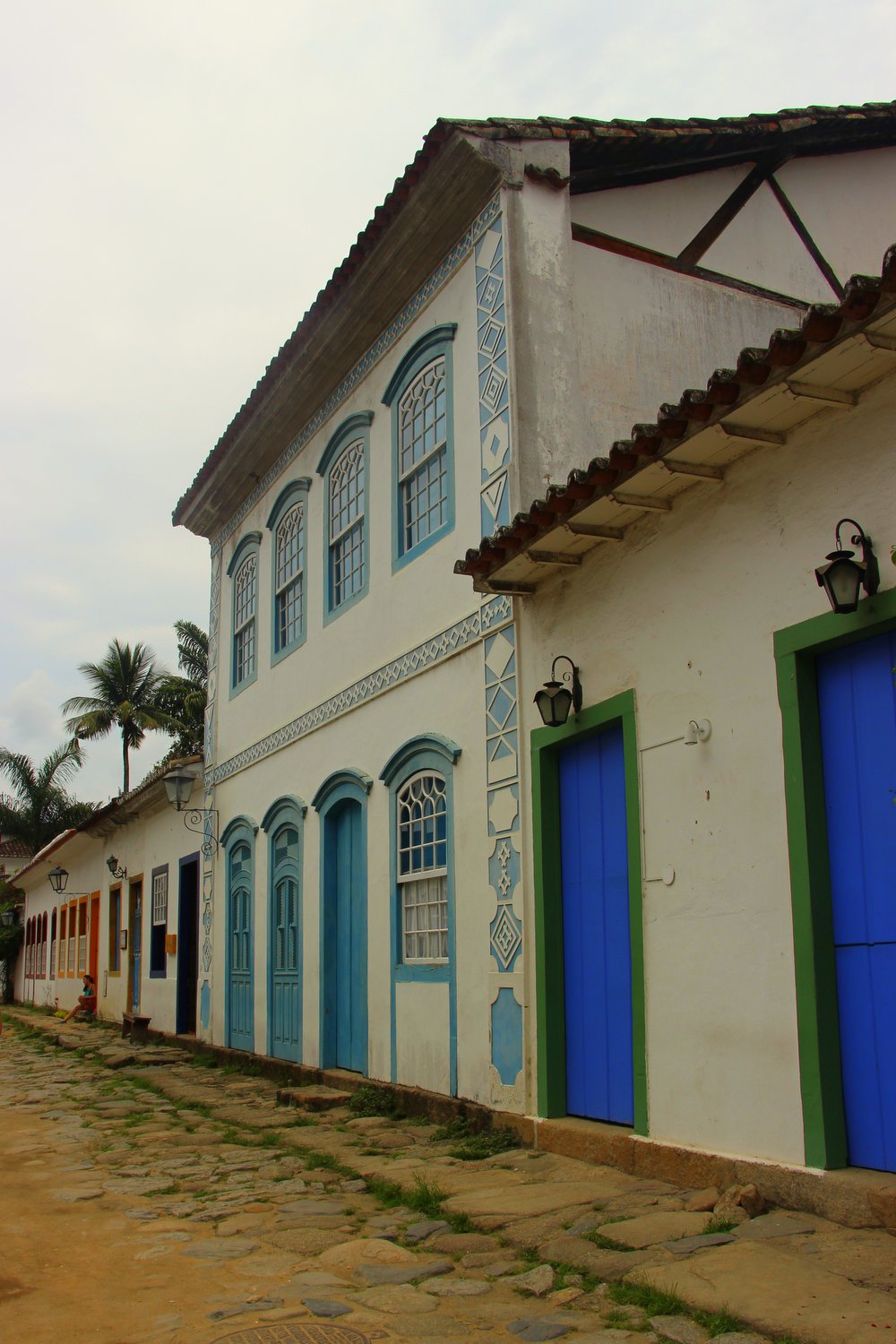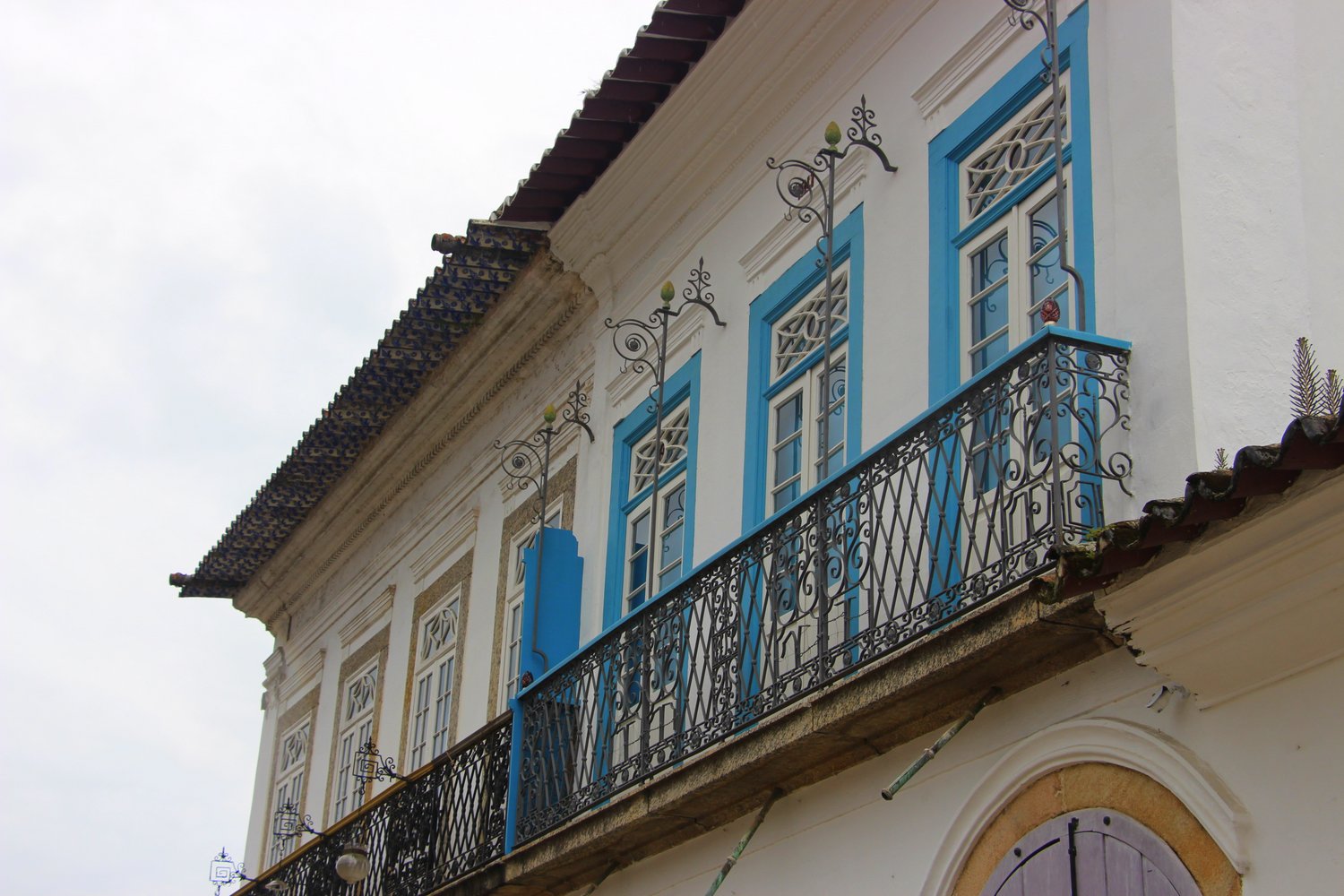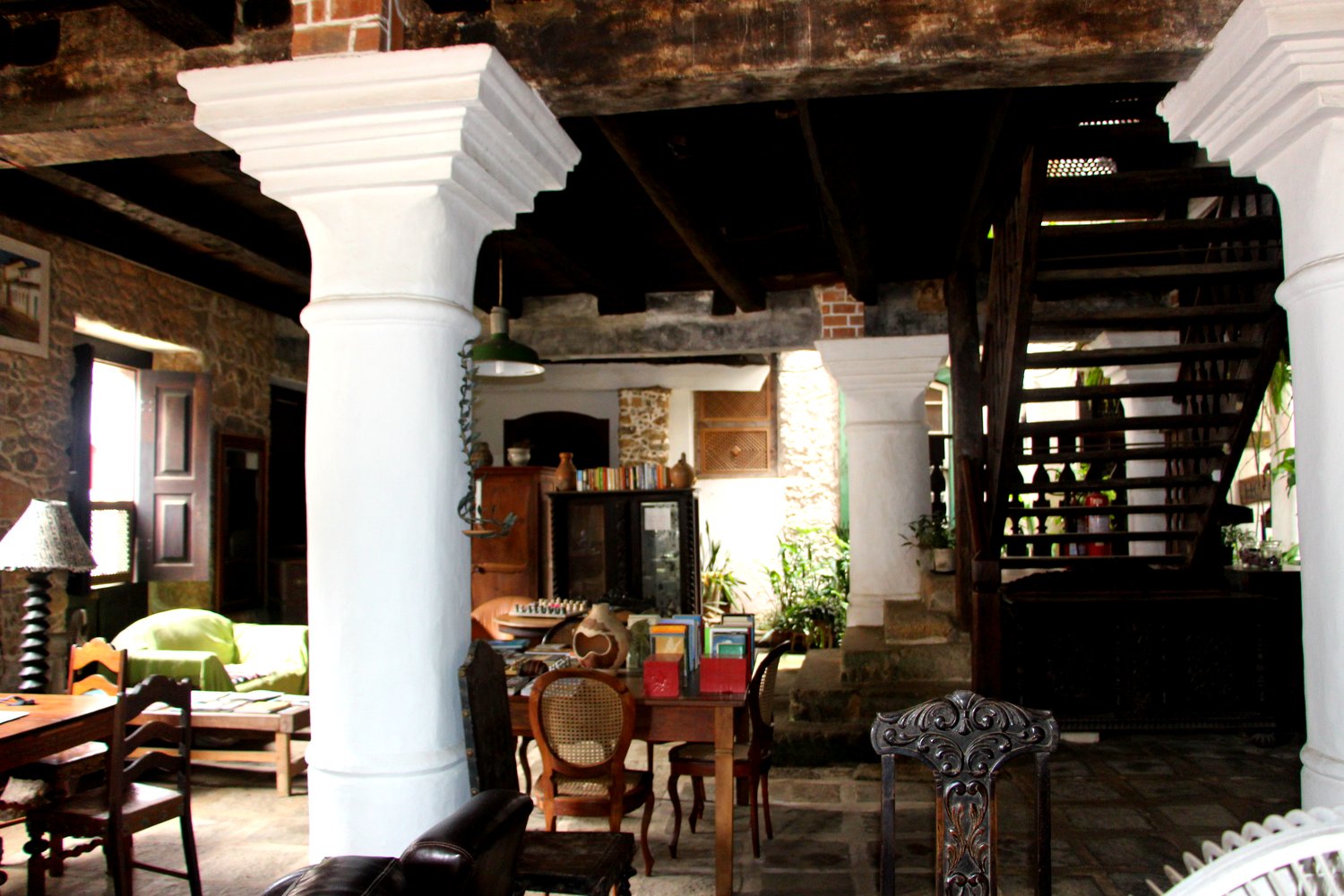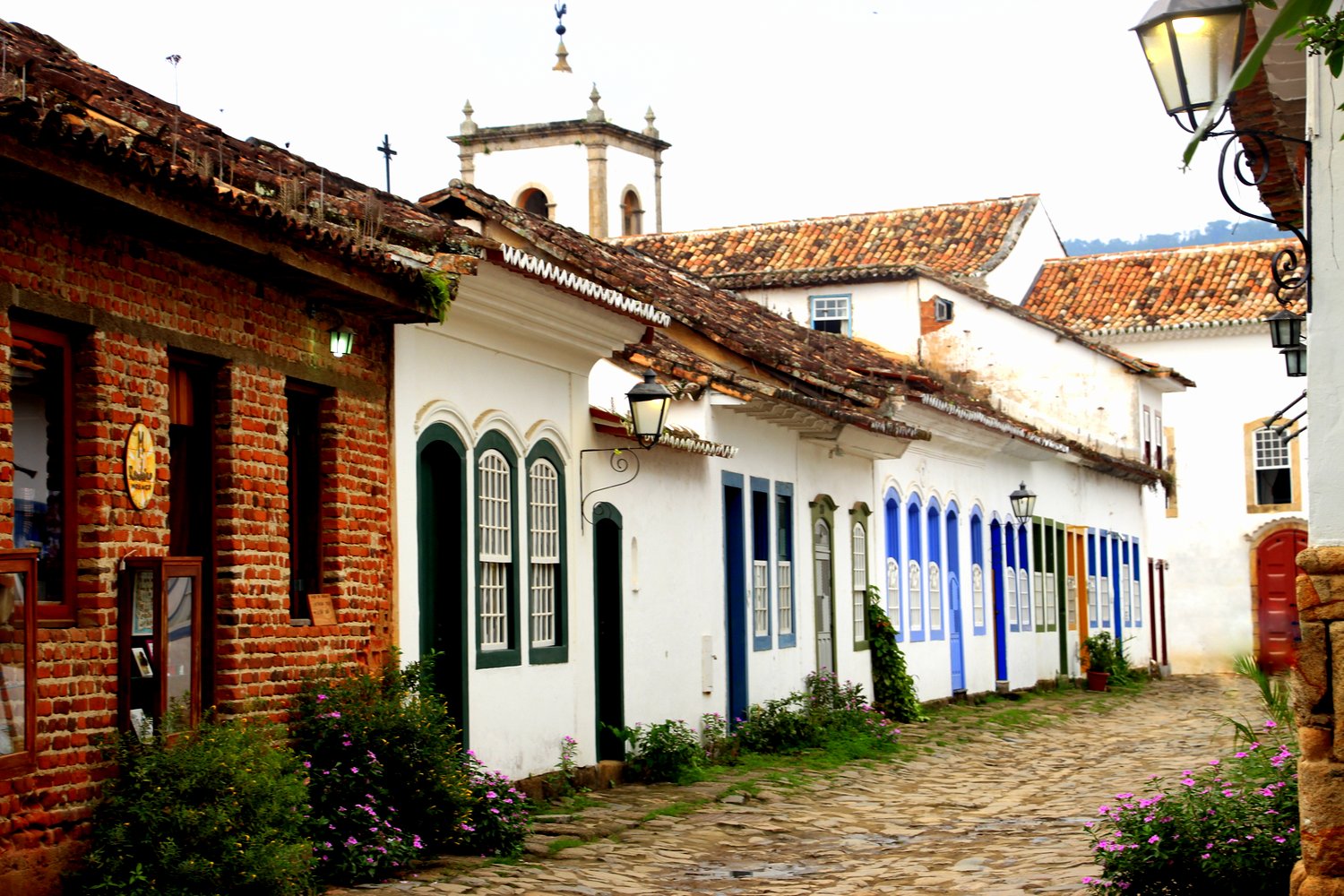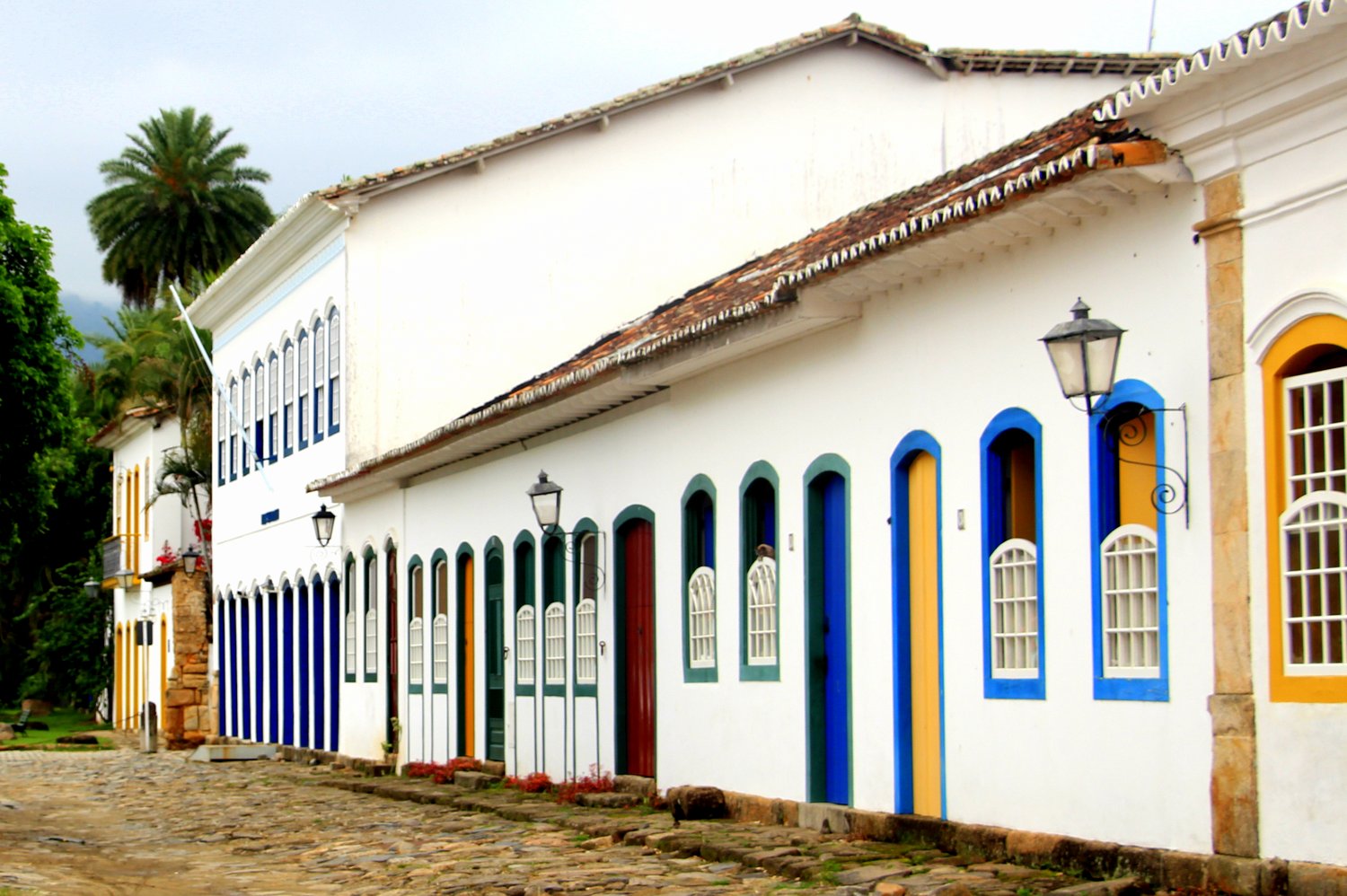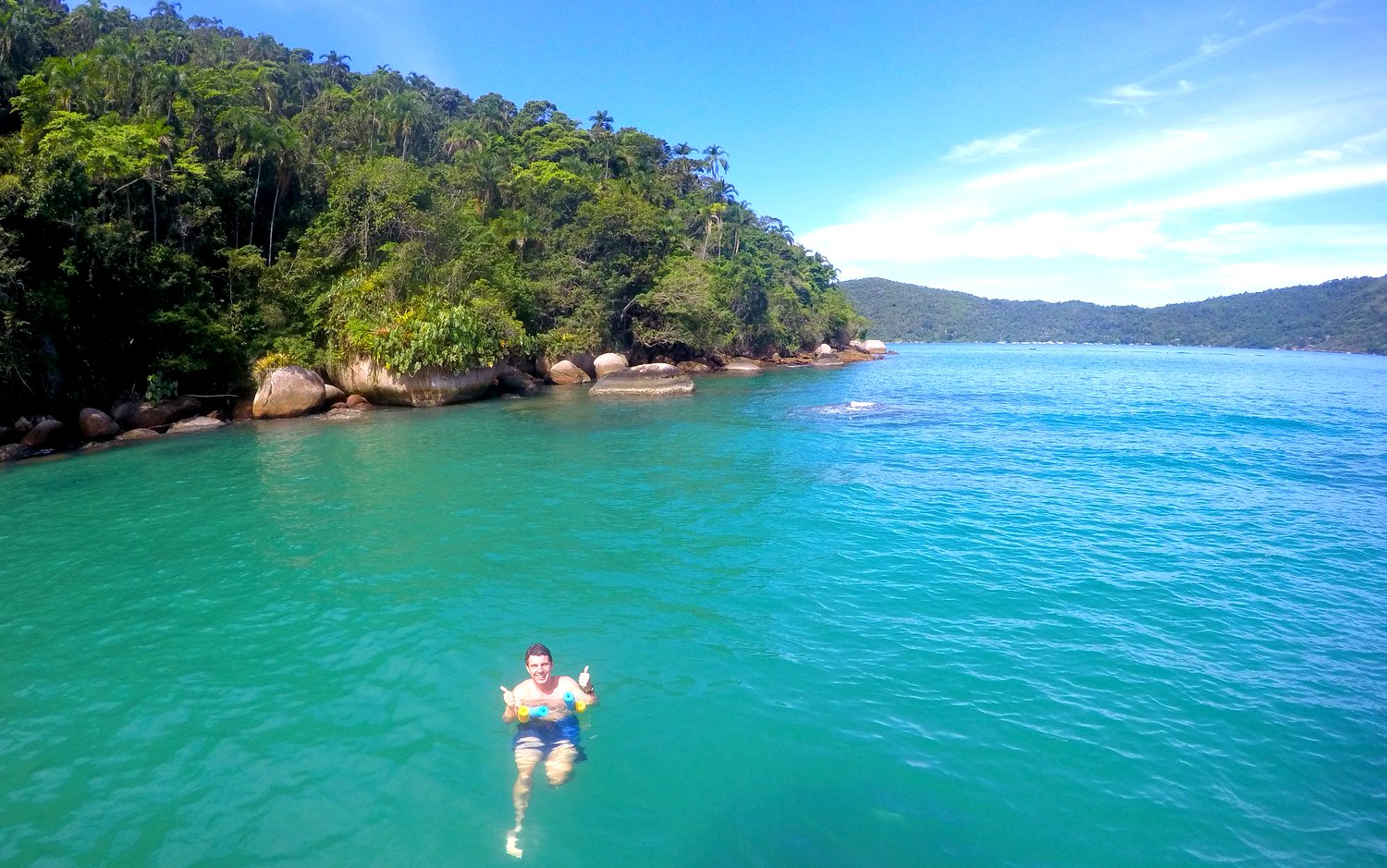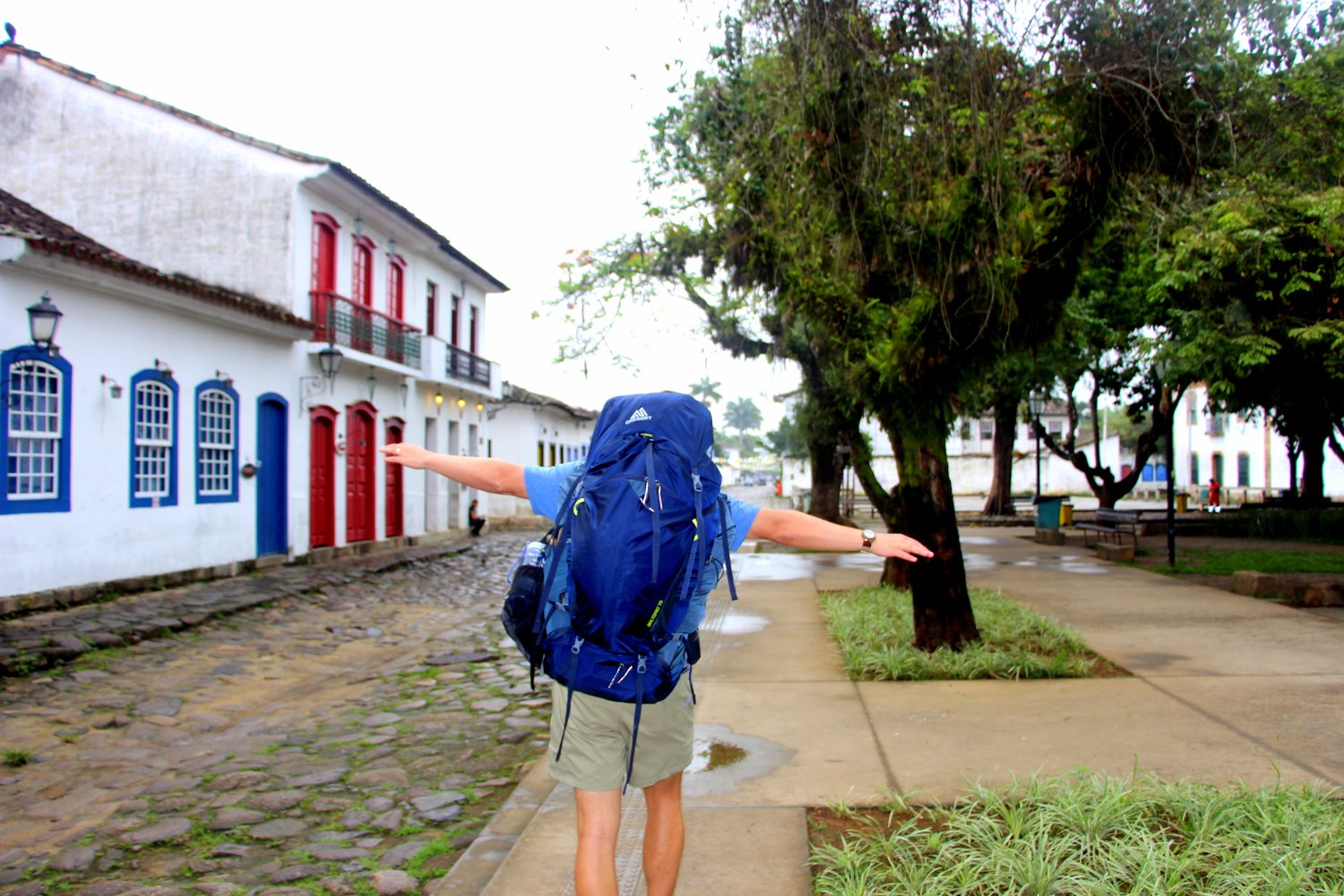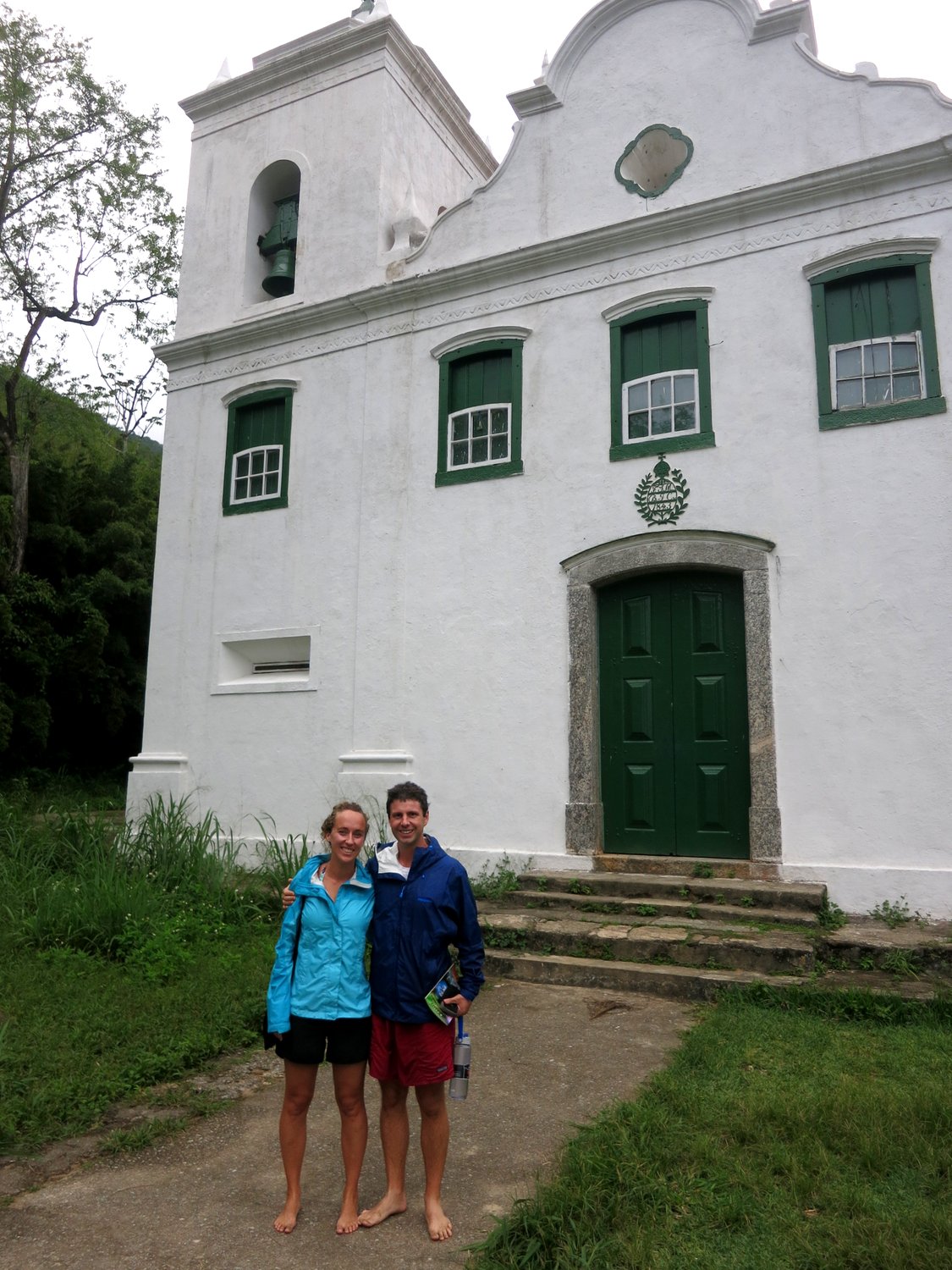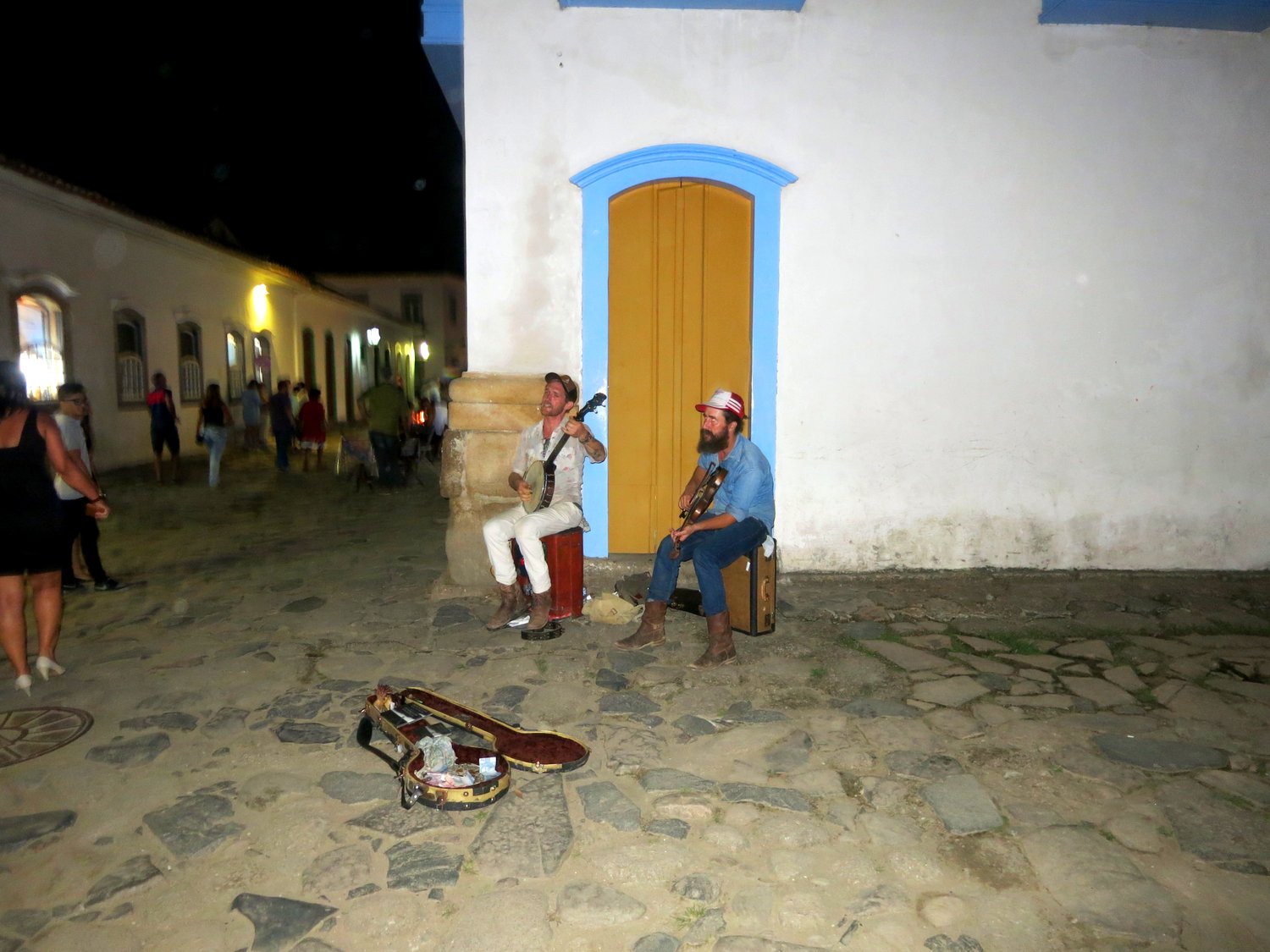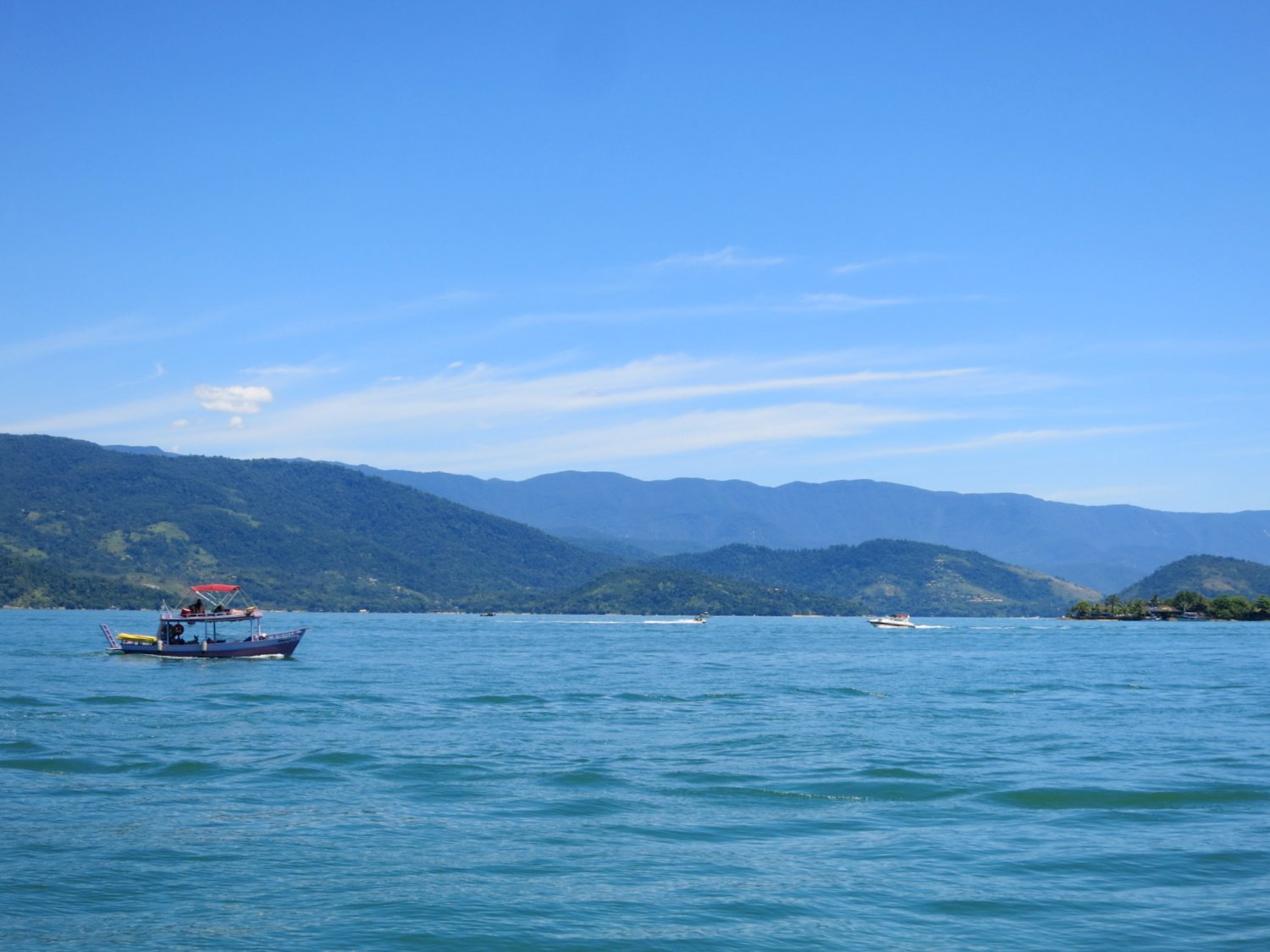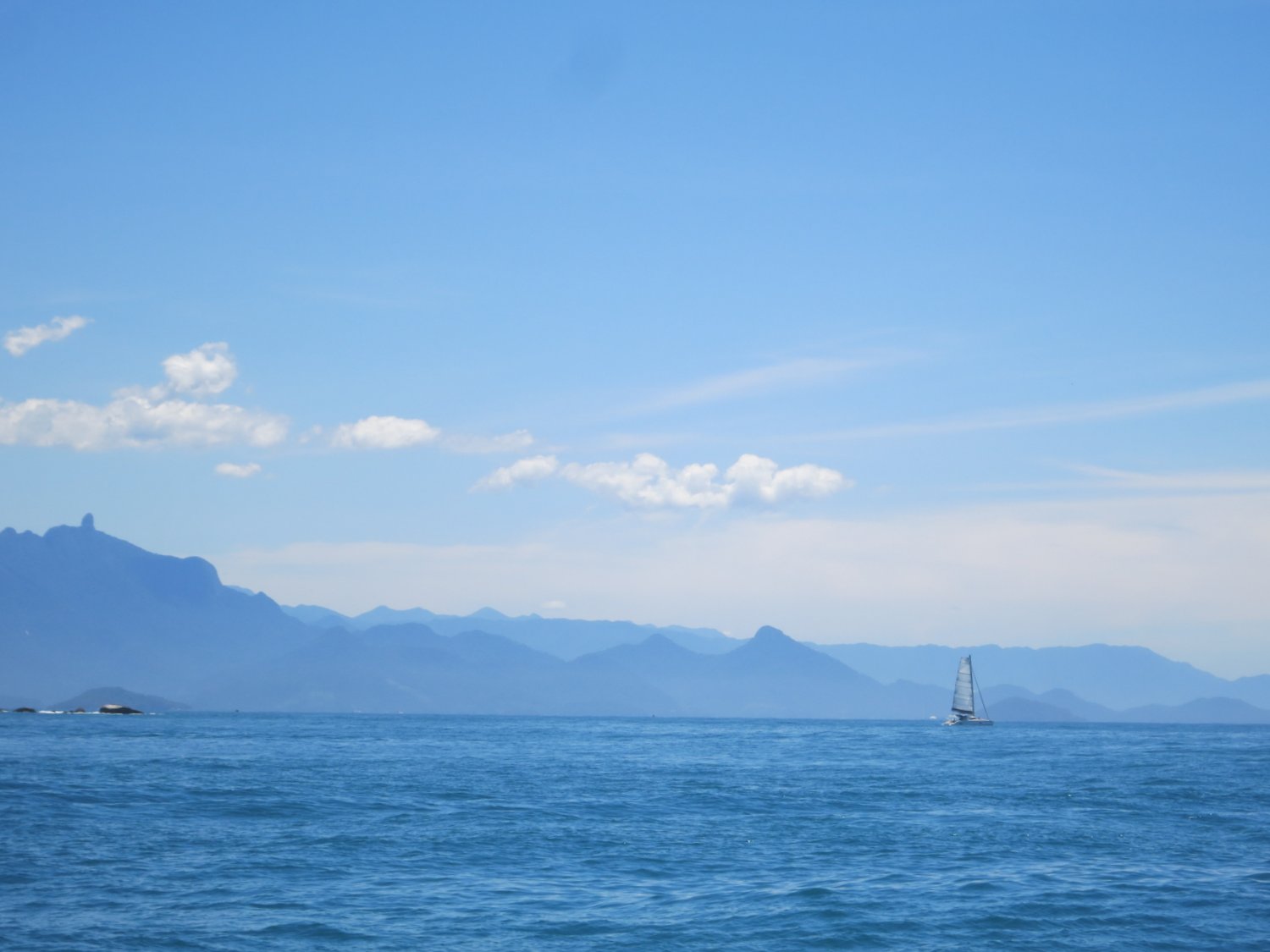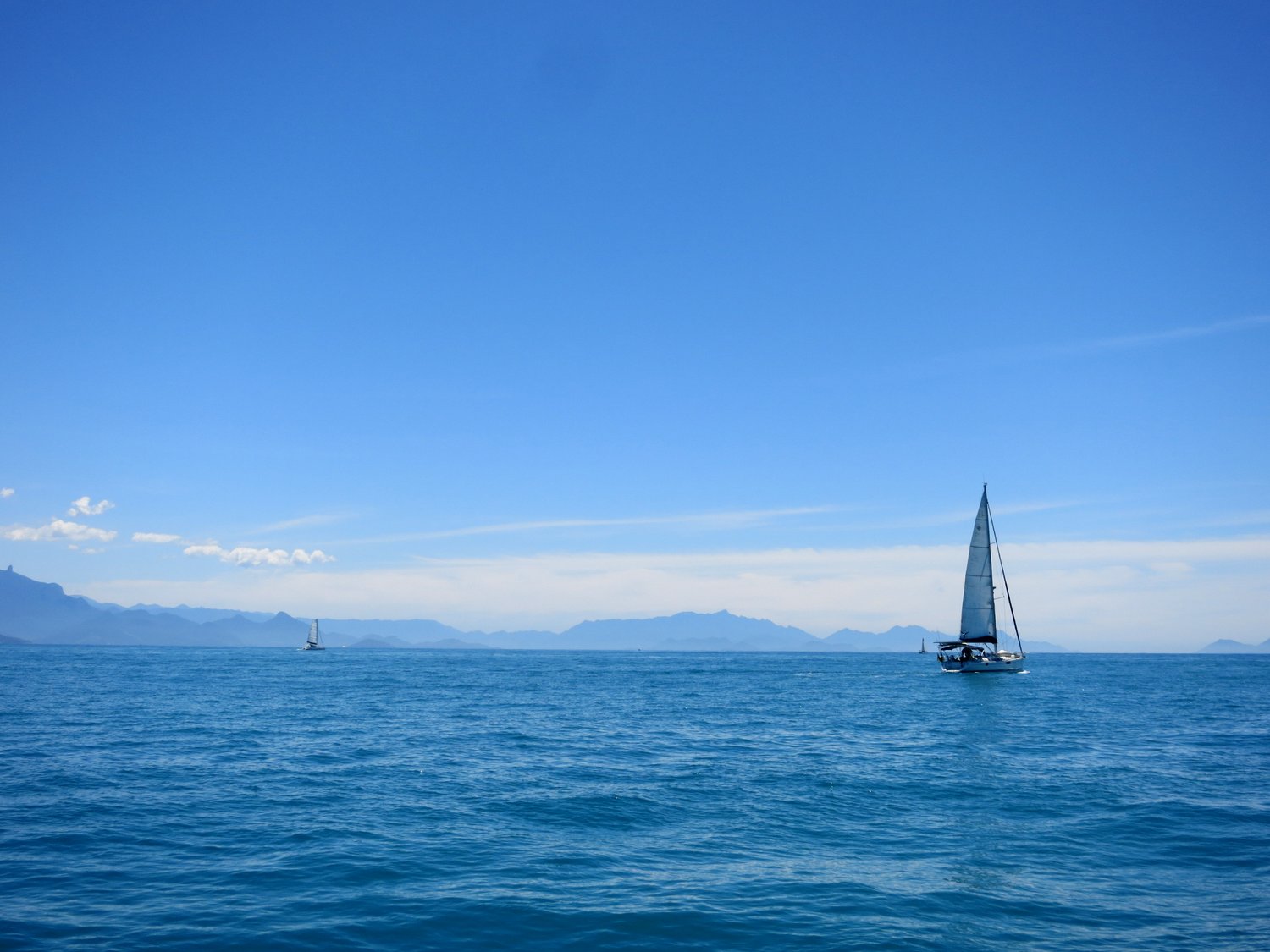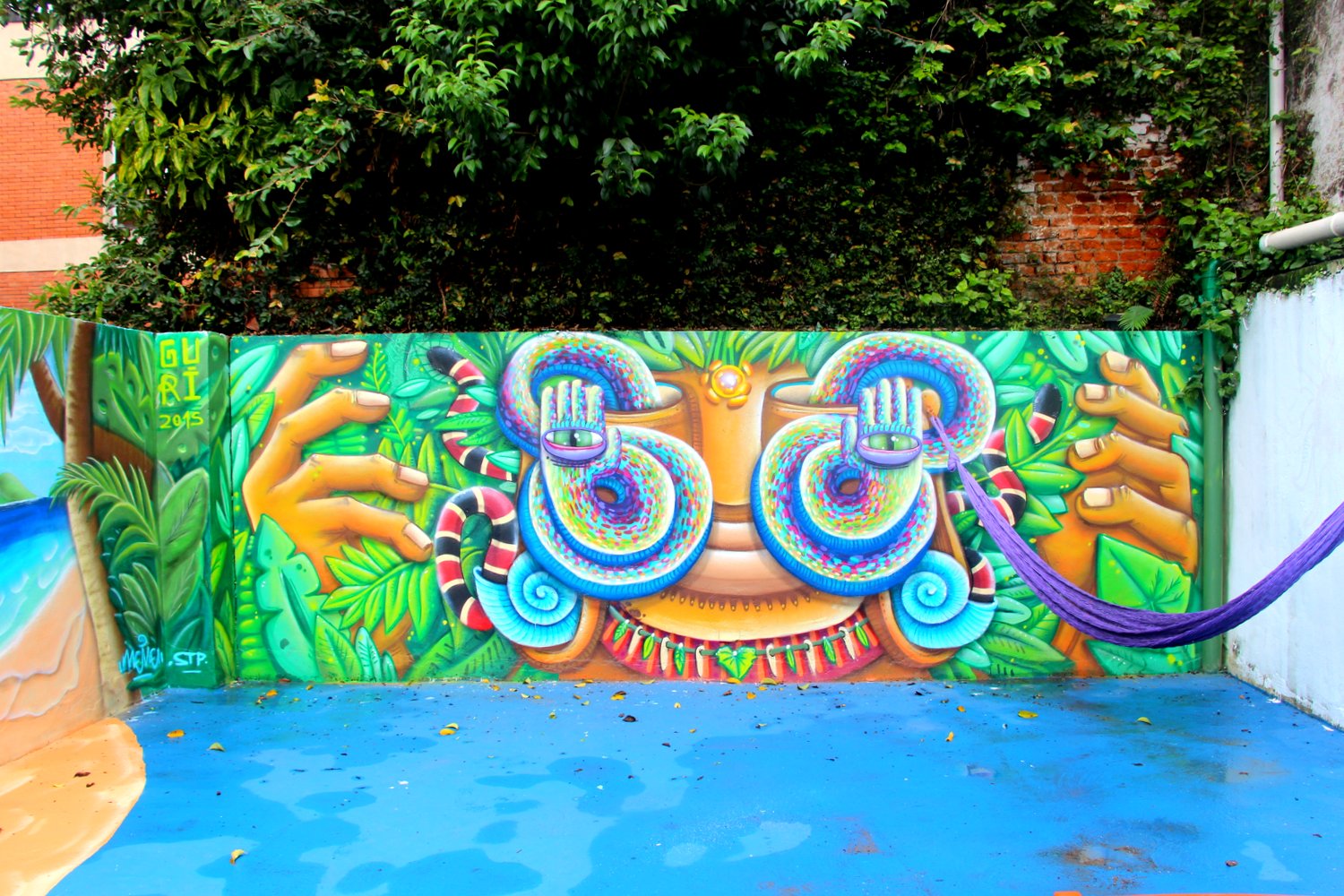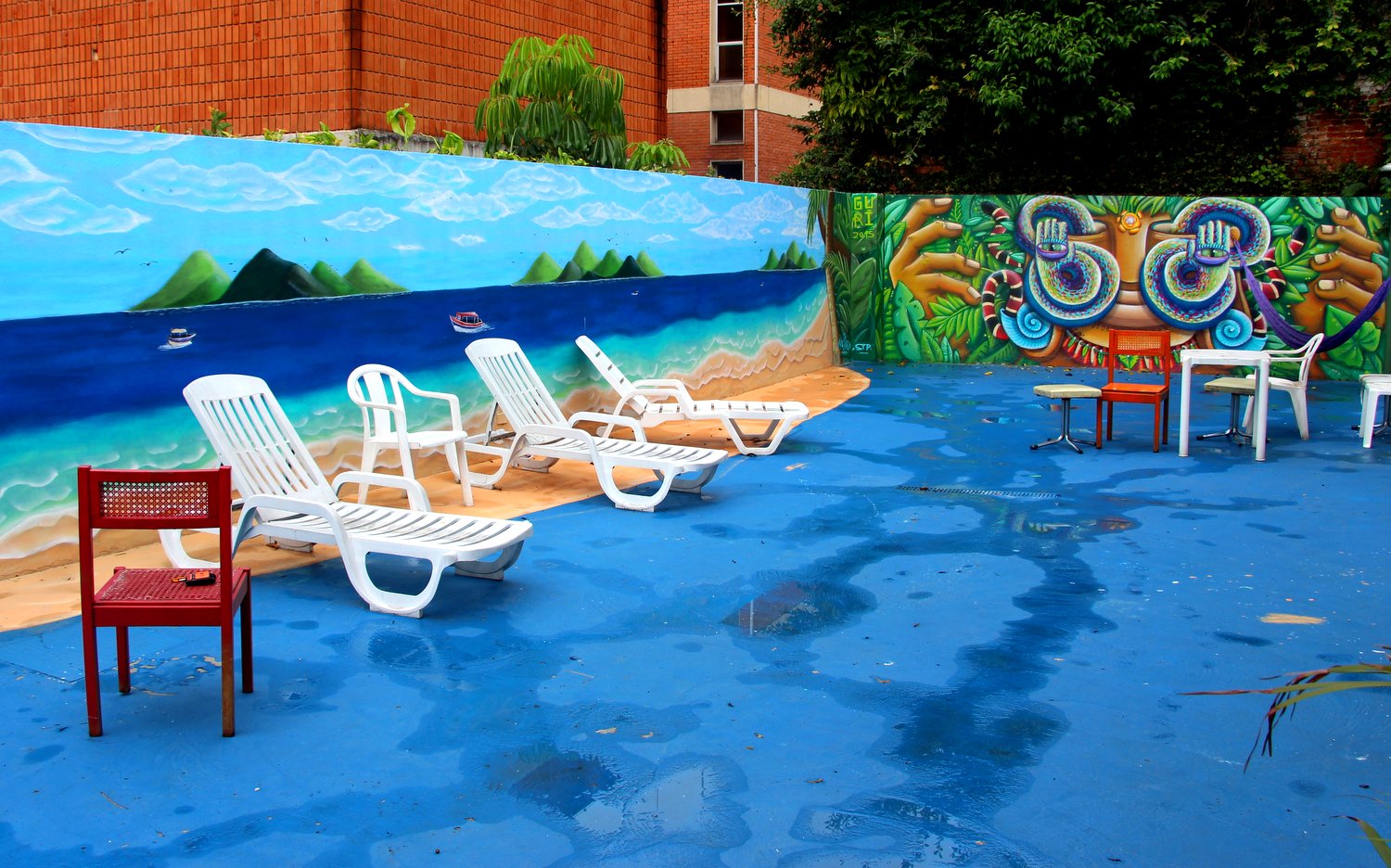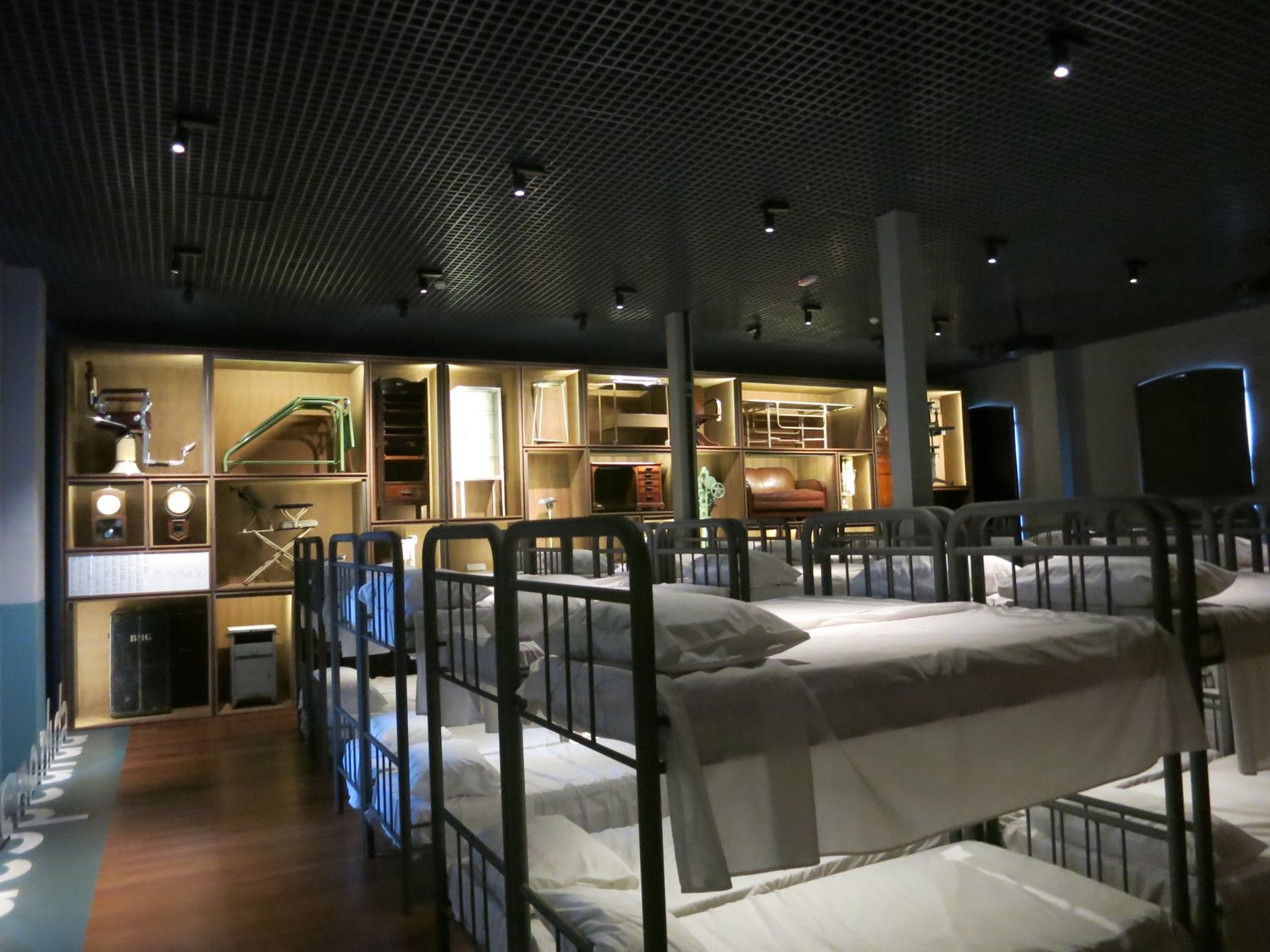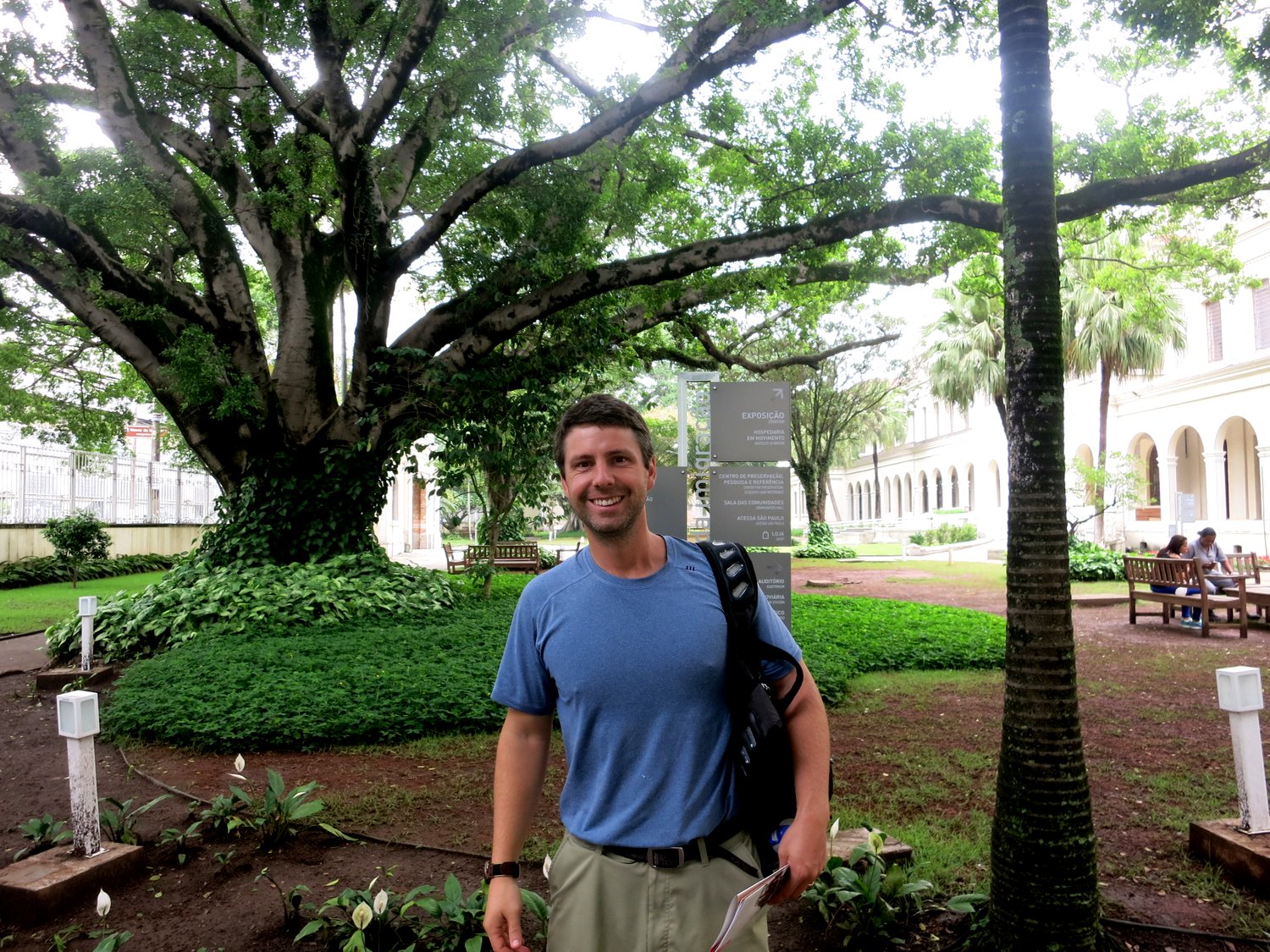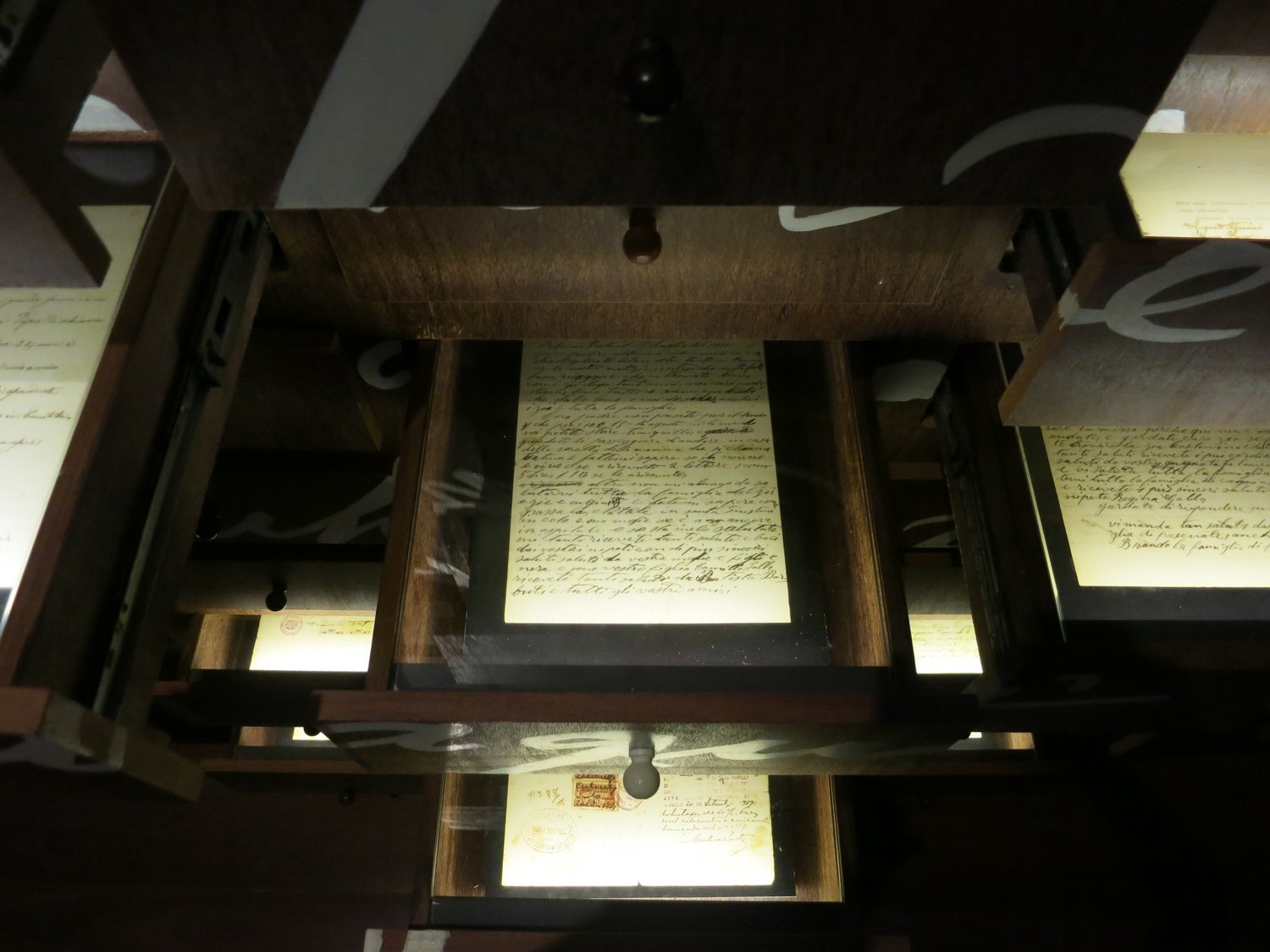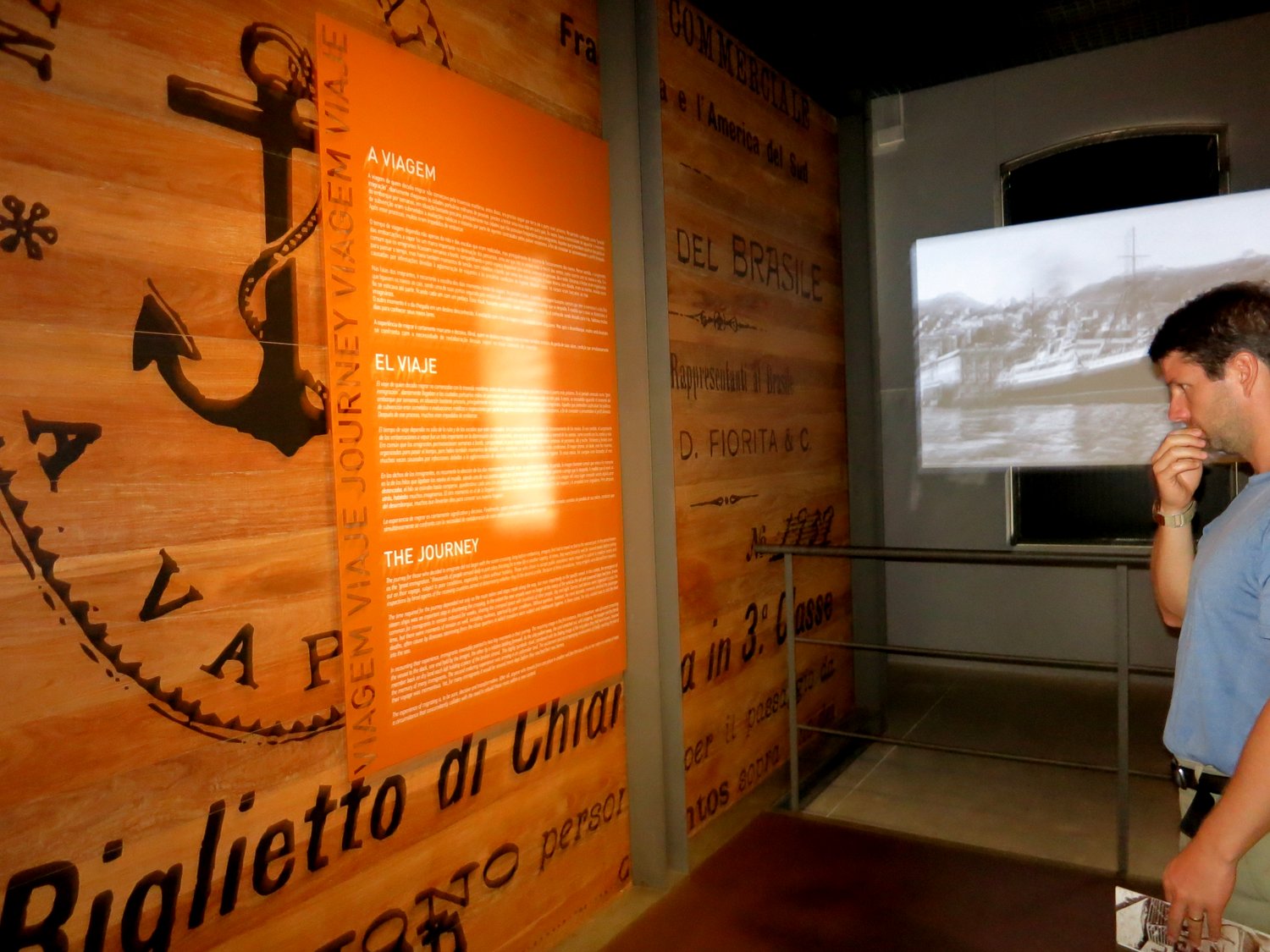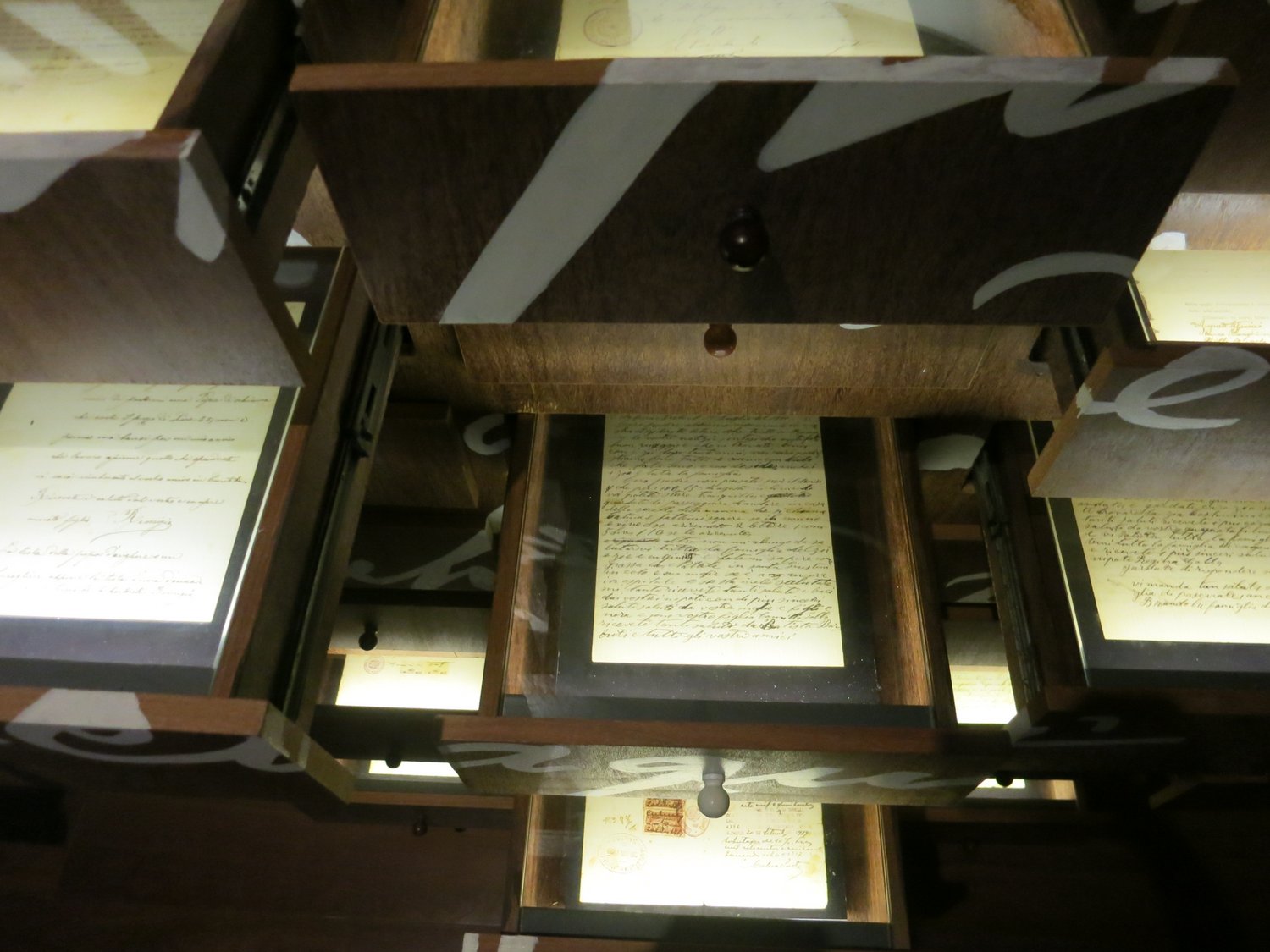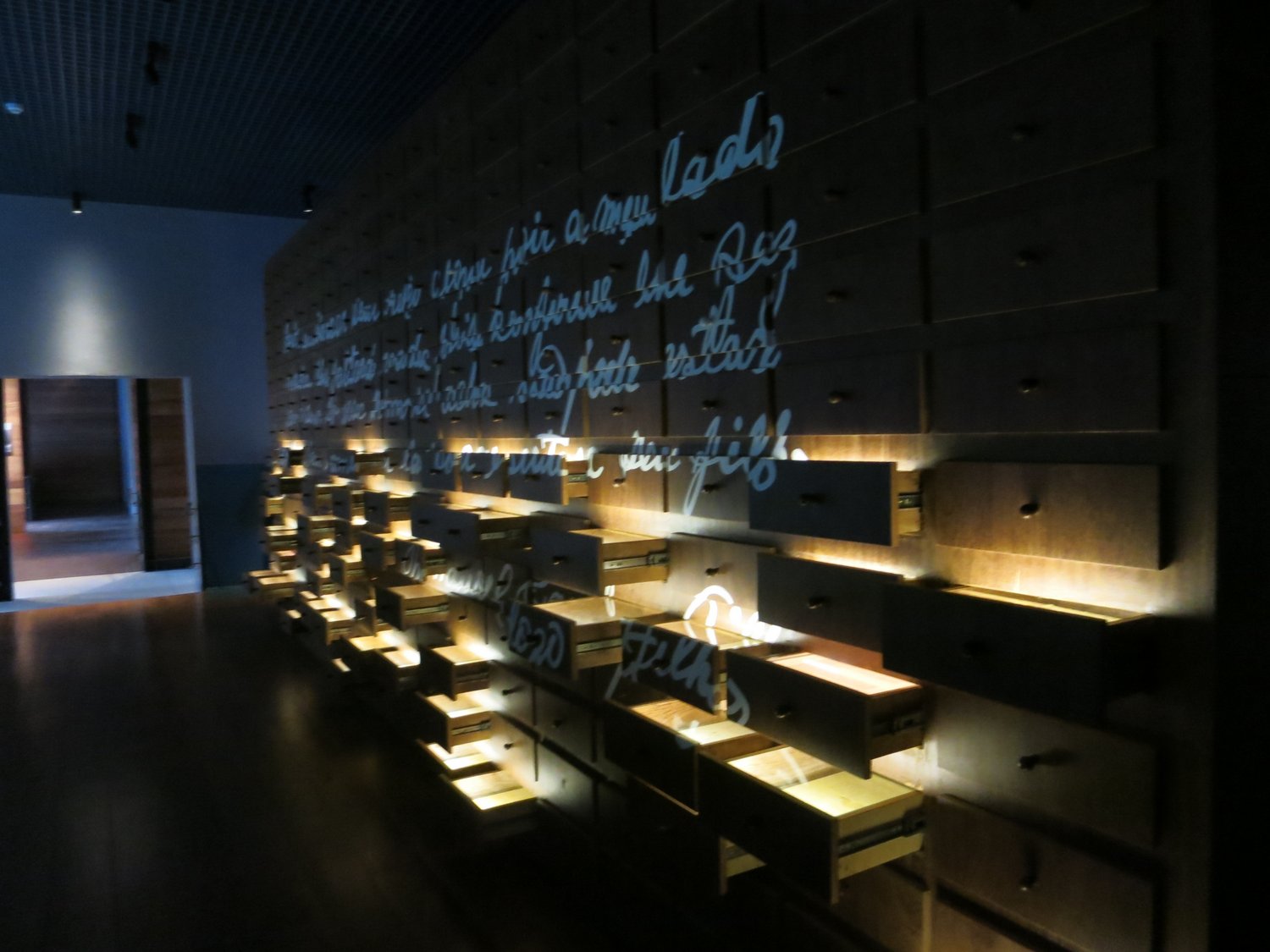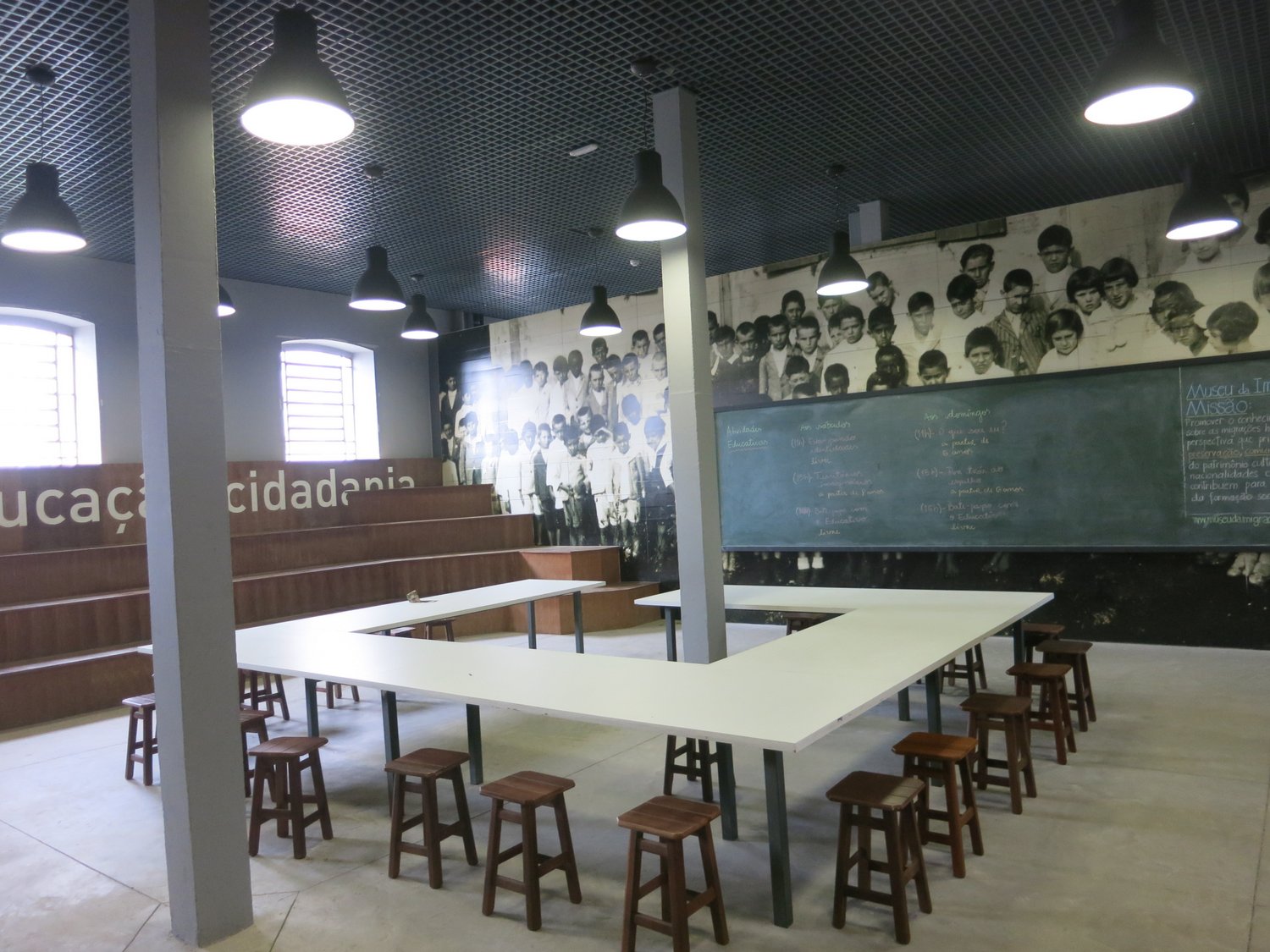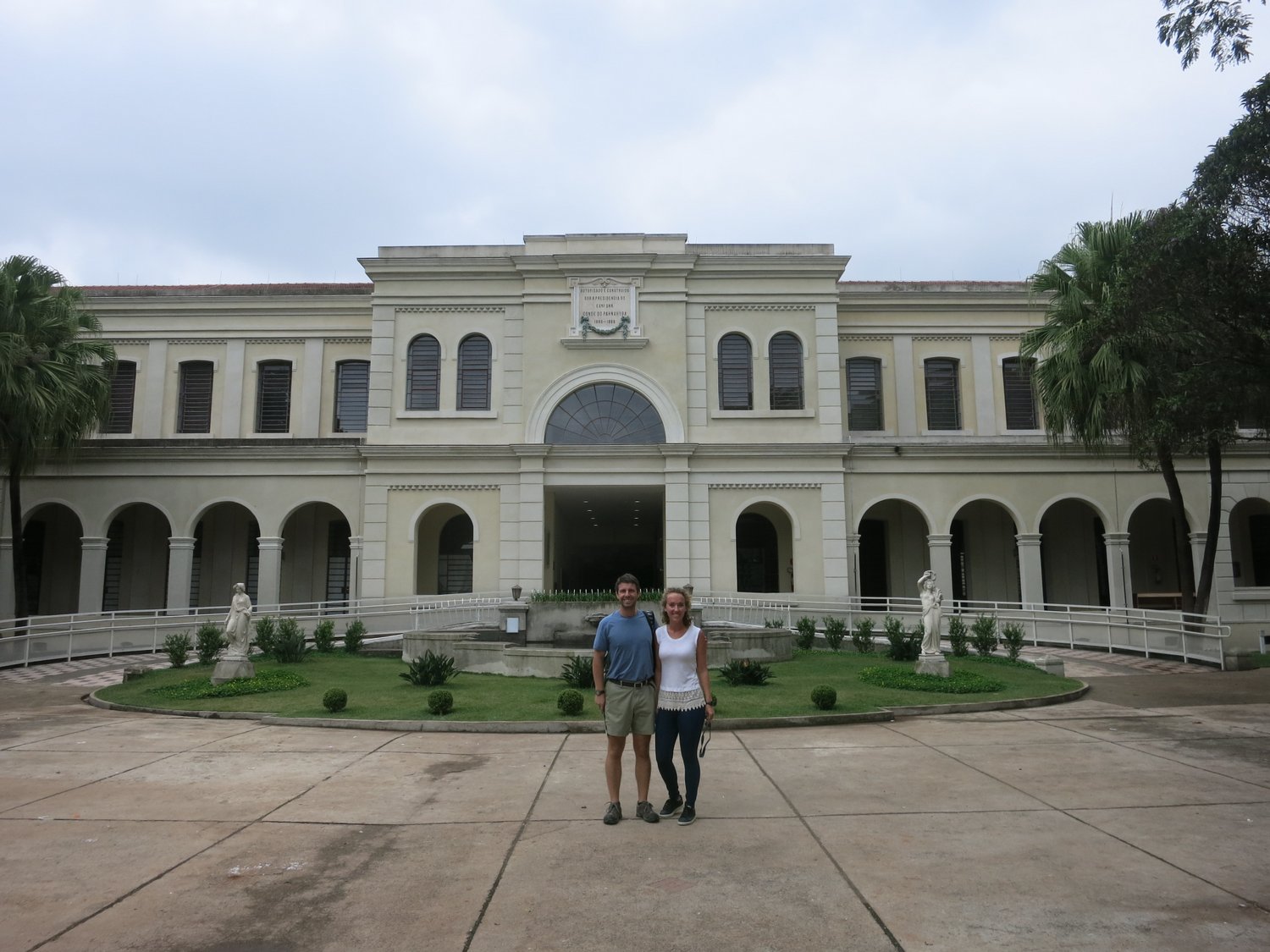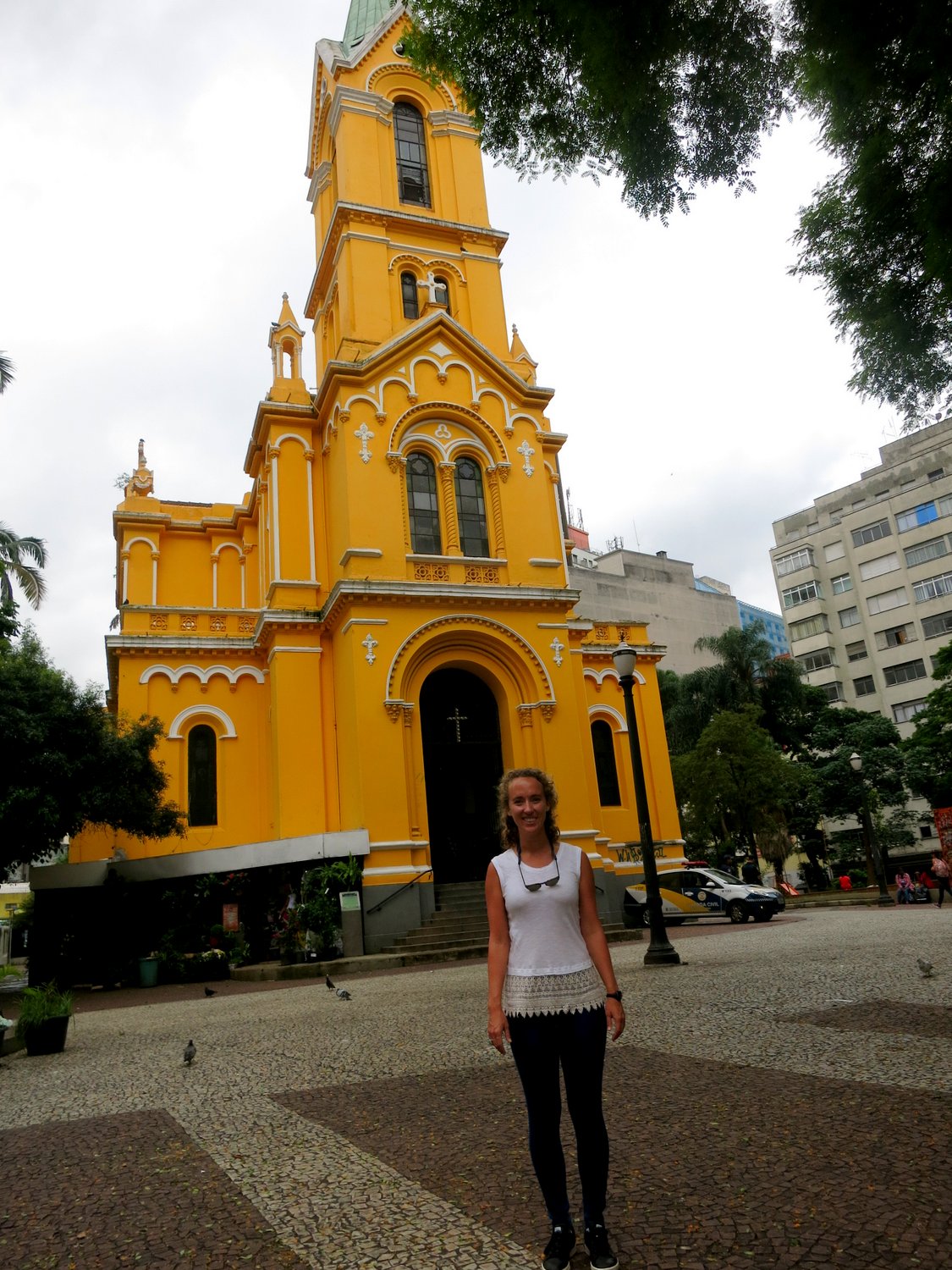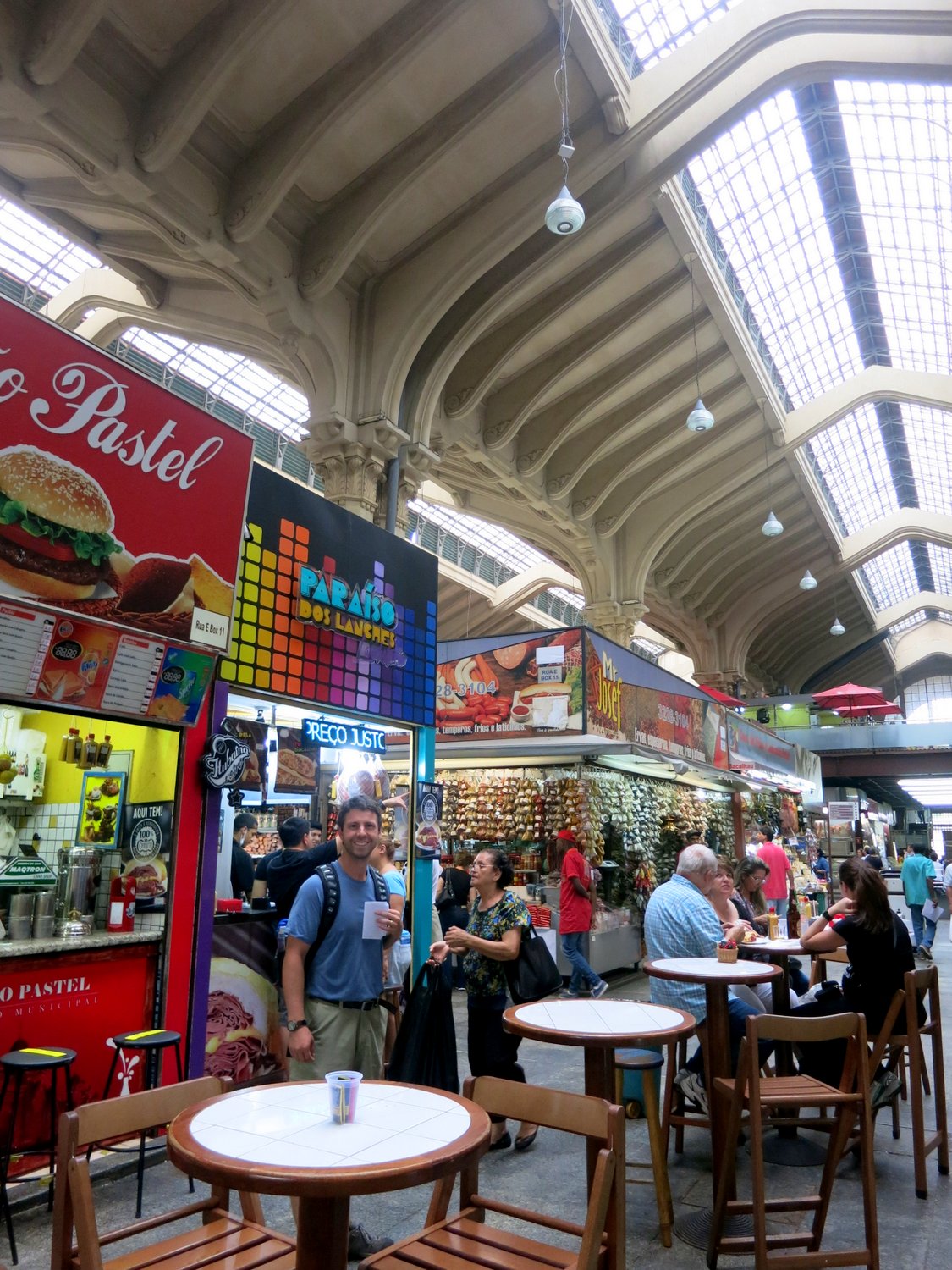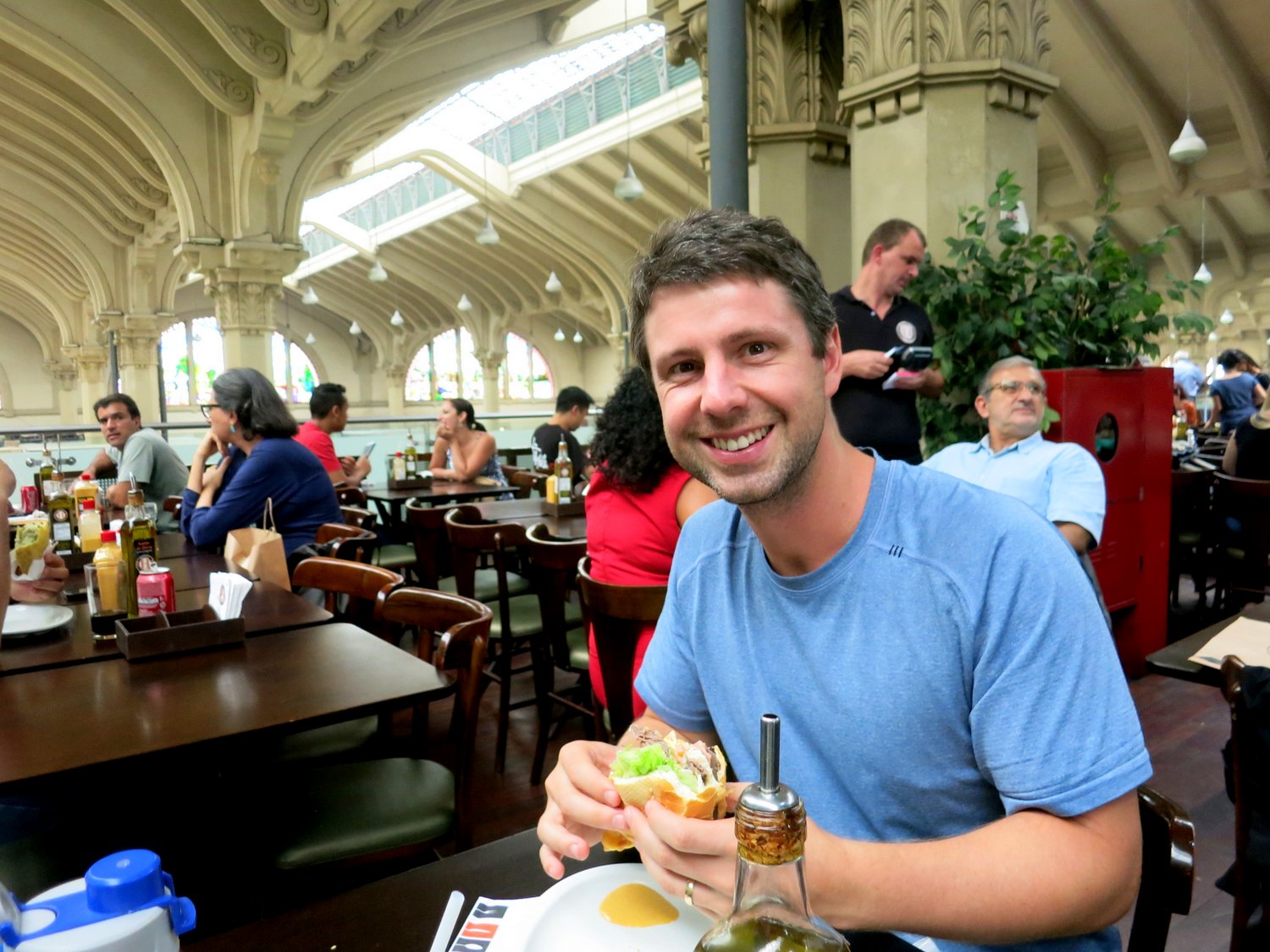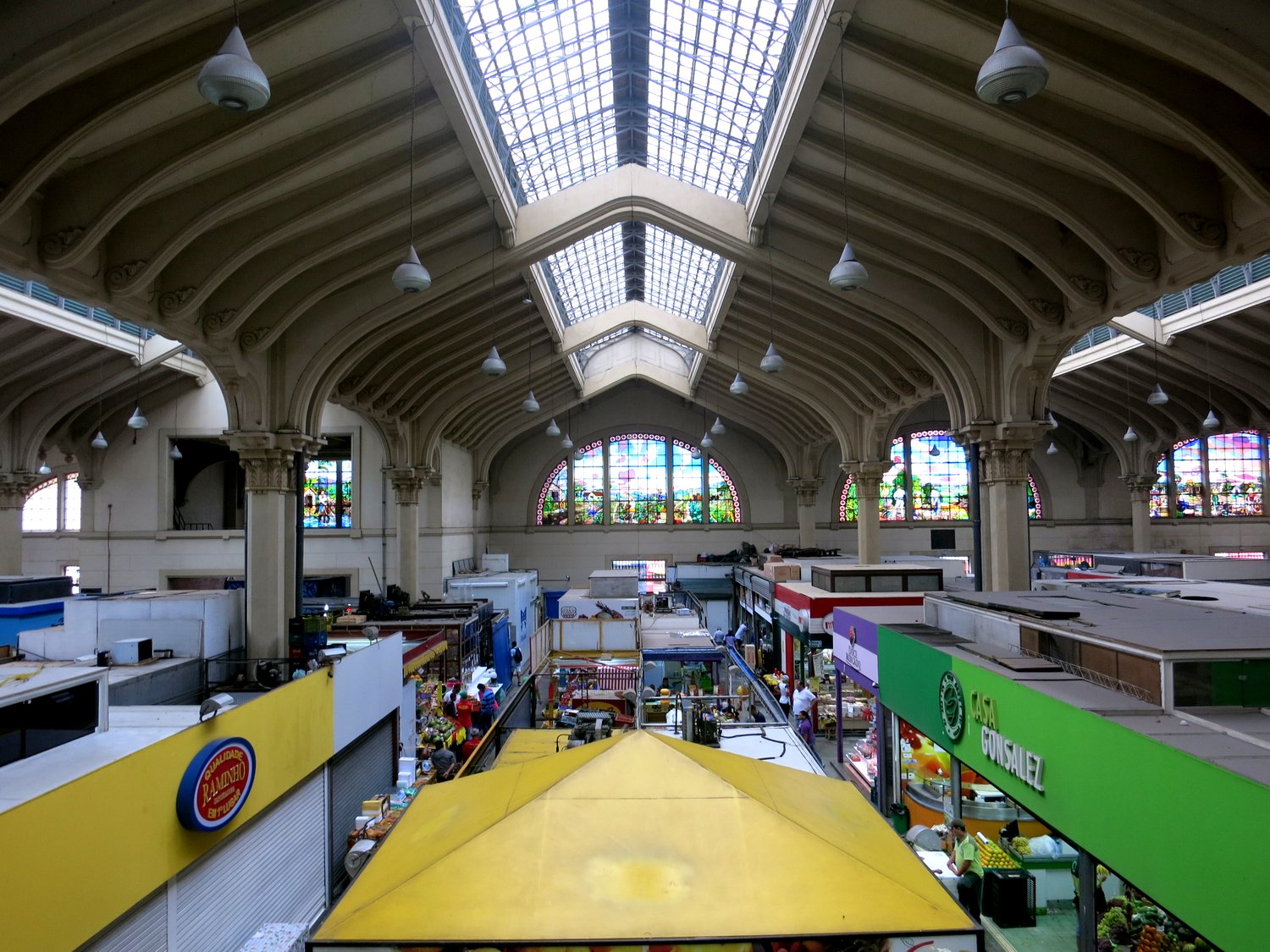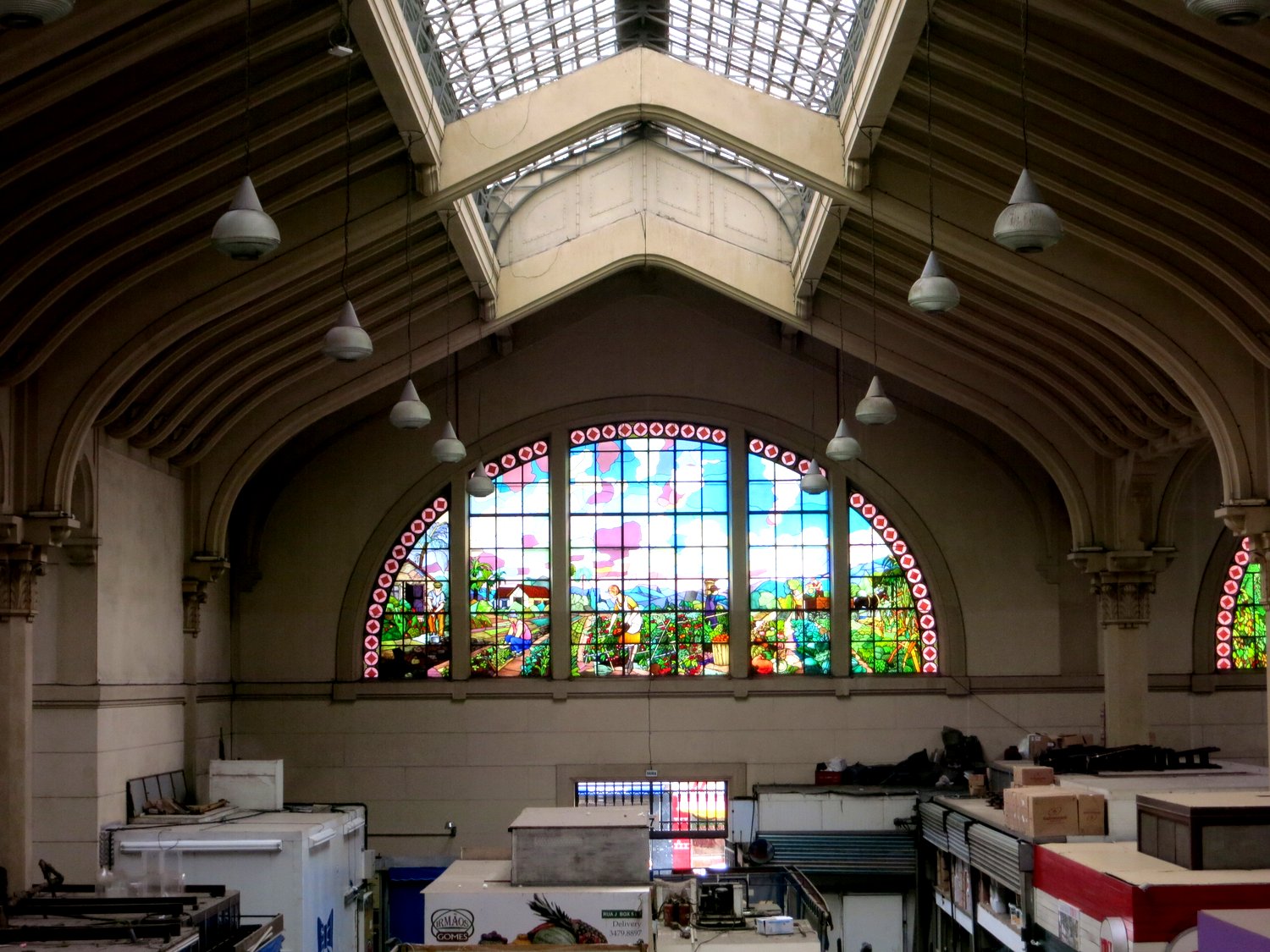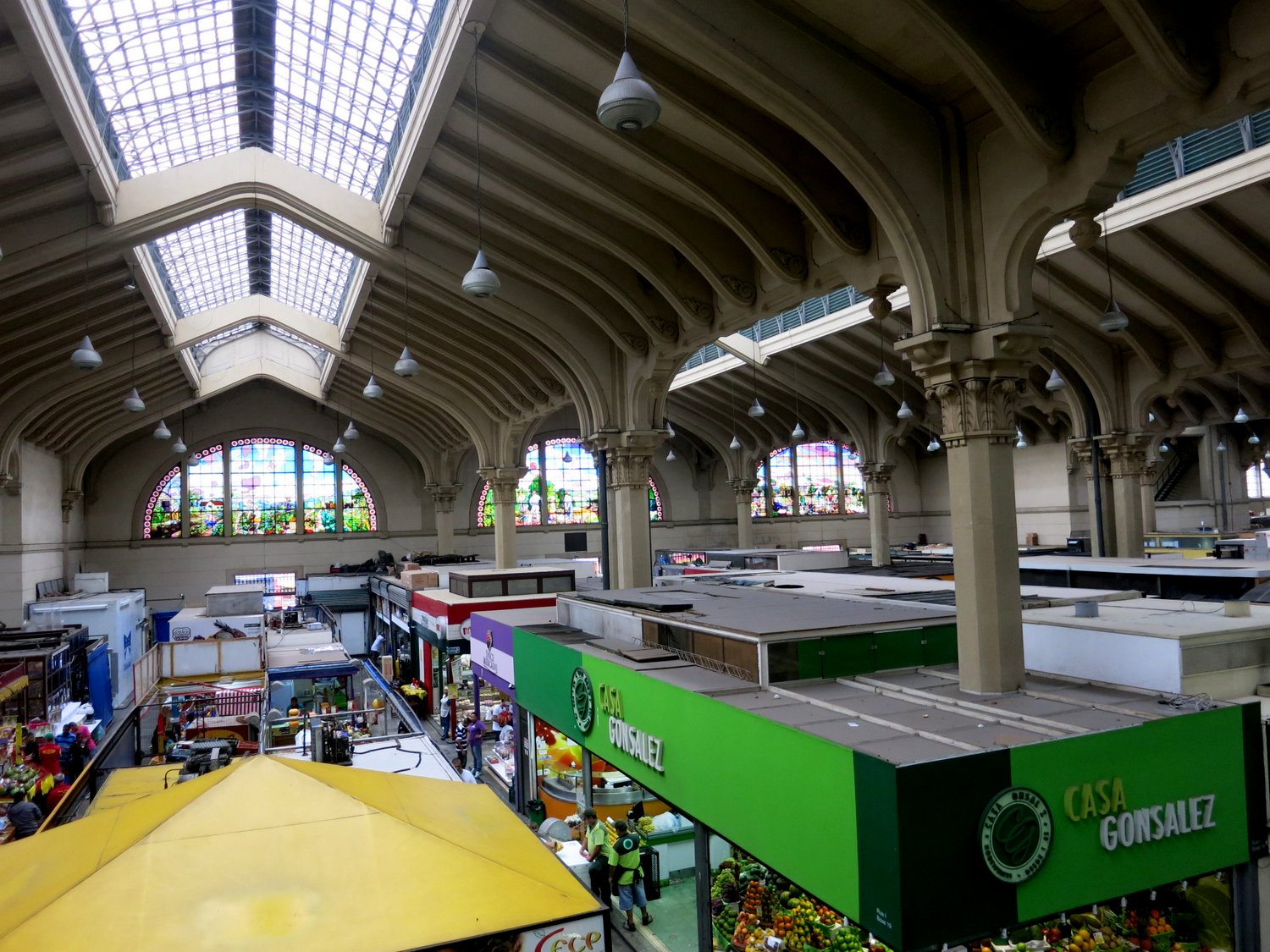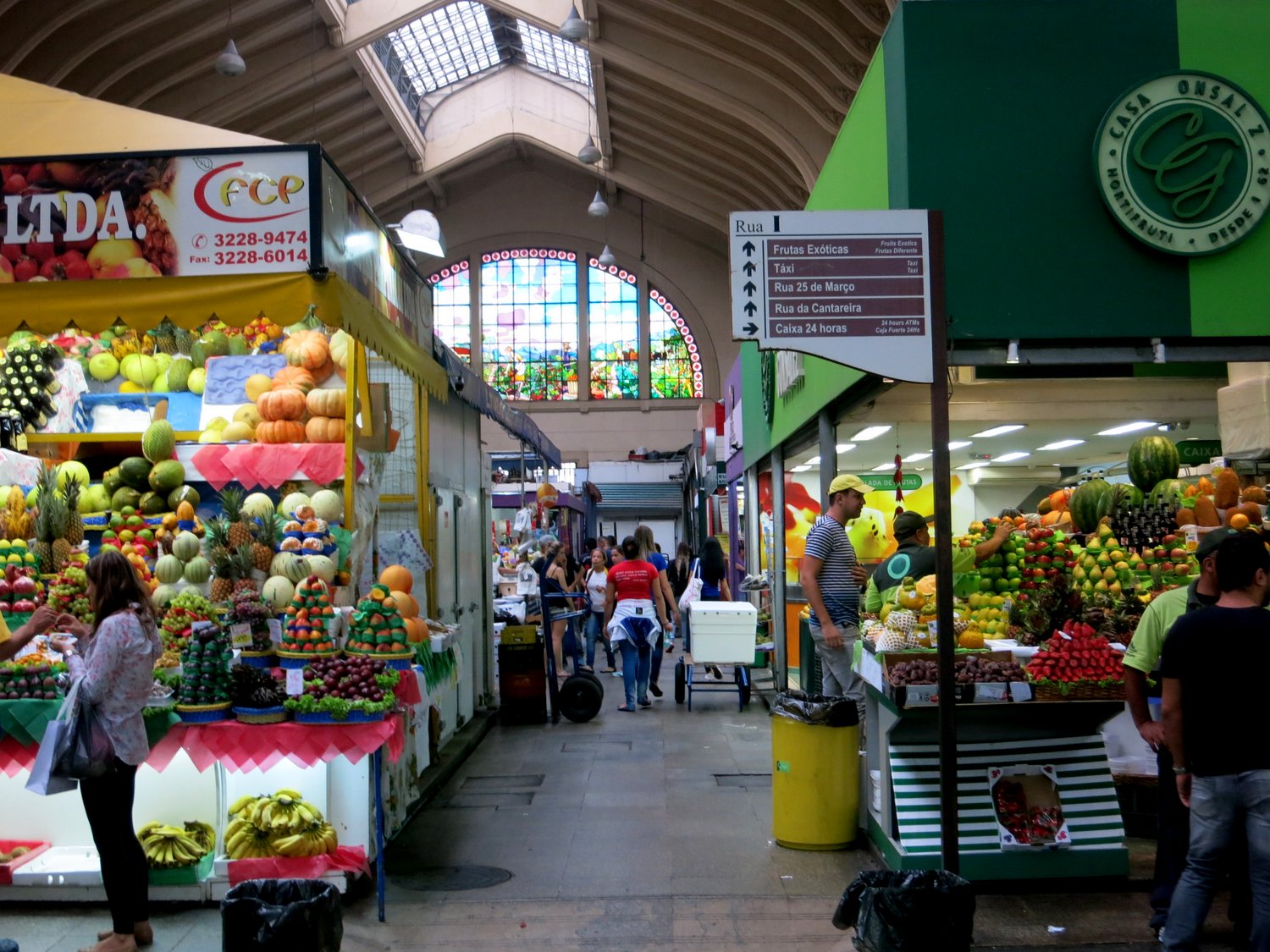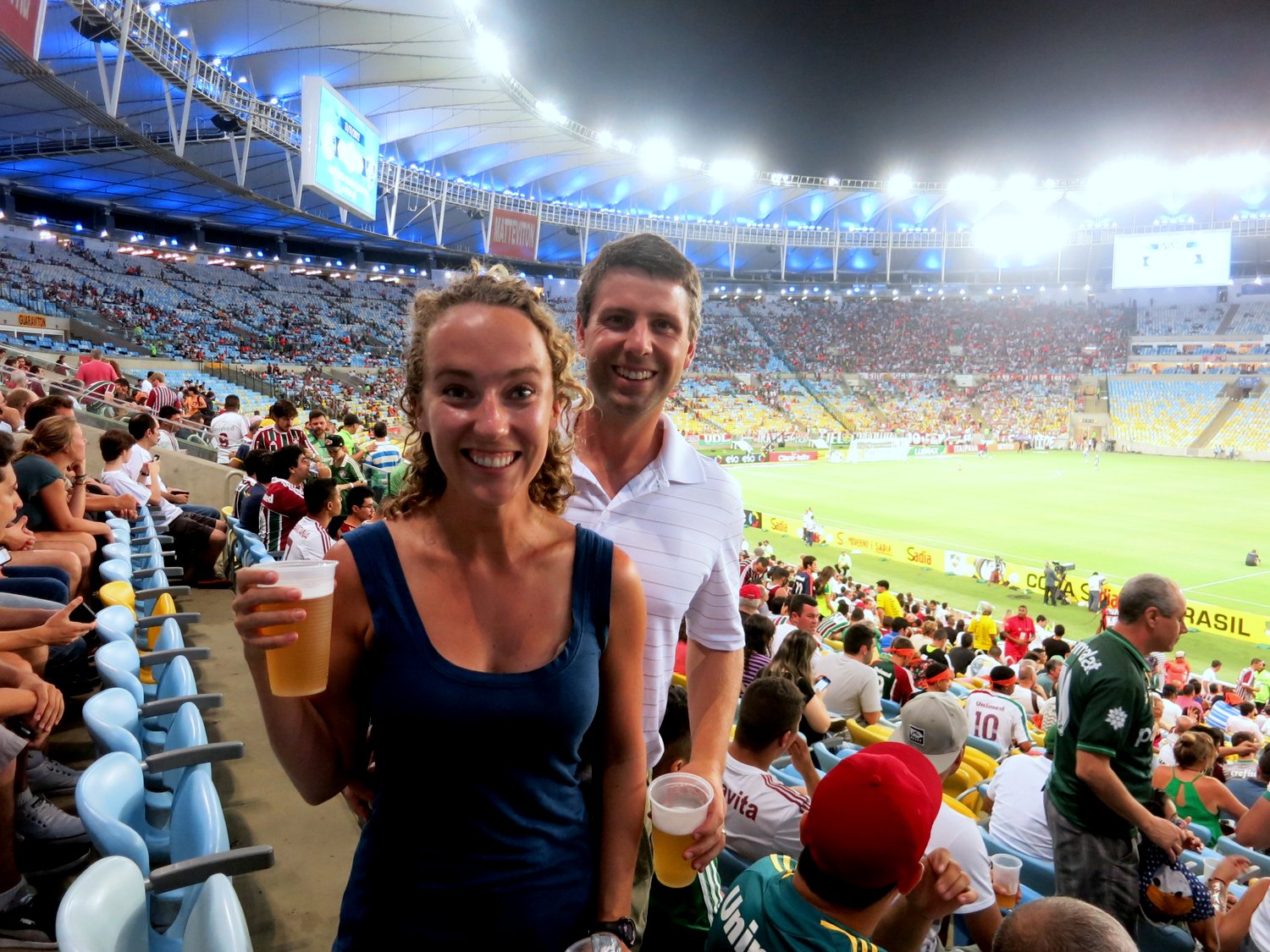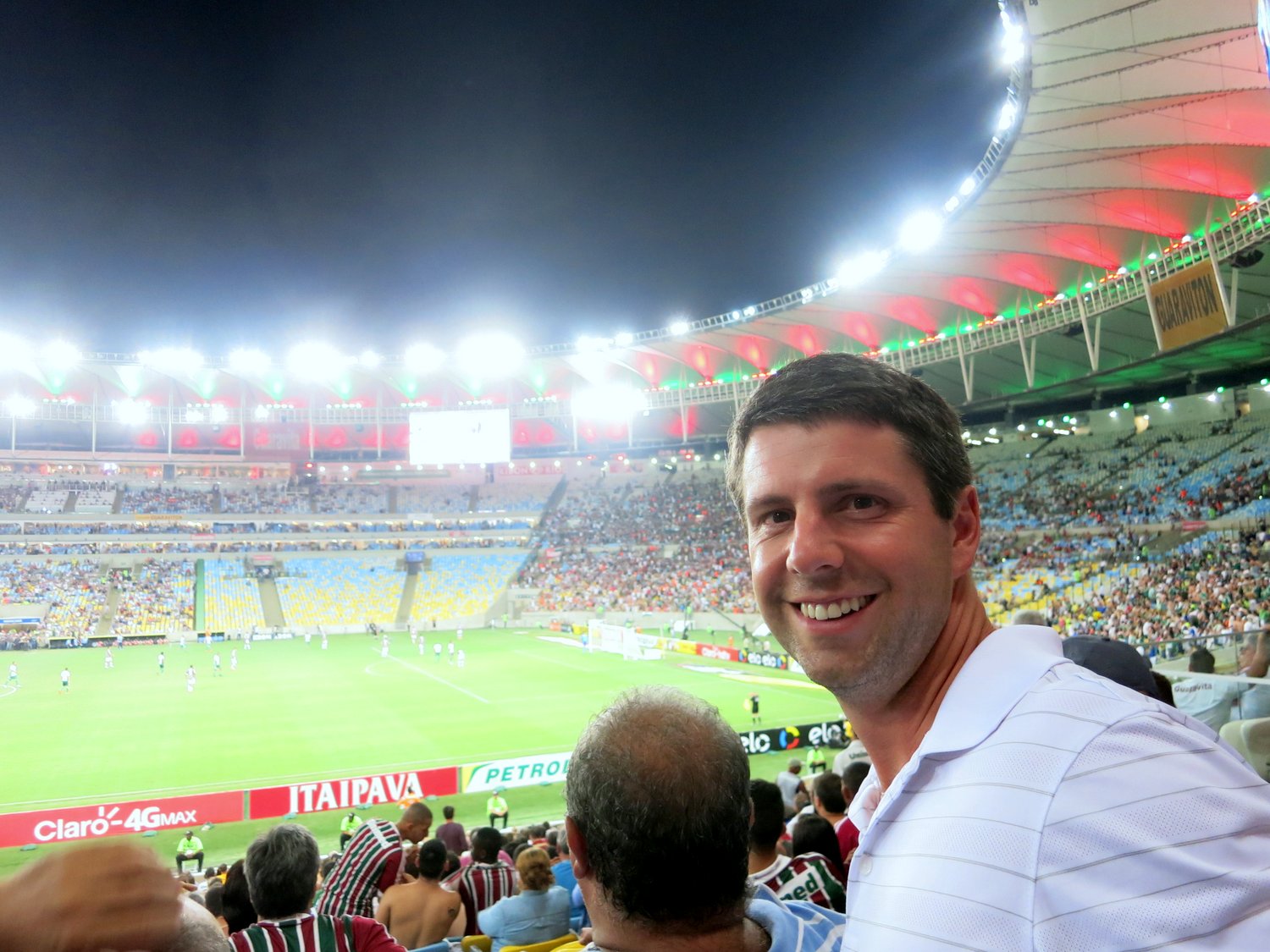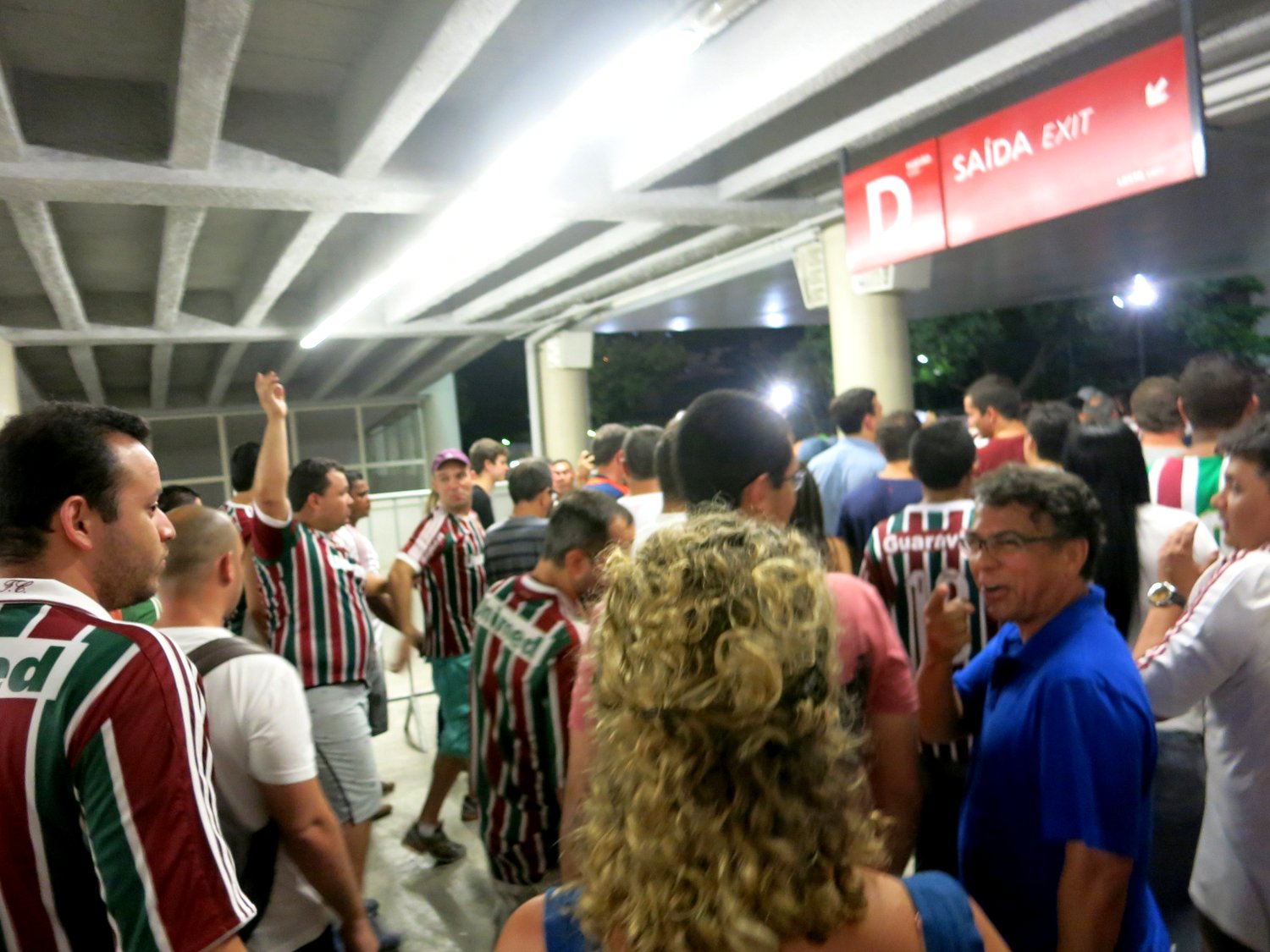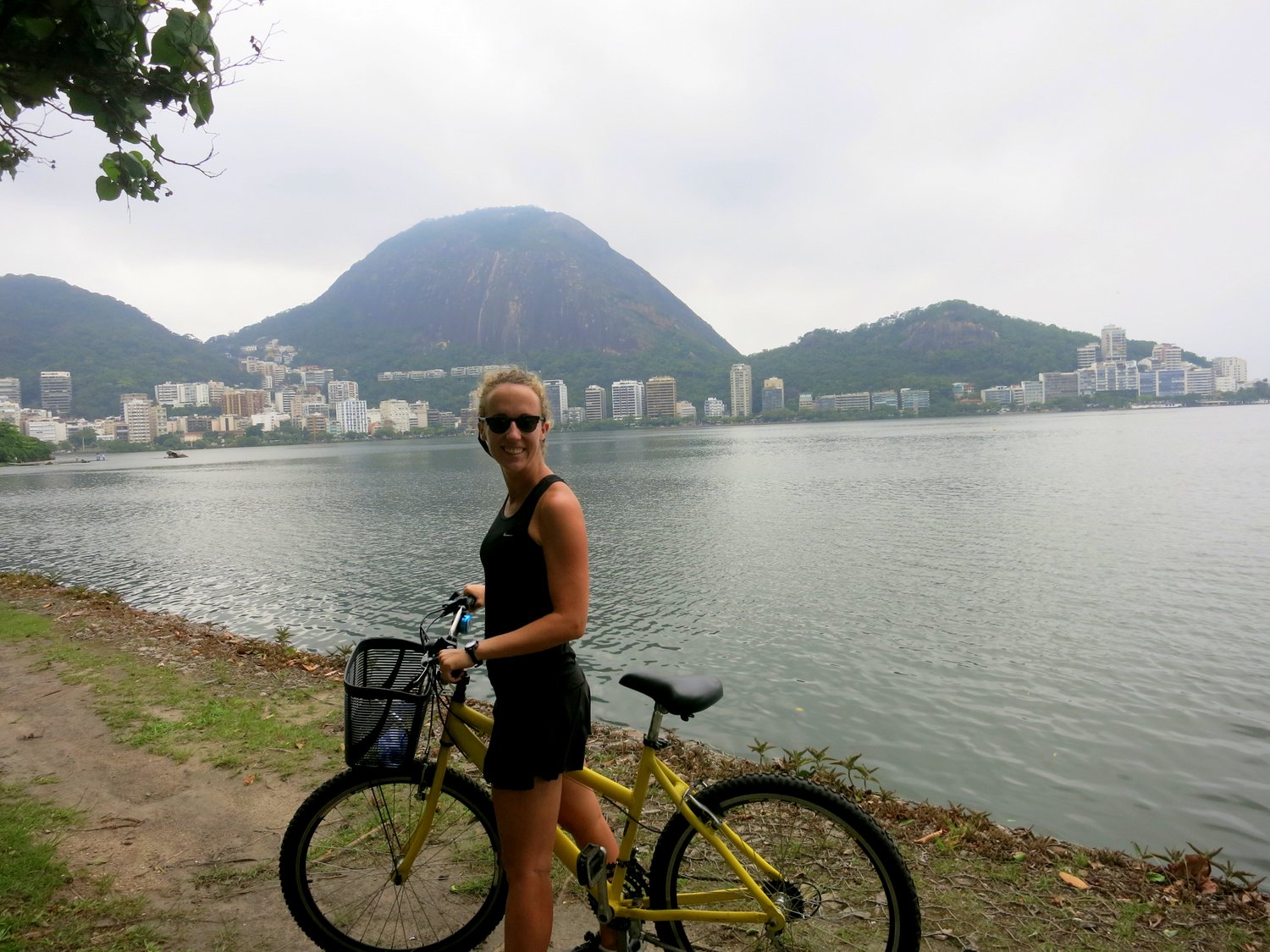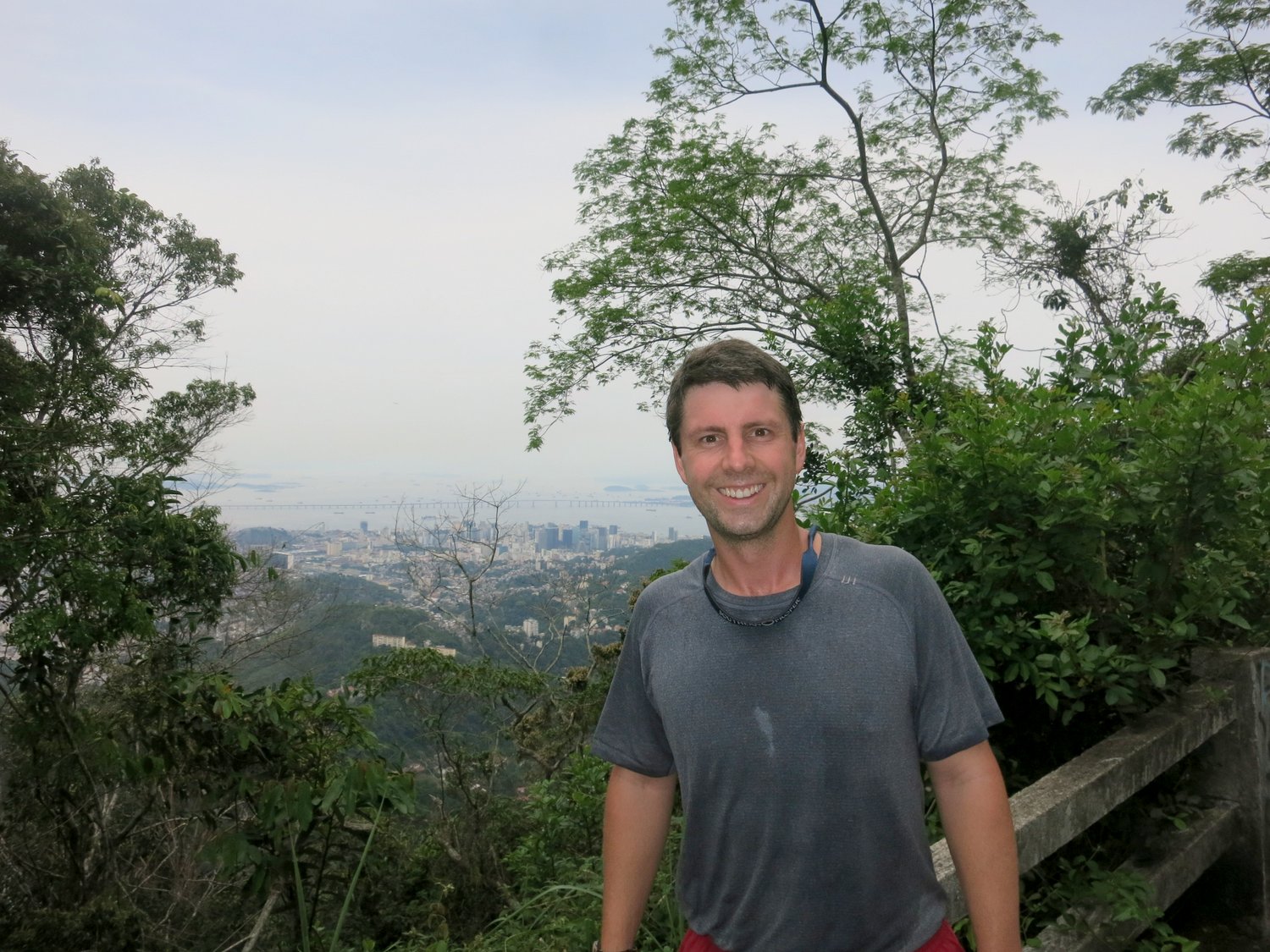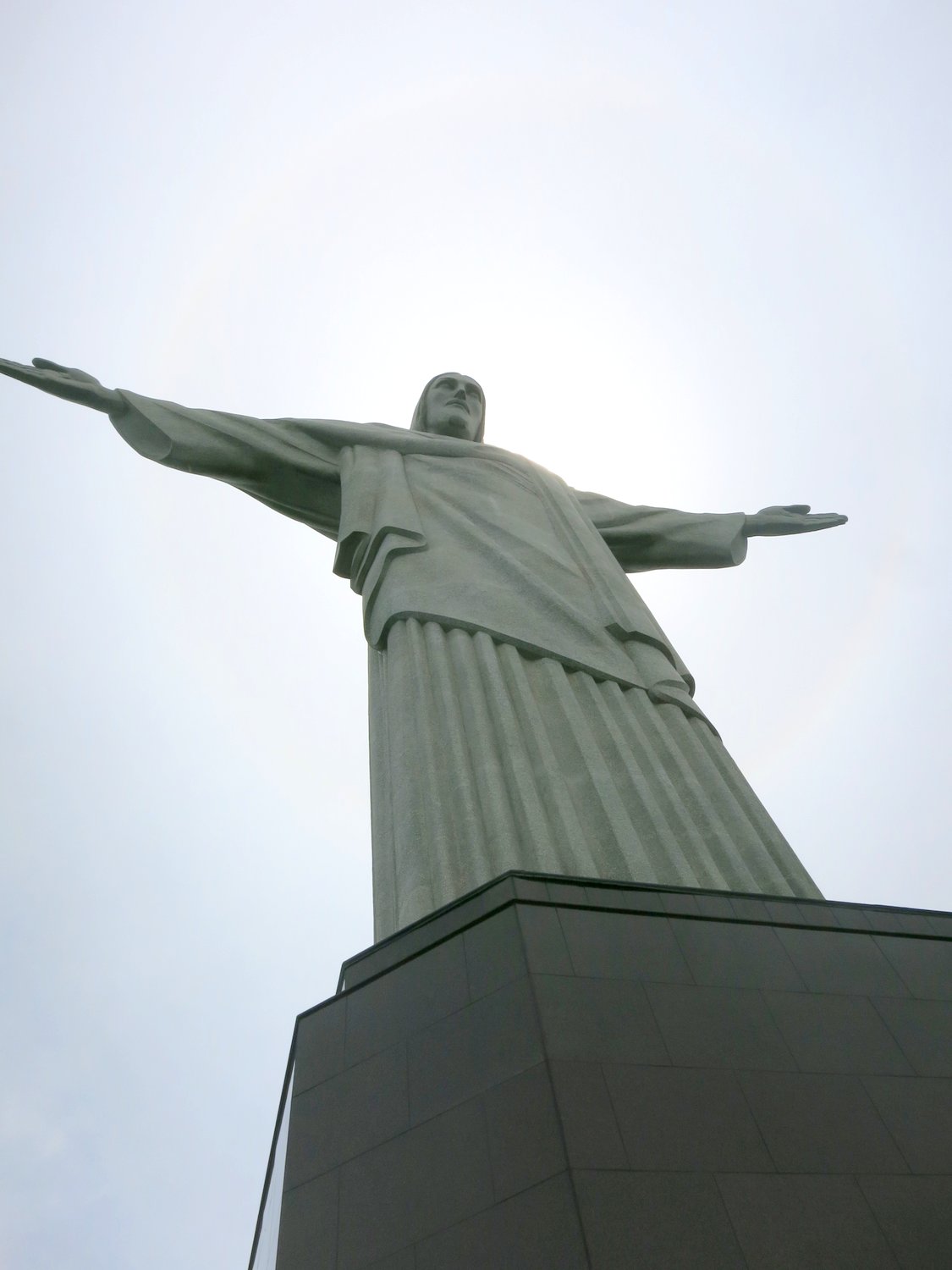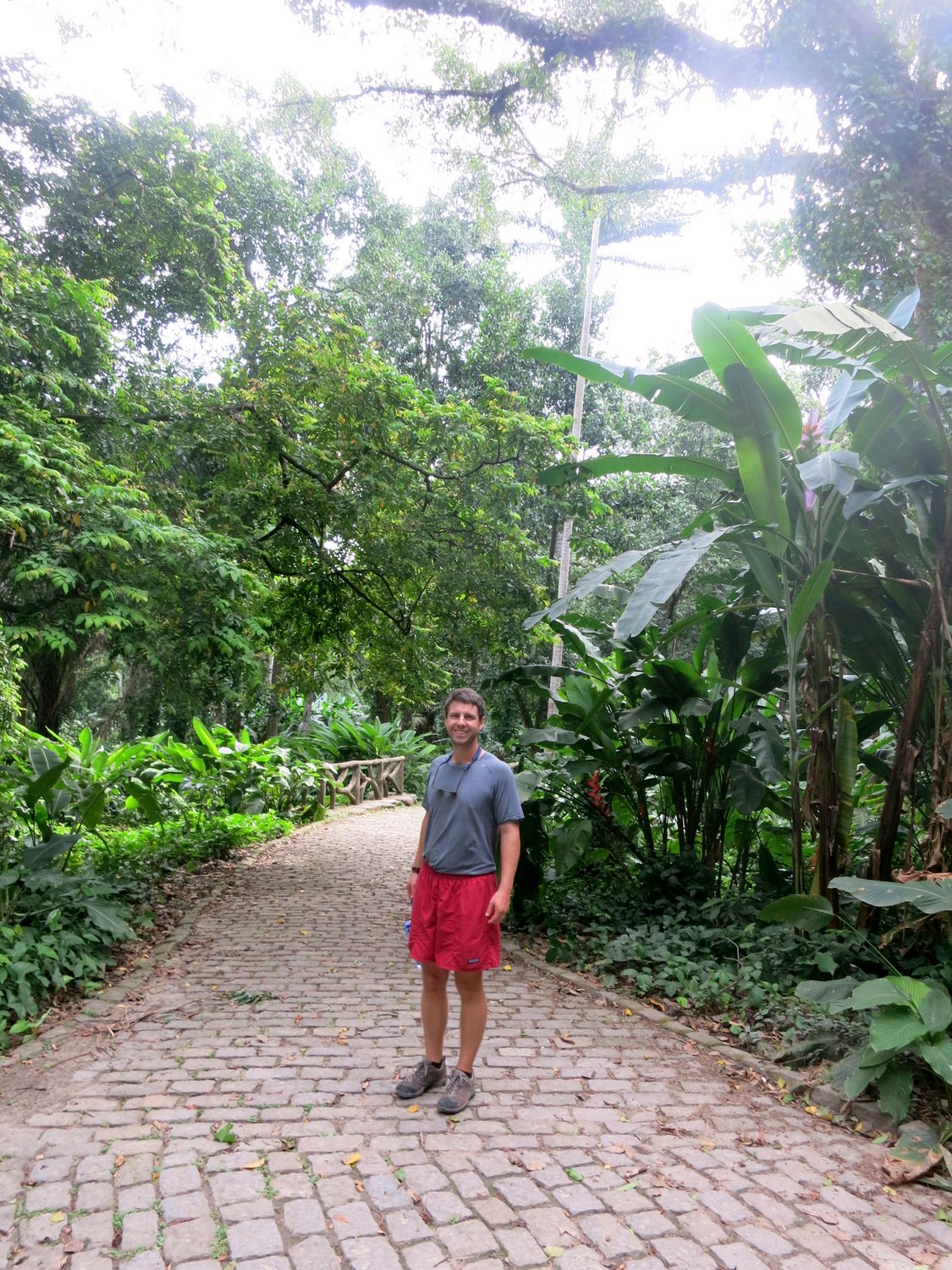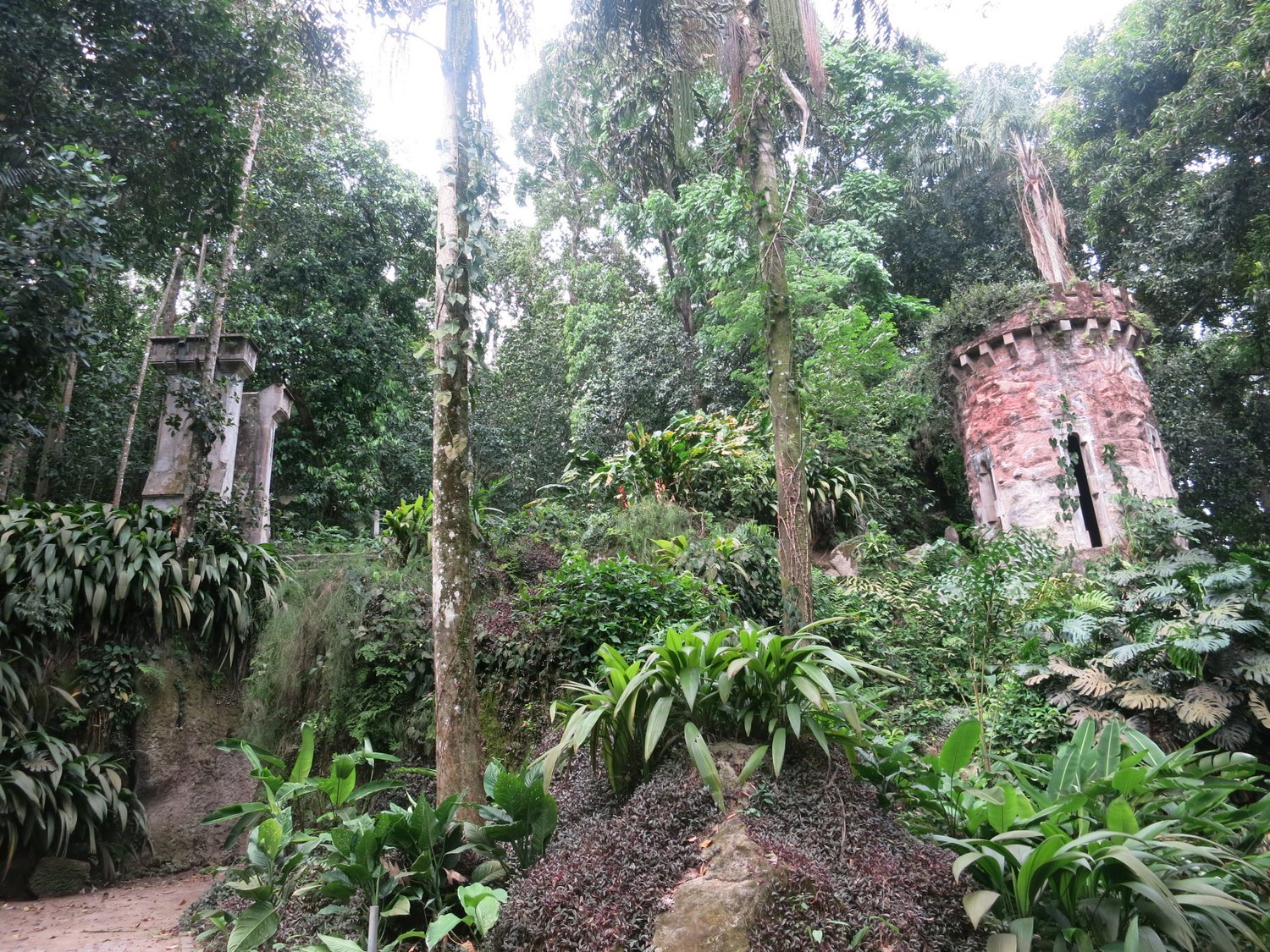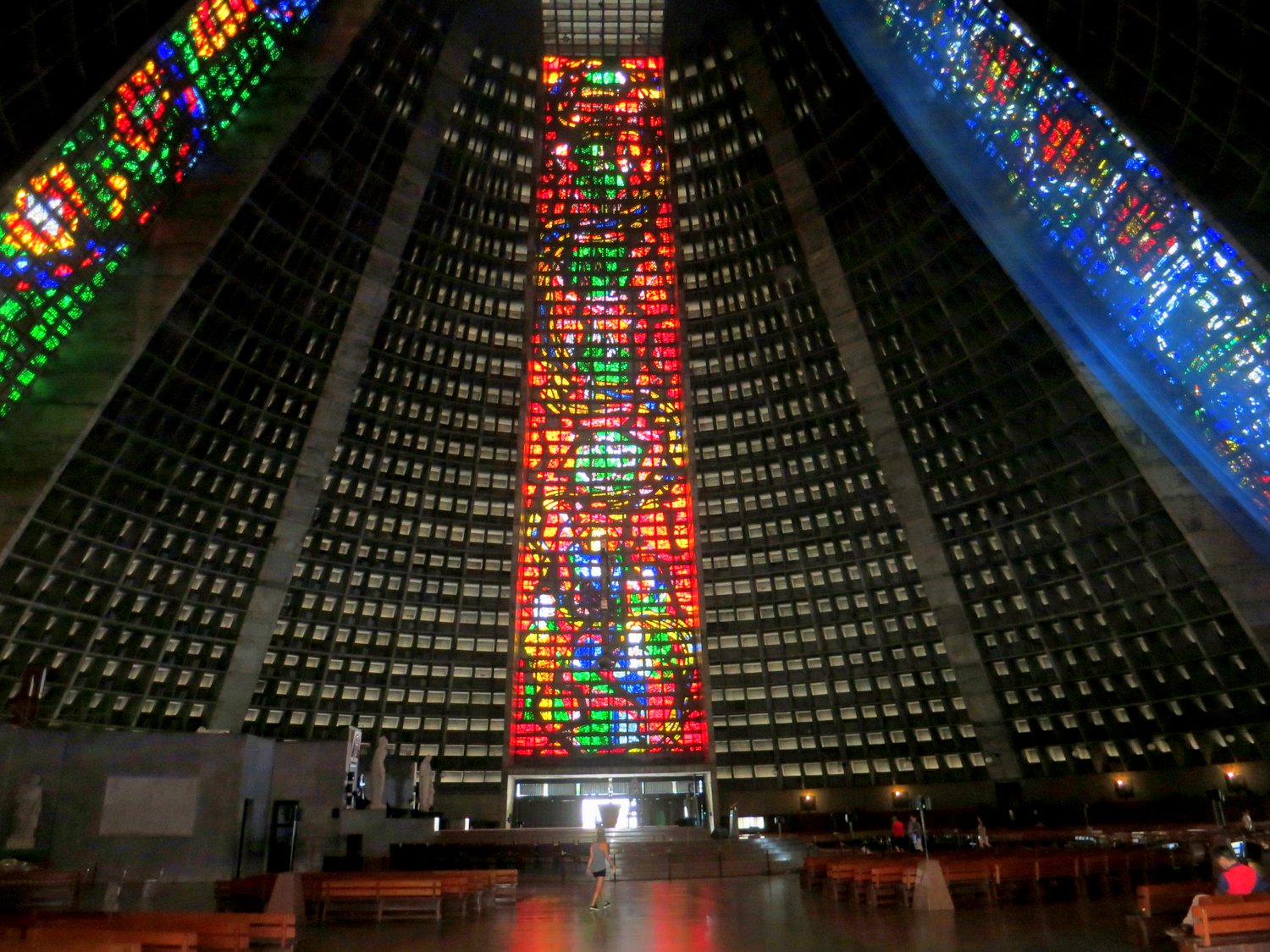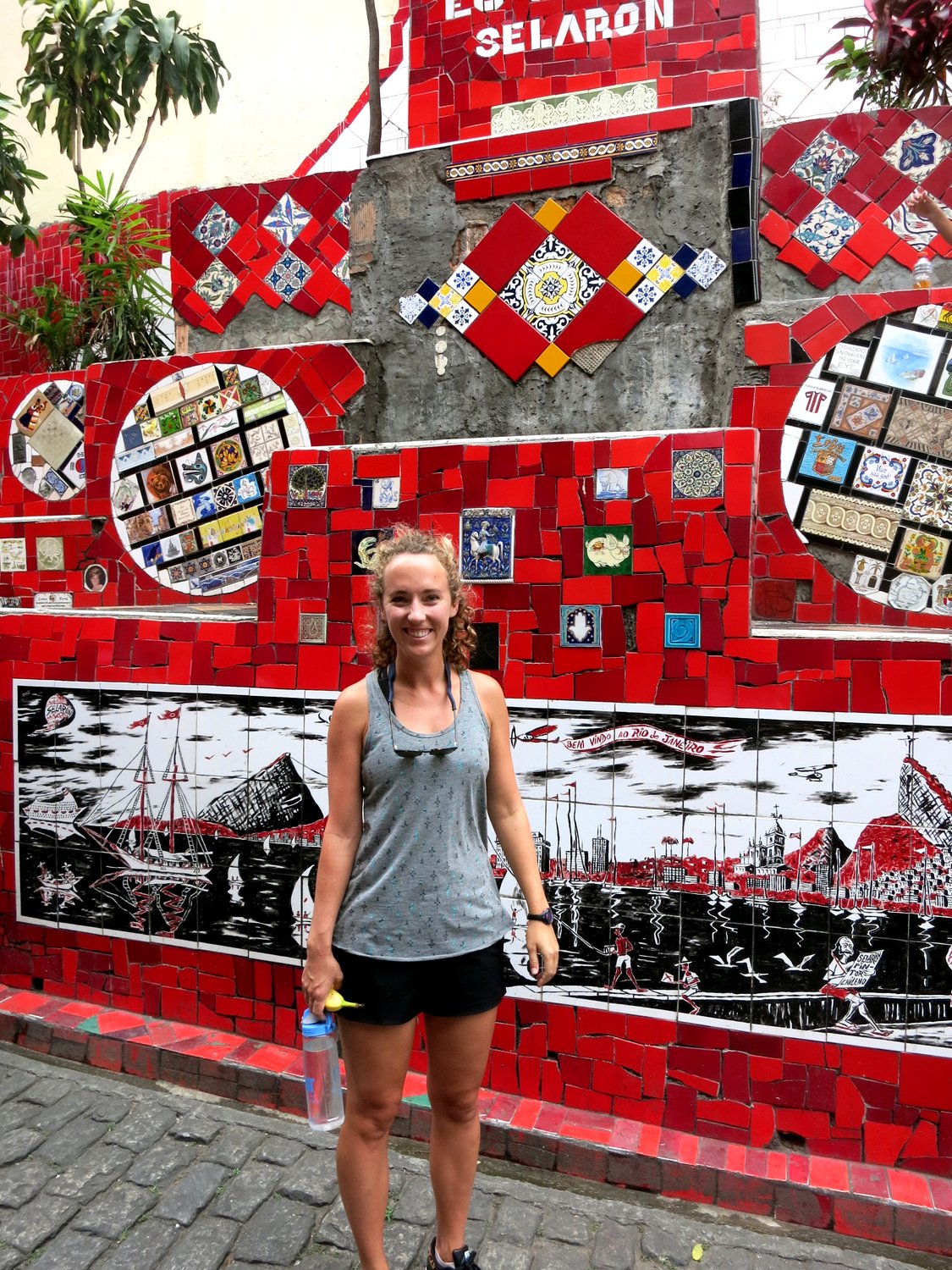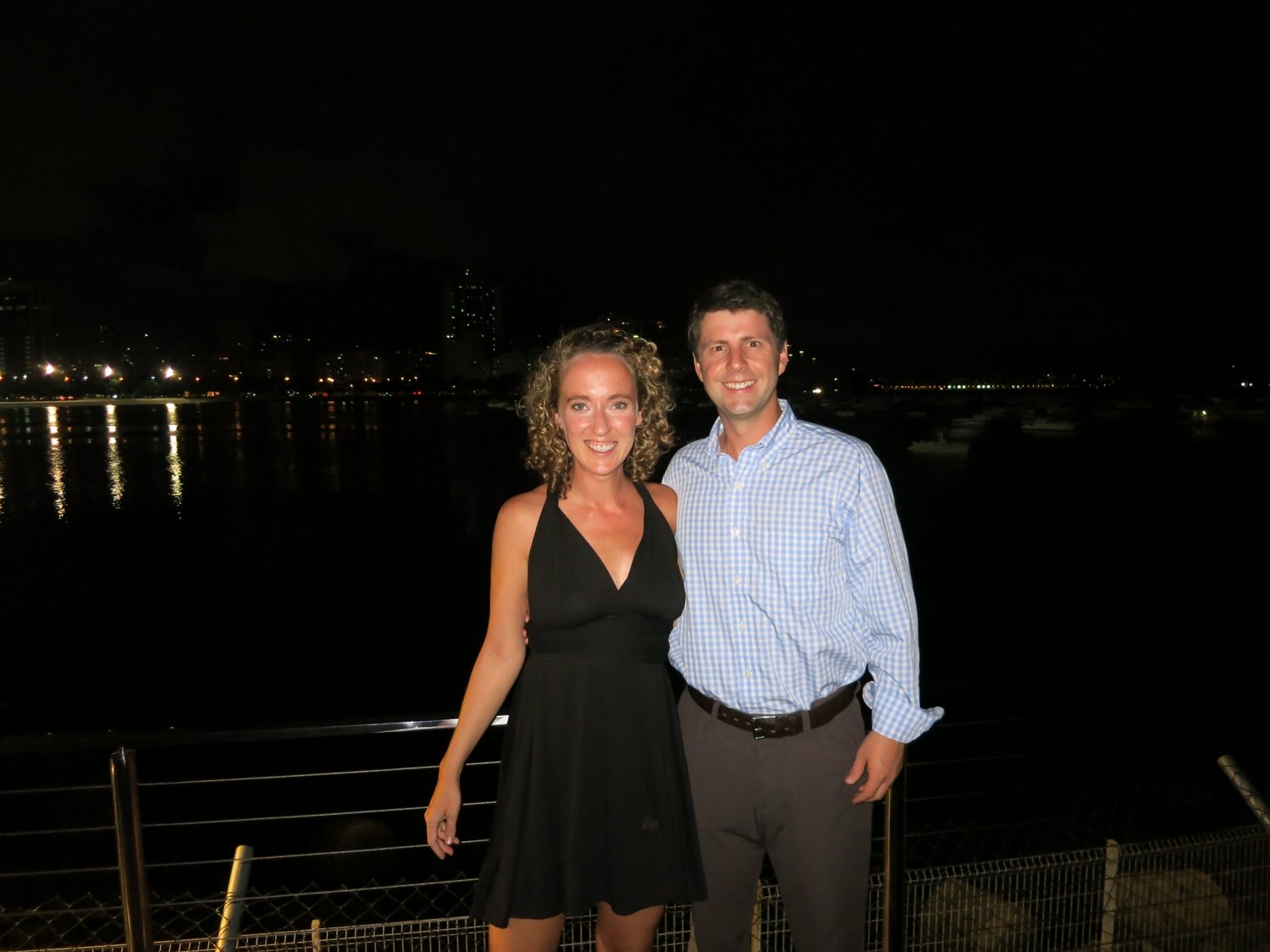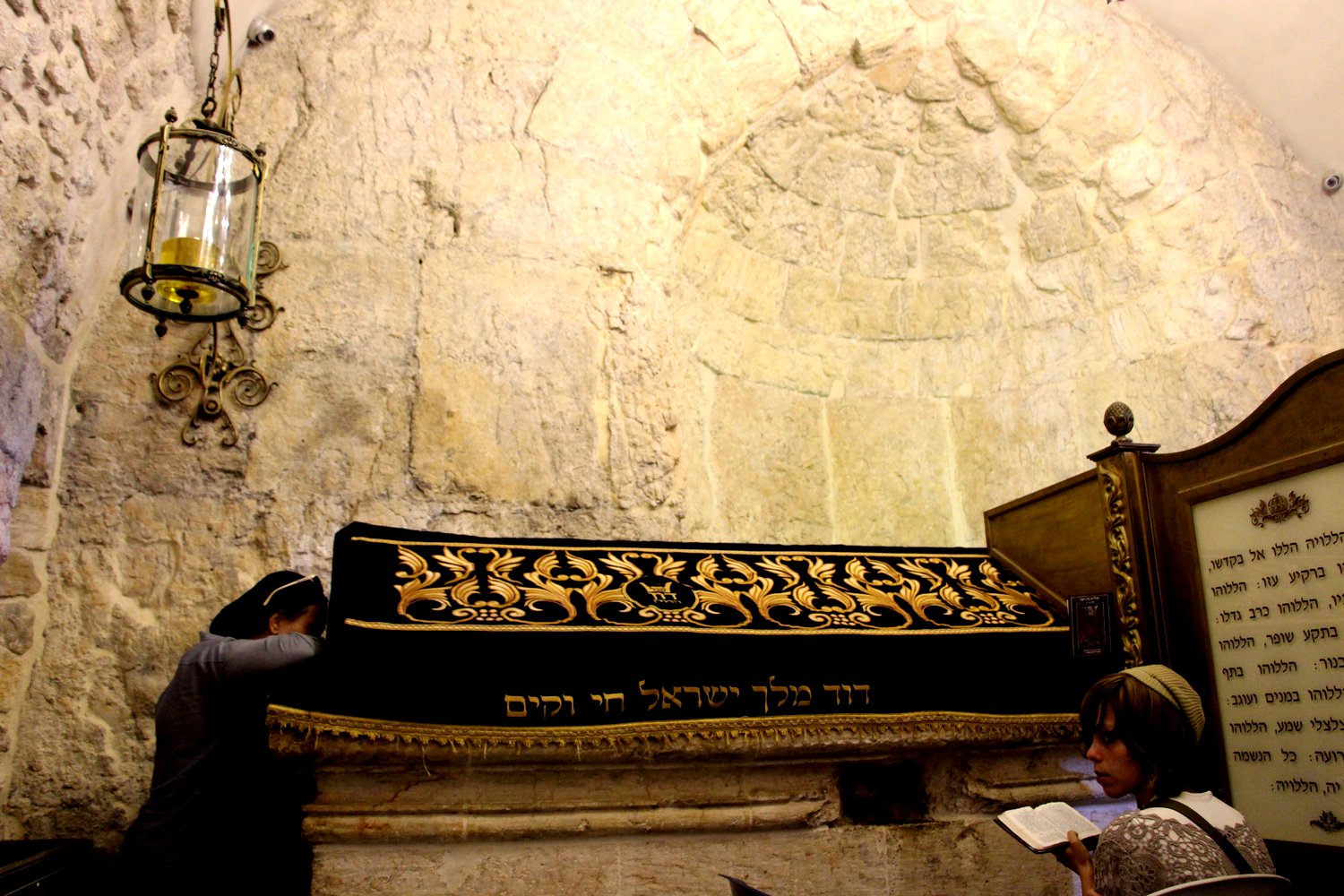The Best of Vietnam
Vietnam is absolutely one of our favorite places on our trip around the world. It was a quick visit, but full of amazing sights, welcoming people, and some of the best food in the world.
The food. We have to start there because it was the star of the show. Vietnamese food is some of the healthiest in the world and is celebrated for its use of fresh ingredients. The food is governed by the need for balance between all five fundamental tastes: spicy, sweet, bitter, salty, and sour. Additionally they try to balance textures of crunchy, silky, fried, steamed, soup and salad. AND use the freshest ingredients possible. Yes, please, thank you. Each street food vendor makes one specialty; they slow cook it all day to blend the broth and herbs to perfection. Plus, Vietnam was a French colony and that influence seeped into these Asian dishes. We ate it up (see what I did there? I’m very clever...).
And done.
We started in the capital of Hanoi, the heartbeat of Vietnam. The city bursts with raw energy. Despite coming from the Philippines, Hanoi is the first place we felt we were in Southeast Asia. Cone hats included.
A crazy 4 million motorbikes swarm the streets and there are very few streetlights. Yes, it’s as insane as you think. To cross the street, you literally walk out into traffic and everyone simply moves around you. The system works, so long as you don’t balk and no matter how scary you keep walking. Yikes.
We stayed in one of our favorite budget hotels of the trip the Paradise Boutique Hotel—very clean, convenient, and some of the nicest and most helpful people we encountered. It was also located in the heart of Old Quarter, a neighborhood that packs its narrow streets with architecture, chaos, and all of the quintessential sights of SE Asia.
Our favorite sights won’t surprise you, especially this first one. The Temple of Literature is beautifully designed garden and temple. While it wasn’t overflowing with books as Blakely hoped, it provided a beautiful garden walk (and some hilarious people watching). The temple is dedicated to Confucius and honors Vietnam’s finest scholars.
Unclear.
Hoan Kiem Lake is a beautiful and peaceful walk, with banks full of people from every age group exercising and also temples floating the lake’s center. Close by is Bach Ma Temple, which is believed to be the oldest temple in the city. Also near is the Hoa Lo Prison Museum, where US prisoners of war were held during the war. It’s remarkable that we could peacefully and safely walk the streets where conflict reined so recently.
Of course you must walk by Ho Chi Minh Mausoleum, if to only fully realize how different Vietnam is to home. The complex is incredibly important to the Vietnamese who come to pay their respects to the man who liberated Vietnam from French colonialism and founded the communist party. He also led the Vietnamese opposition of the US in the Vietnam war. The mausoleum is closed once a year when Ho Chi Minh’s embalmed body is sent to Russia for maintenance. Yuck.
Counterbalance the mausoleum with the Fine Arts Museum, which is very well done and a great introduction into Vietnamese art.
We moved on from Hanoi to a highlight: Halong Bay. A fabulous surprise awaited: We were the only two people who signed up for our cruise, so we had the entire boat to ourselves! And we fully lived it up. The staff was unbelievably accommodating, the rooms were gorgeous, and the Bay constantly amazed. Between the cooking class, squid fishing, cave tour, kayaking the bay, and tai chi, we were kept very entertained!
On the way back from Halong Bay we stopped at an art exhibit that was incredibly special. The program is set up by the government to provide opportunity to people with disabilities. They produce some of the coolest artwork we’d seen and it was refreshing to see a government program so beautifully done.
After Halong Bay we flew to Hoi An. What a fabulous city. Dubbed Vietnam's "most civilized town," it is bursting with life and oozing with charm. Hoi An was an important port until the Vietnamese moved the port down river. When they relocated the port, the town died and the inhabitants left gorgeous architecture in peace until recently when tourism fired up interest again. The result is a very well preserved colonial town that was a Downs delight.
We took a cooking class/bike tour with Ms. Vy where we traveled to the local market and then to a farm to see how the food is gathered before we cooked it. We had a blast, and besides cooking, were even taught some farming skills!
Our favorite restaurants in Hoi An were two greats: Ms Vy’s Market and Villa Soksan Square. Both were fantastic. They managed to be authentic and foreigner friendly, which made us fall in love with Vietnamese food even more.
Ms. Vy's even educates with traditional food divided into categories. Our favorite was the weird and wonderful (obviously!).
You don't want to know what he's eating.
Our last tourist activity was a MUST-- a day trip to Hue. Hue was Vietnam's capital for 150 years until the 20th century and therefore it holds some of Vietnam's greatest architectural treasures.
Our first stop was a Buddhist temple and an icon of Vietnam: Thien Mu Pagoda. The complex is full of structures and even caves to explore-- the temples exude peace, which is a nice refuge in the bustle of Vietnam.
This photo can't do justice to the magnificent size of the cave-- the Buddha looks tiny but was gigantic!
Next we visited the Imperial Enclosure which is a small royal city within a citadel. It holds the emperor's residence, temples and the main buildings of state. Unfortunately it was very badly bombed during the French and American wars, but those buildings that remain are fascinating.
Dragons and cannons and scowling. So much masculinity in one picture...
Construction of our next stop, the magnificent Khai Dinh Tomb, took 11 years. Because Vietnam was controlled by the French at this time, it is a fascinating blend of Asian and European styles. Even the stone guards in the Honor Courtyard have a mixture of Western and Eastern features. The outside is a dark grey stone, while the inside is bursting with color.
The last thing we did in Vietnam was also the most bizarre—we followed the path well traveled to get custom clothes. We opted for Kimmy Tailor and were set up with two stylists who amazed us with their knowledge on style. The shop had iPads for you to browse options, but the best way order clothes is to pull up your own reference from the internet and have them copy it. It felt odd getting fitted for such glamor wear, but we loved it!
With our bellies and hearts full of Vietnam, we left knowing it would top the list. We pushed back our departure from Hoi An (twice!) but eventually did have to leave. We couldn’t miss the next spot: Cambodia!



